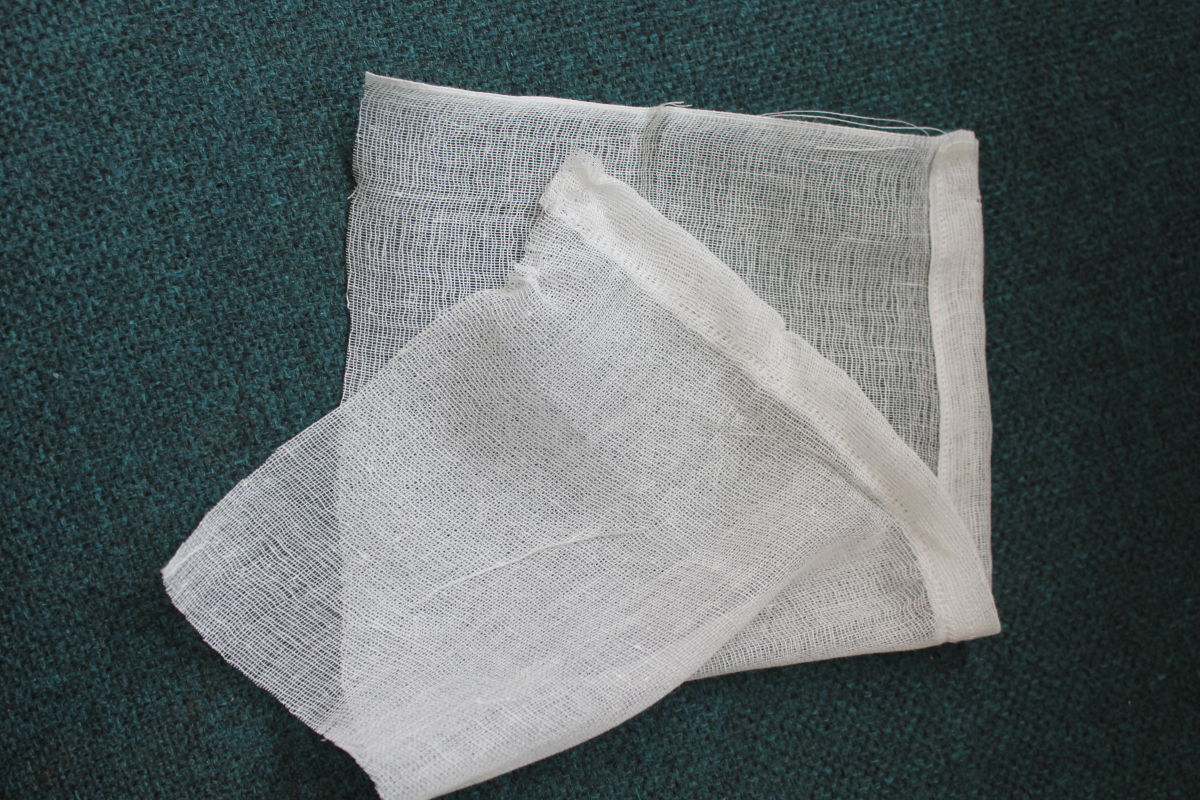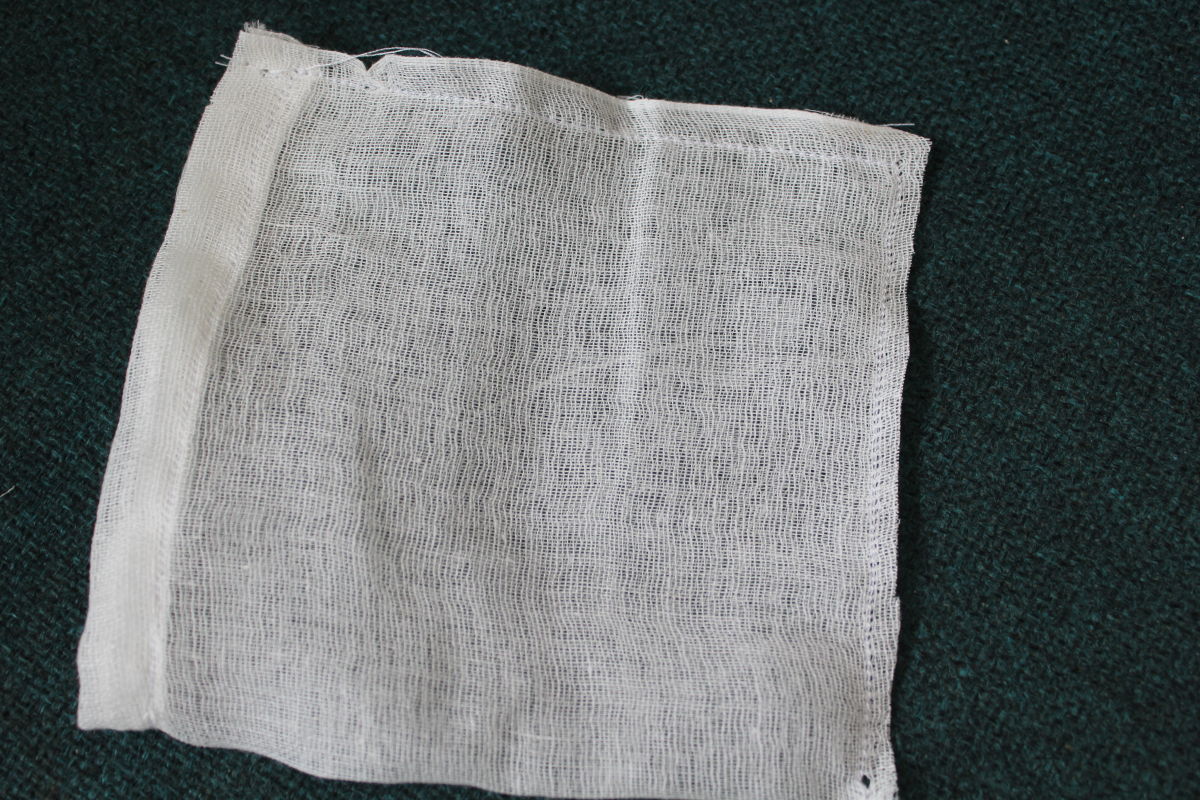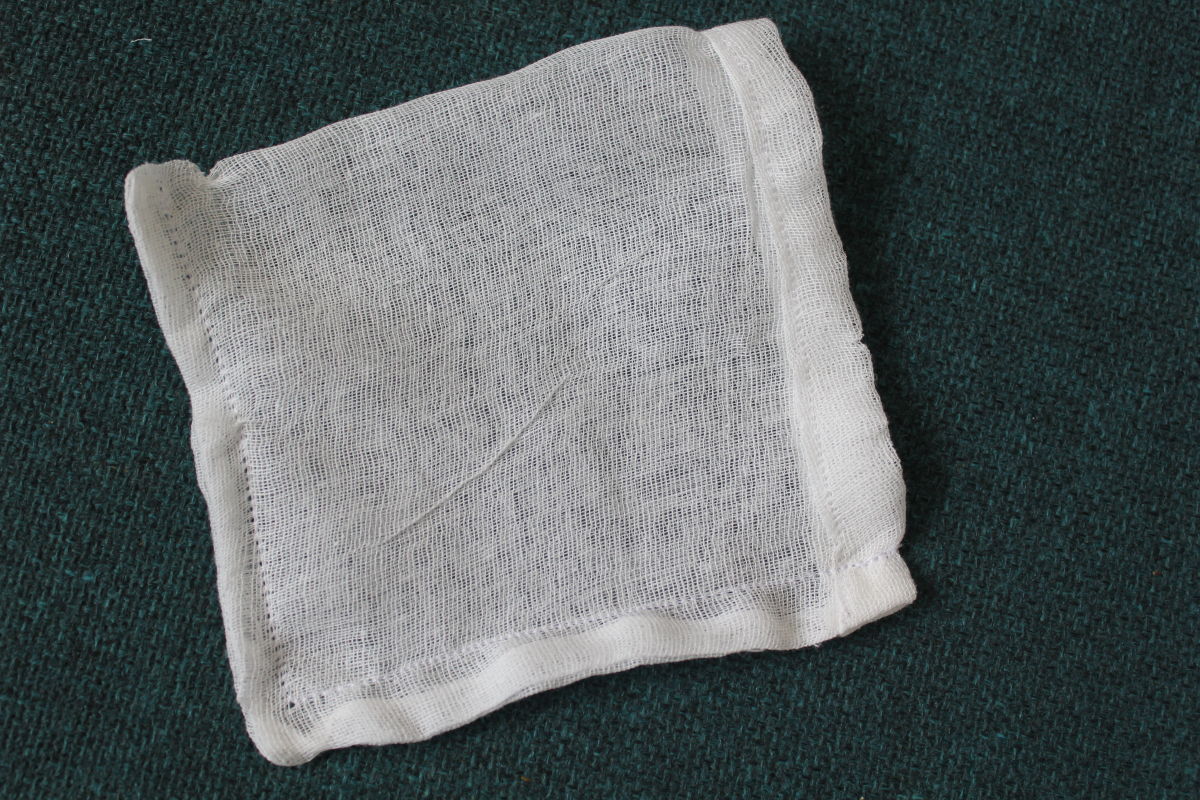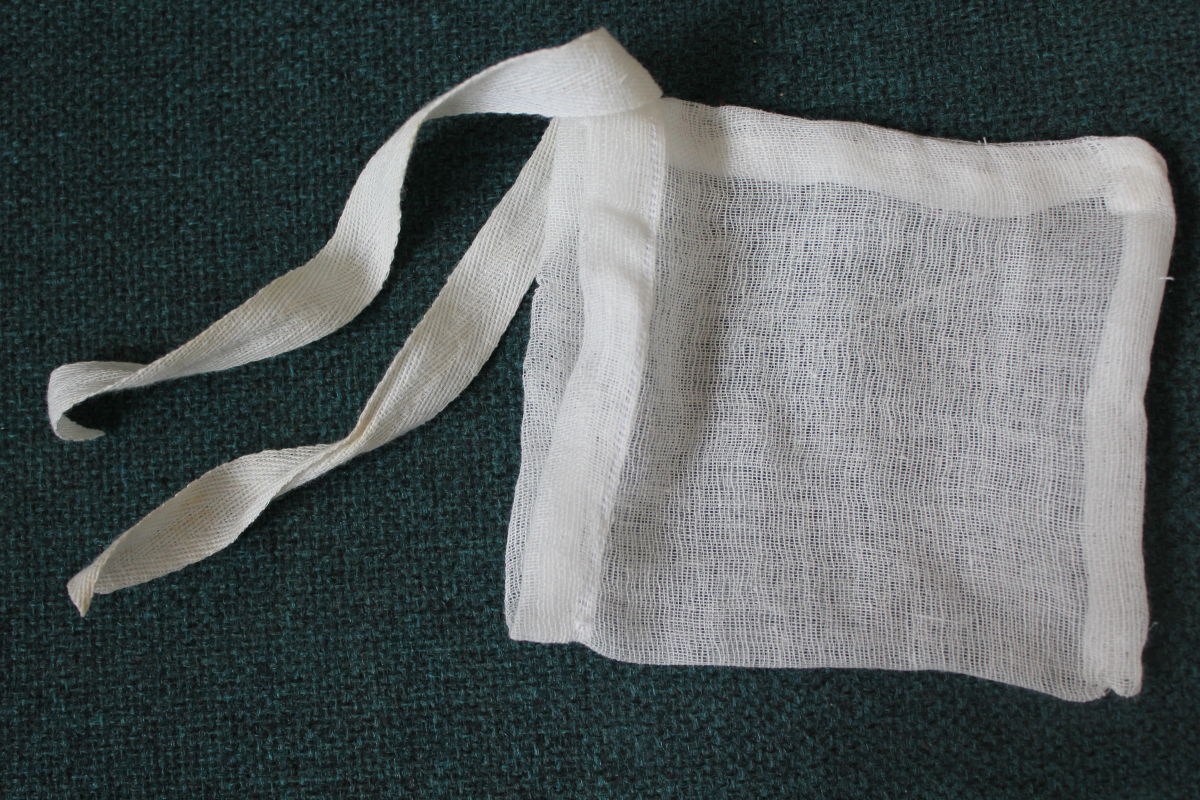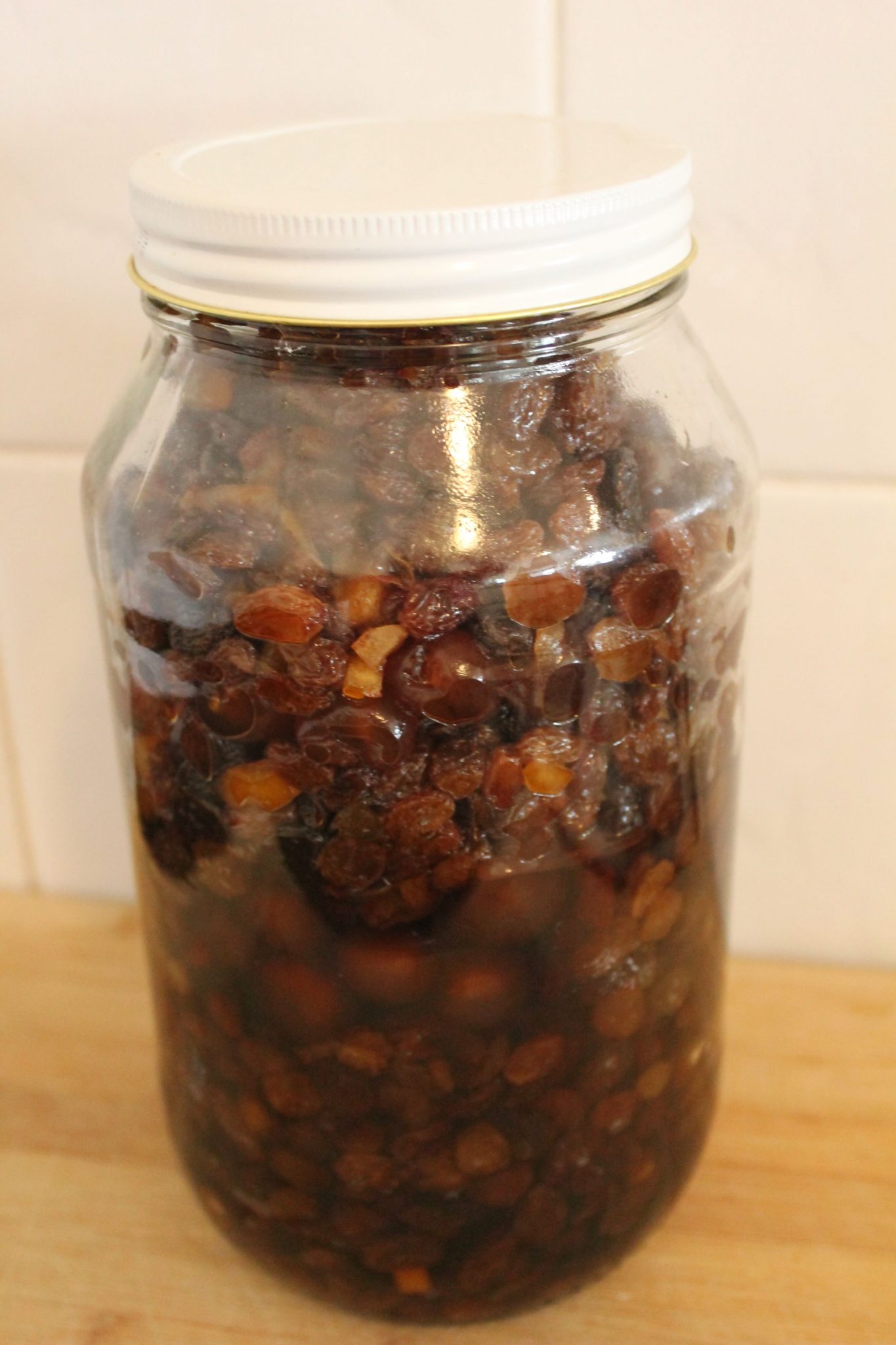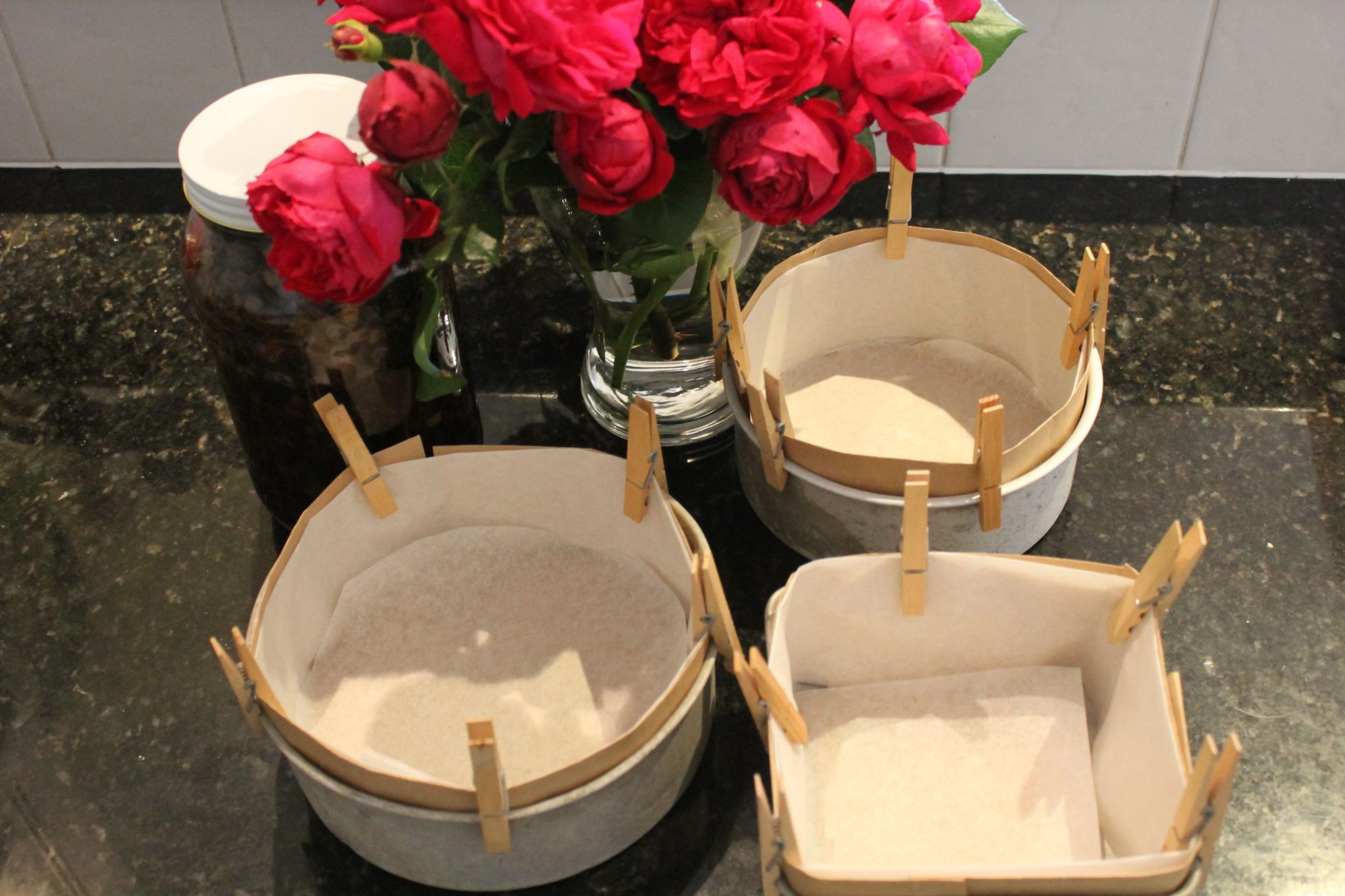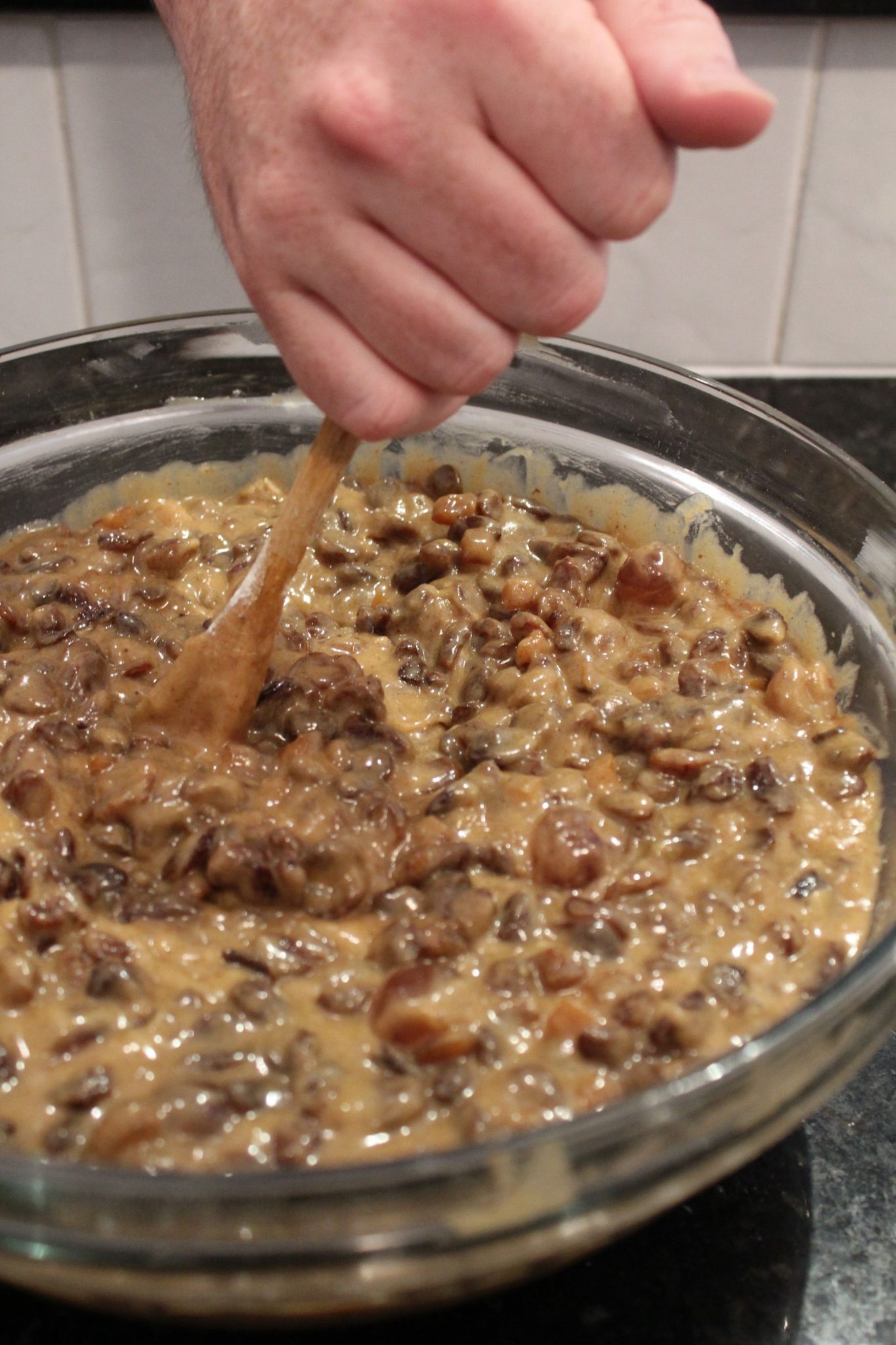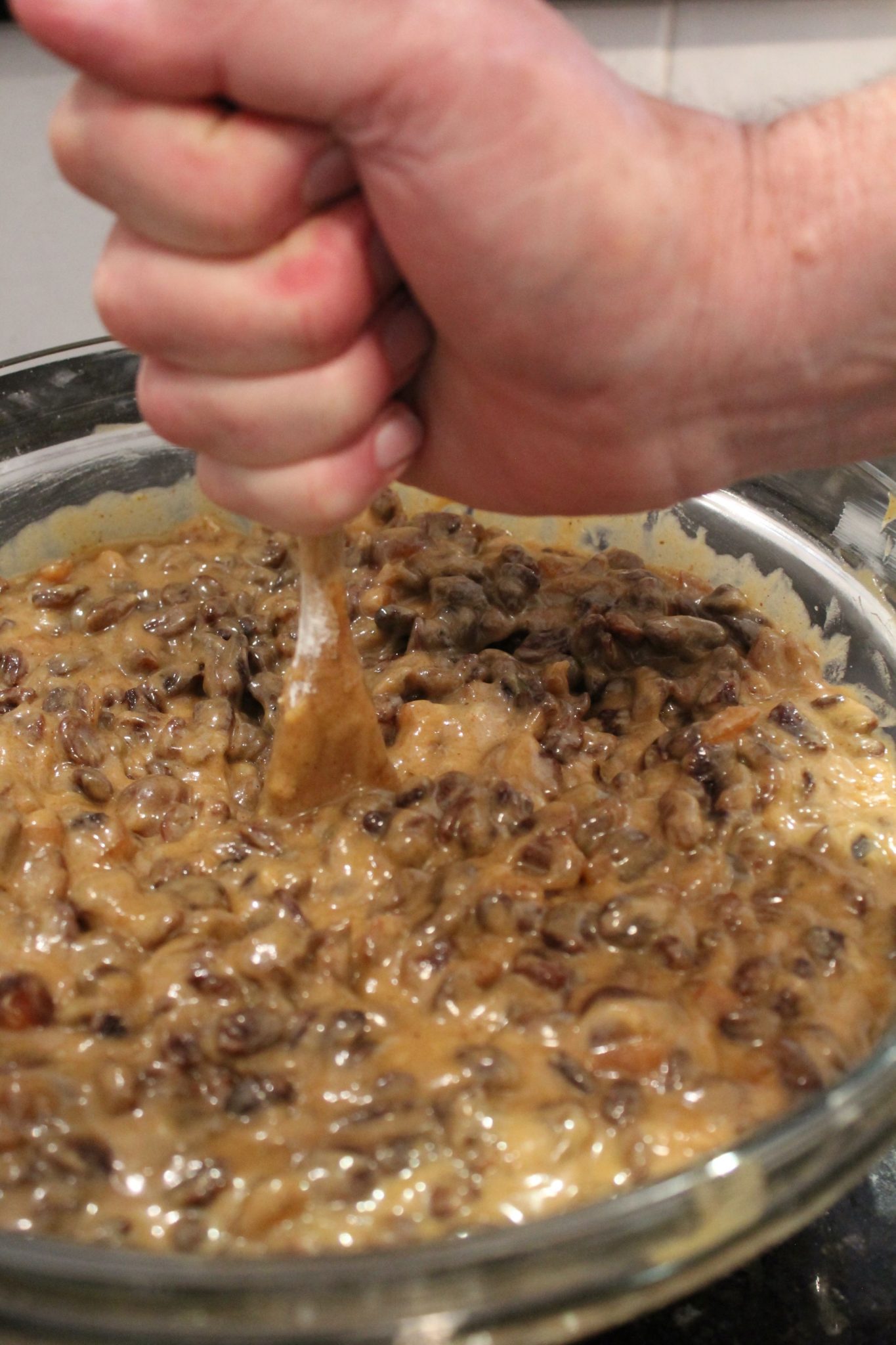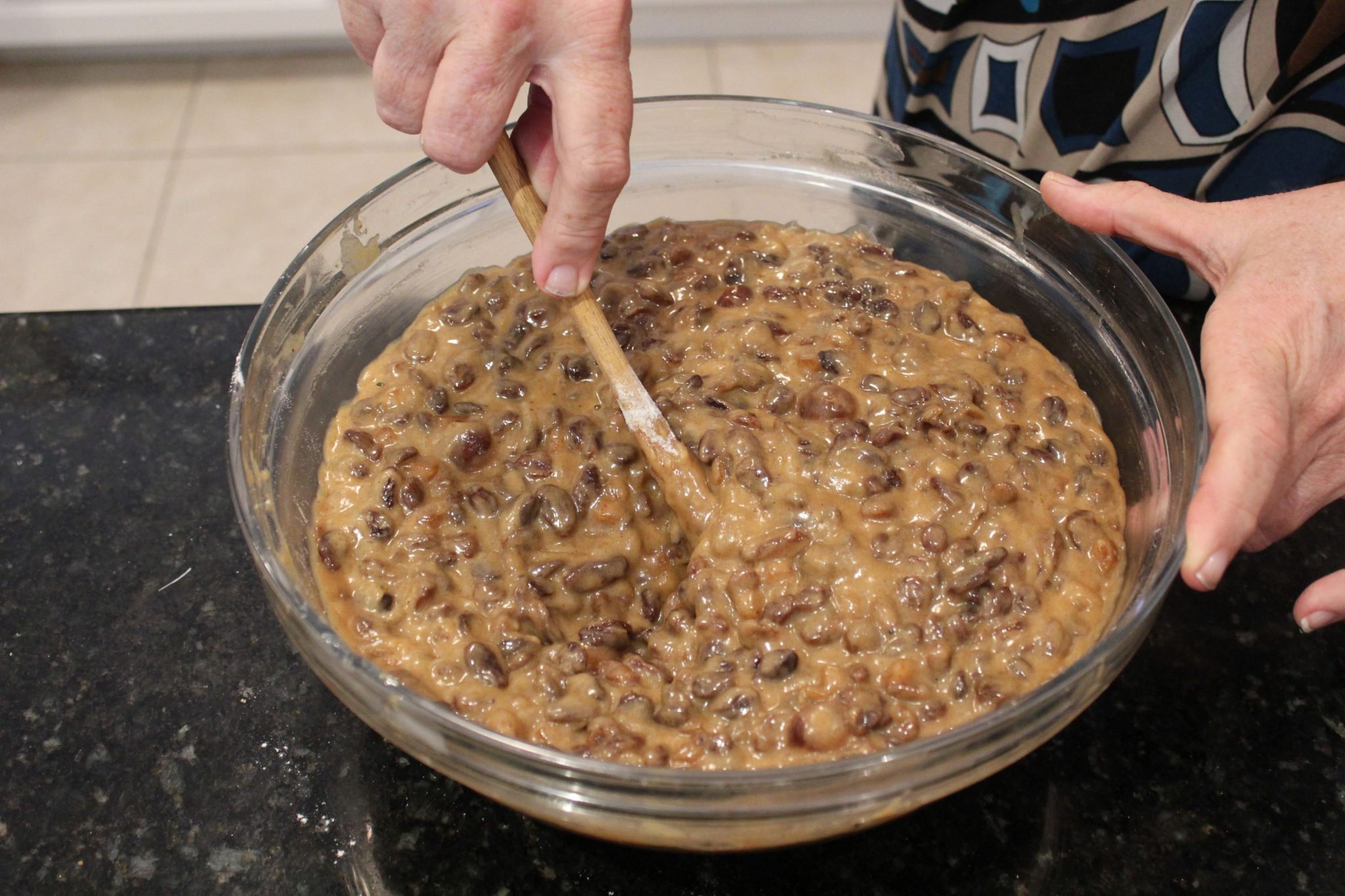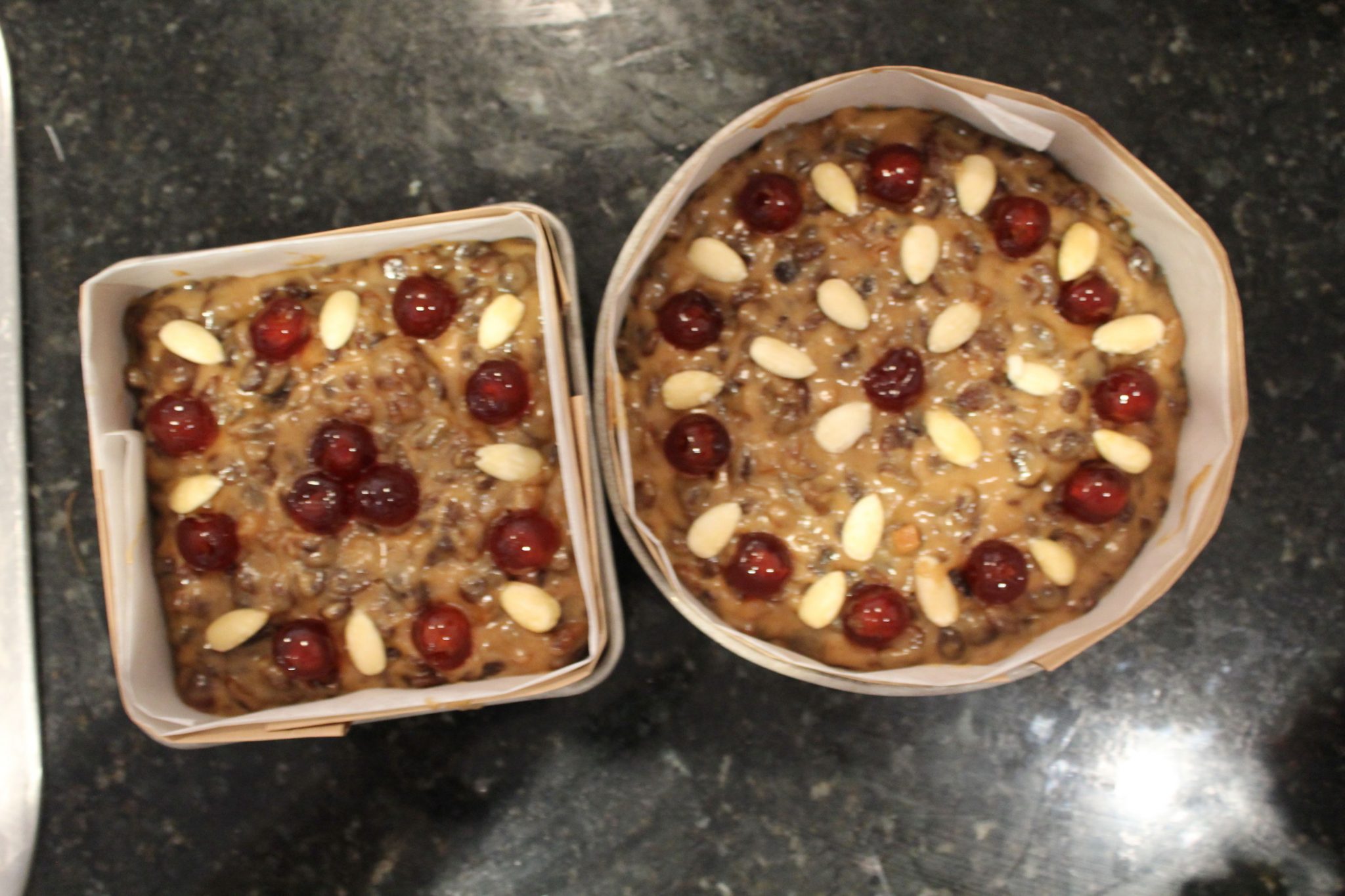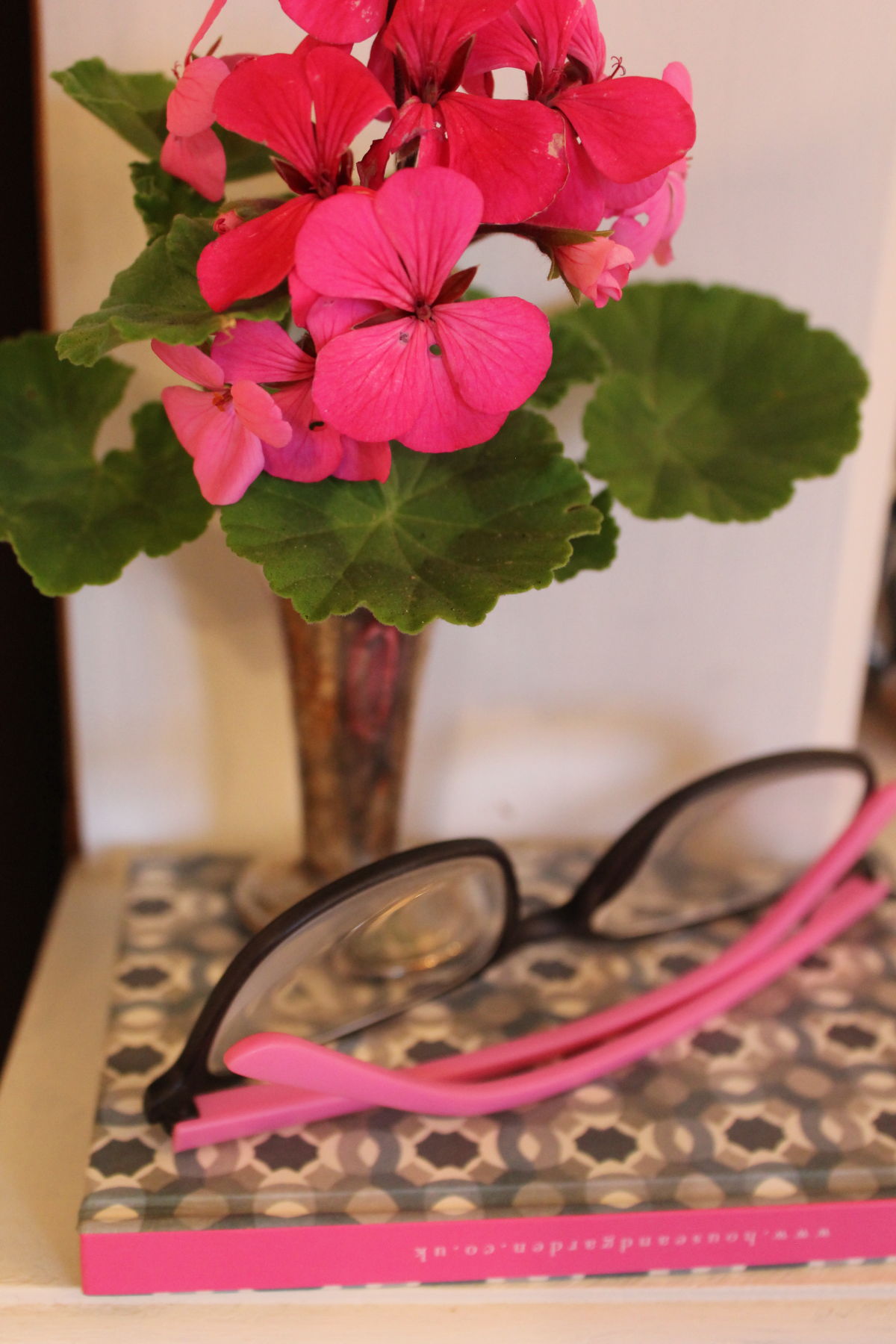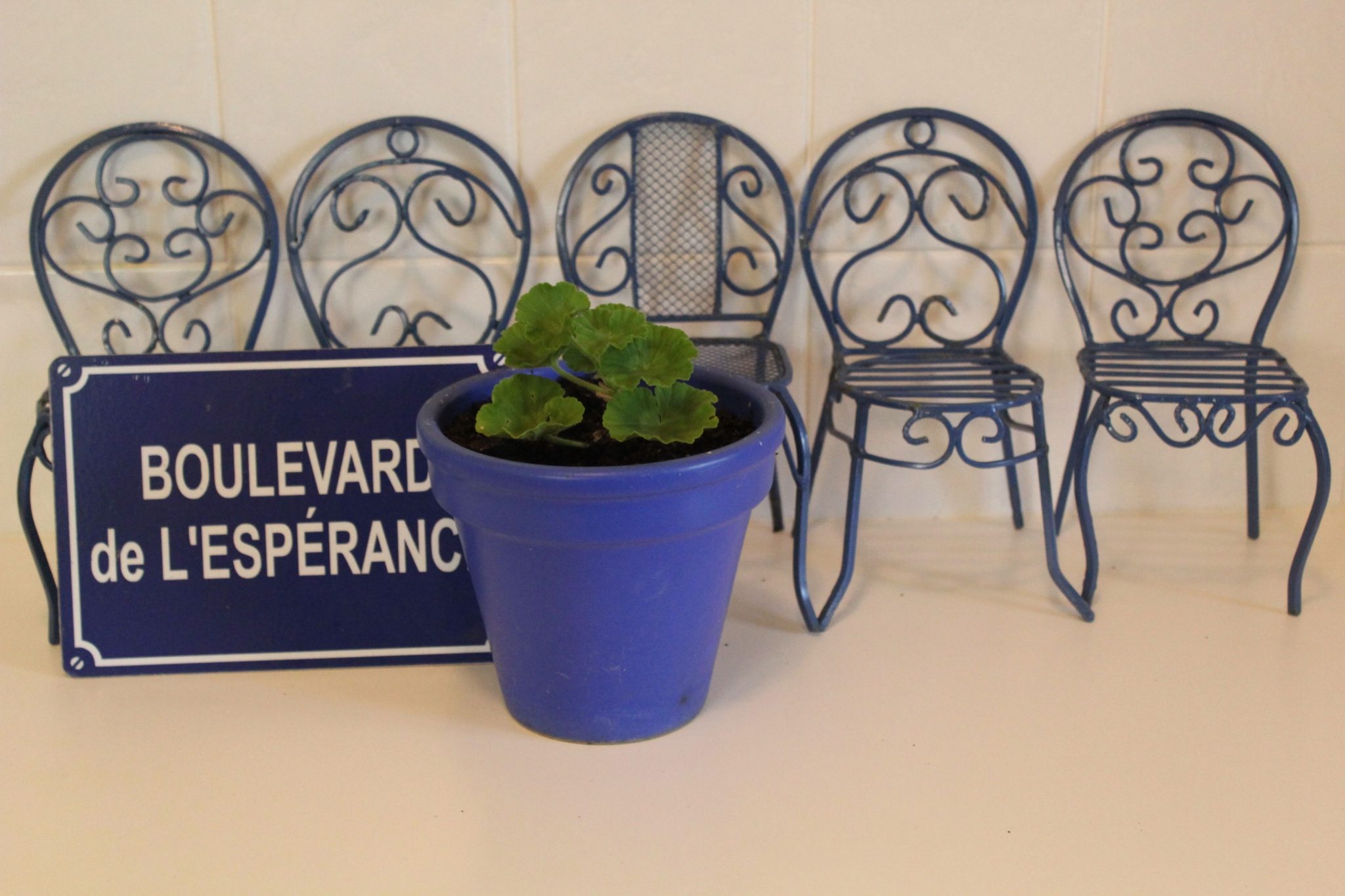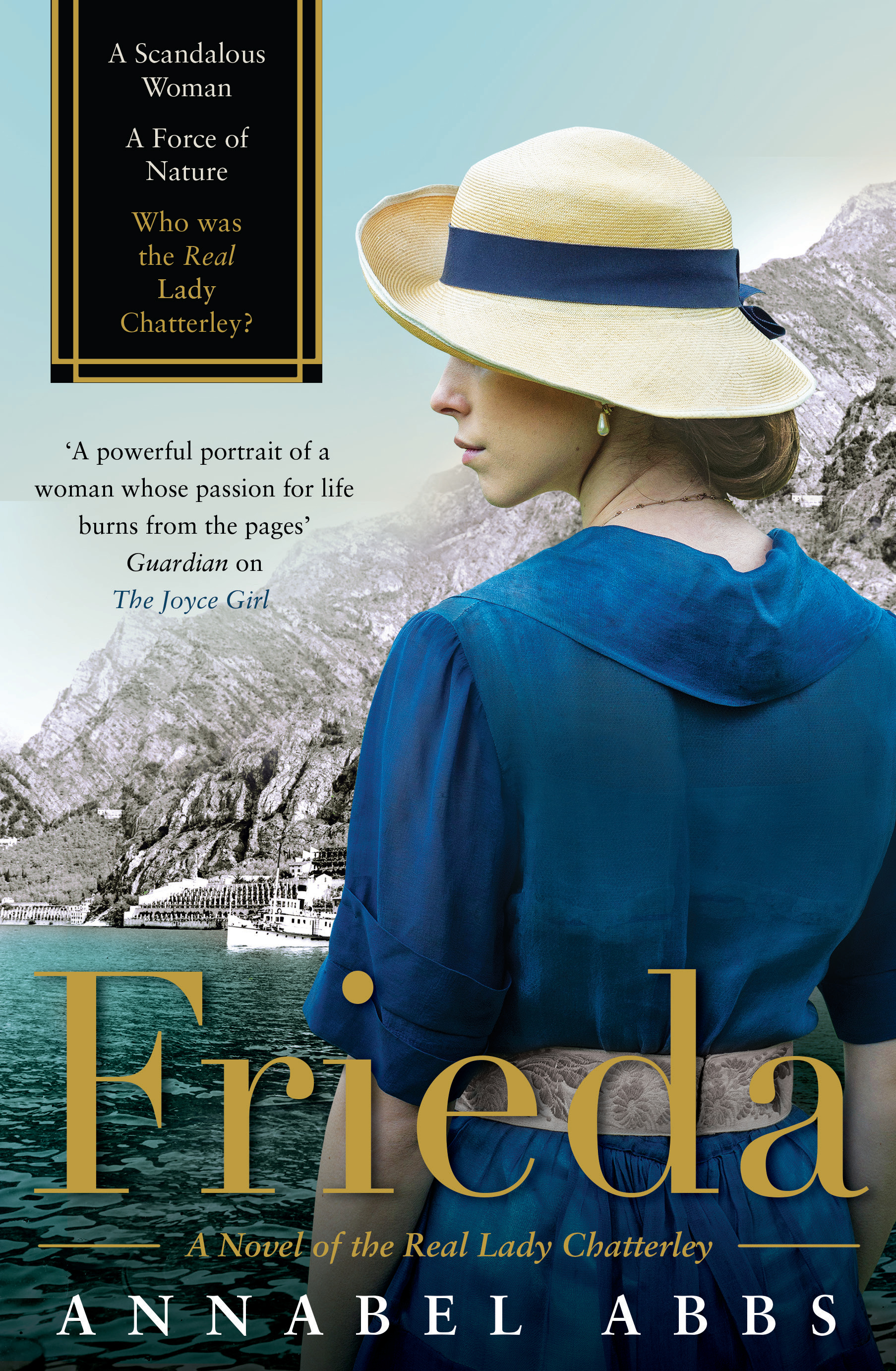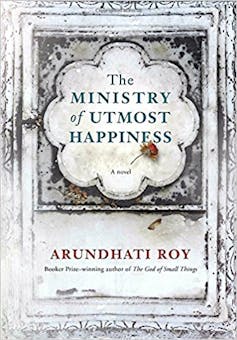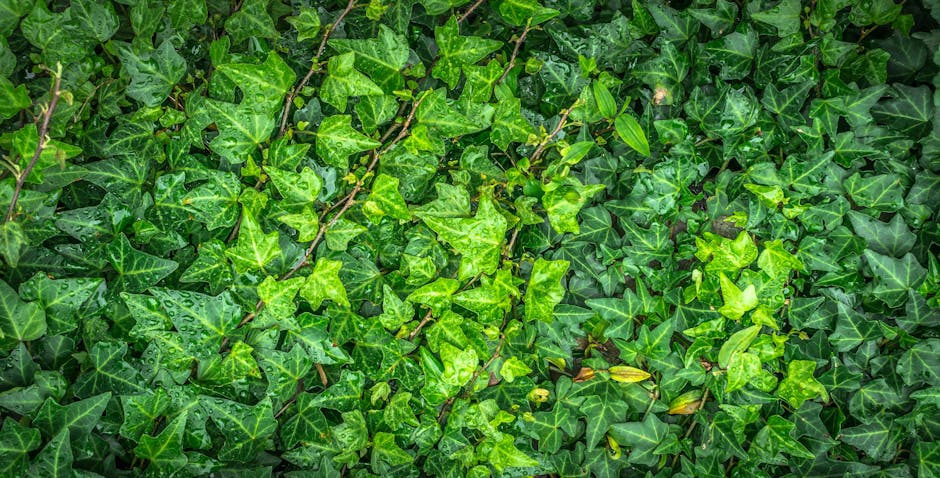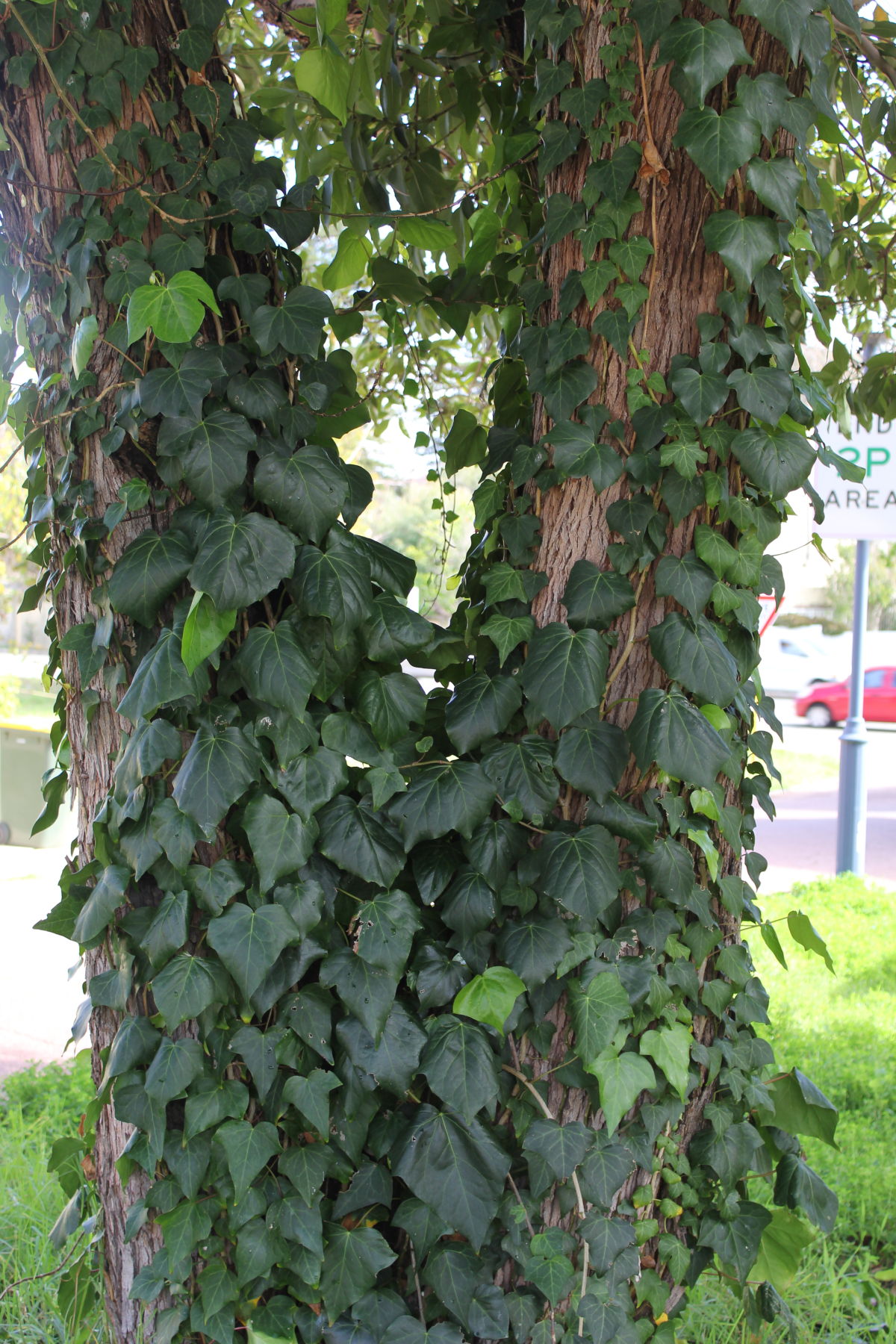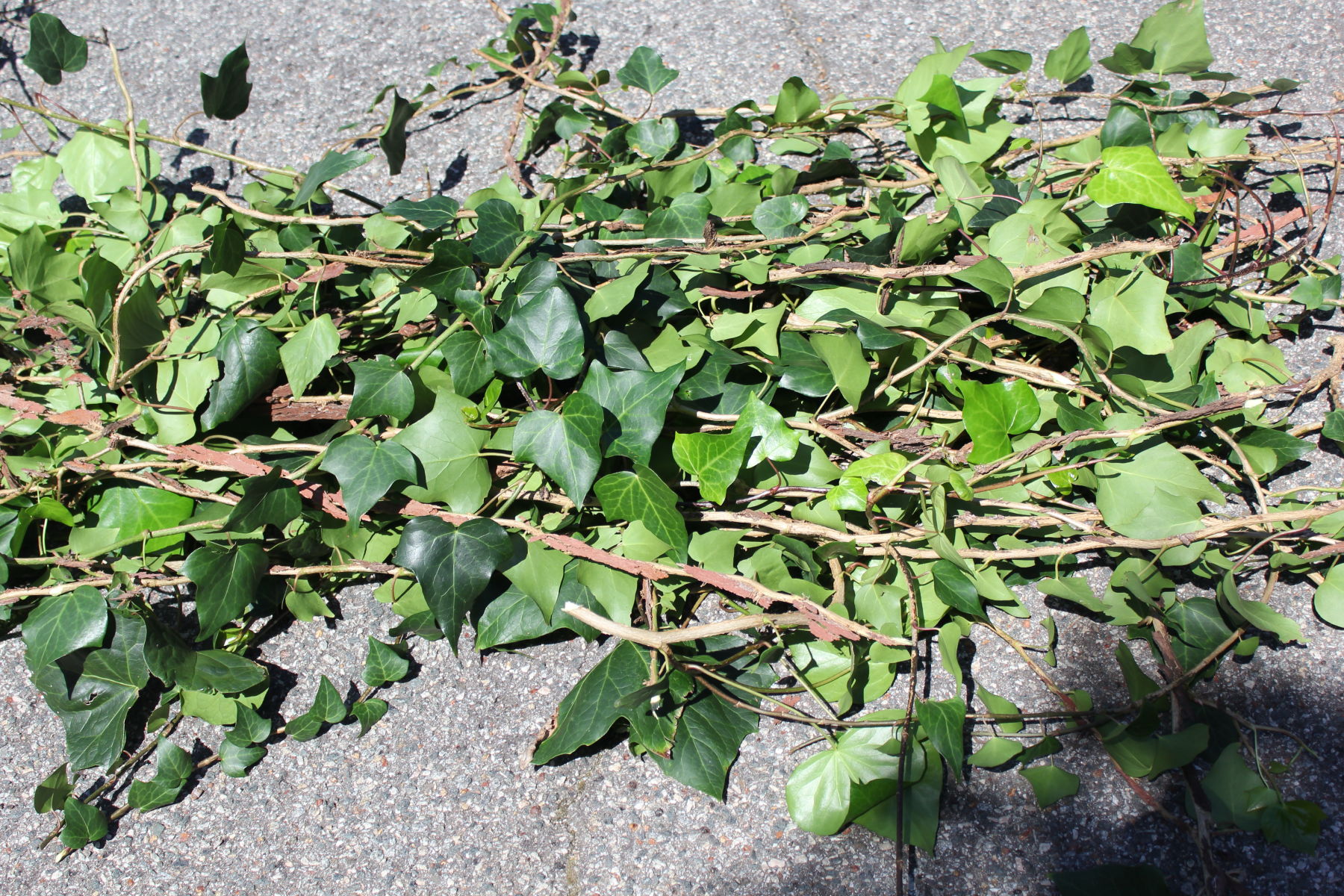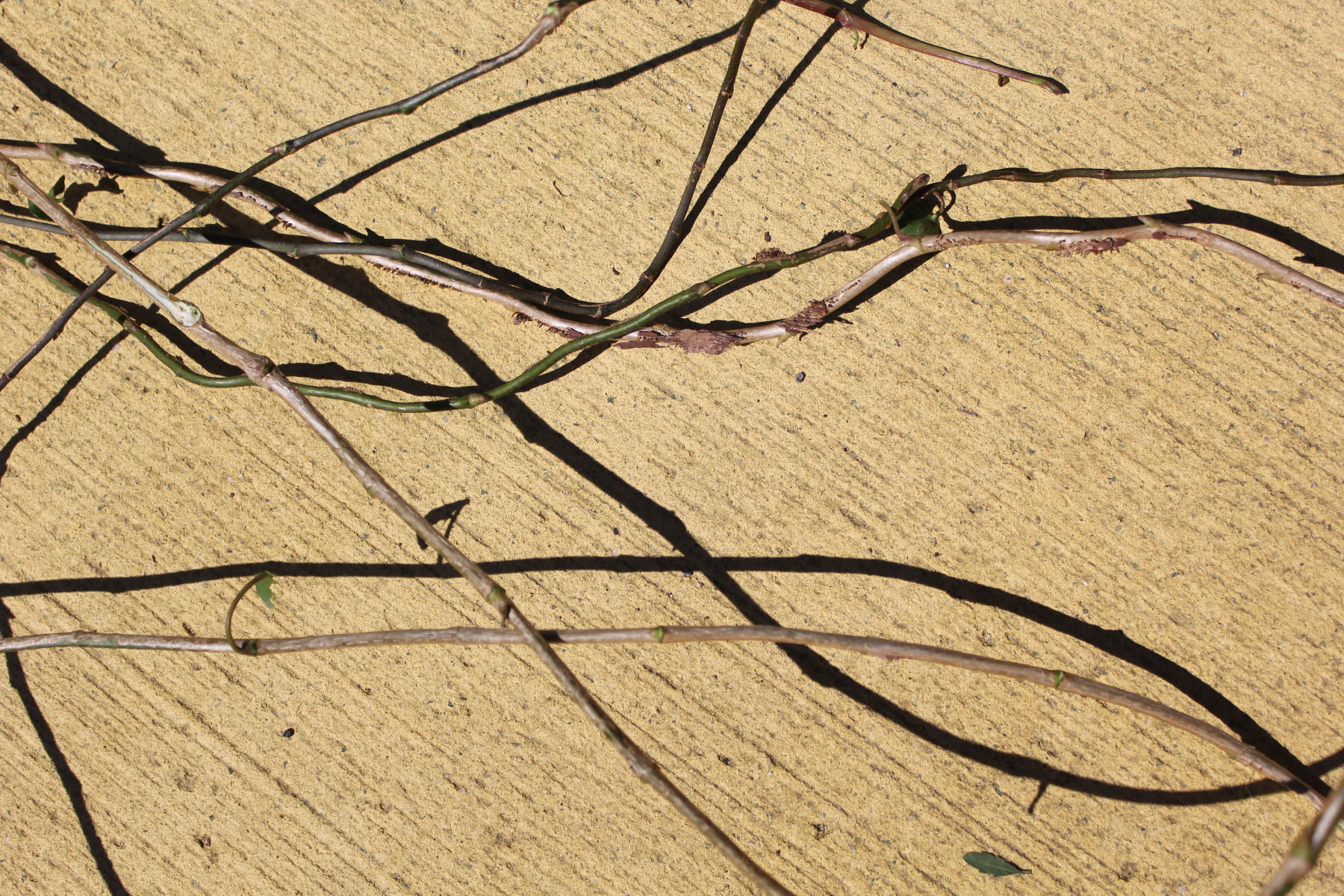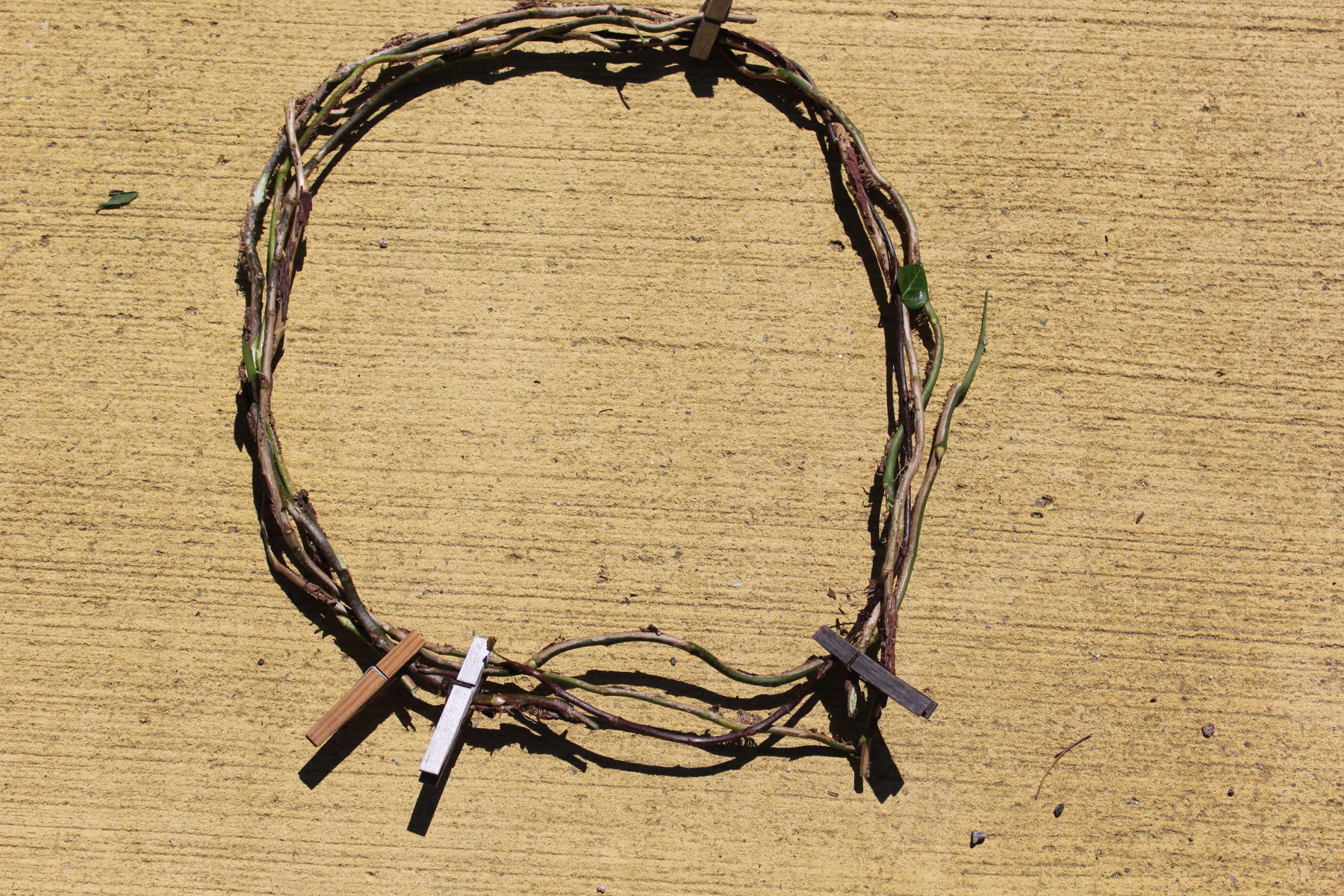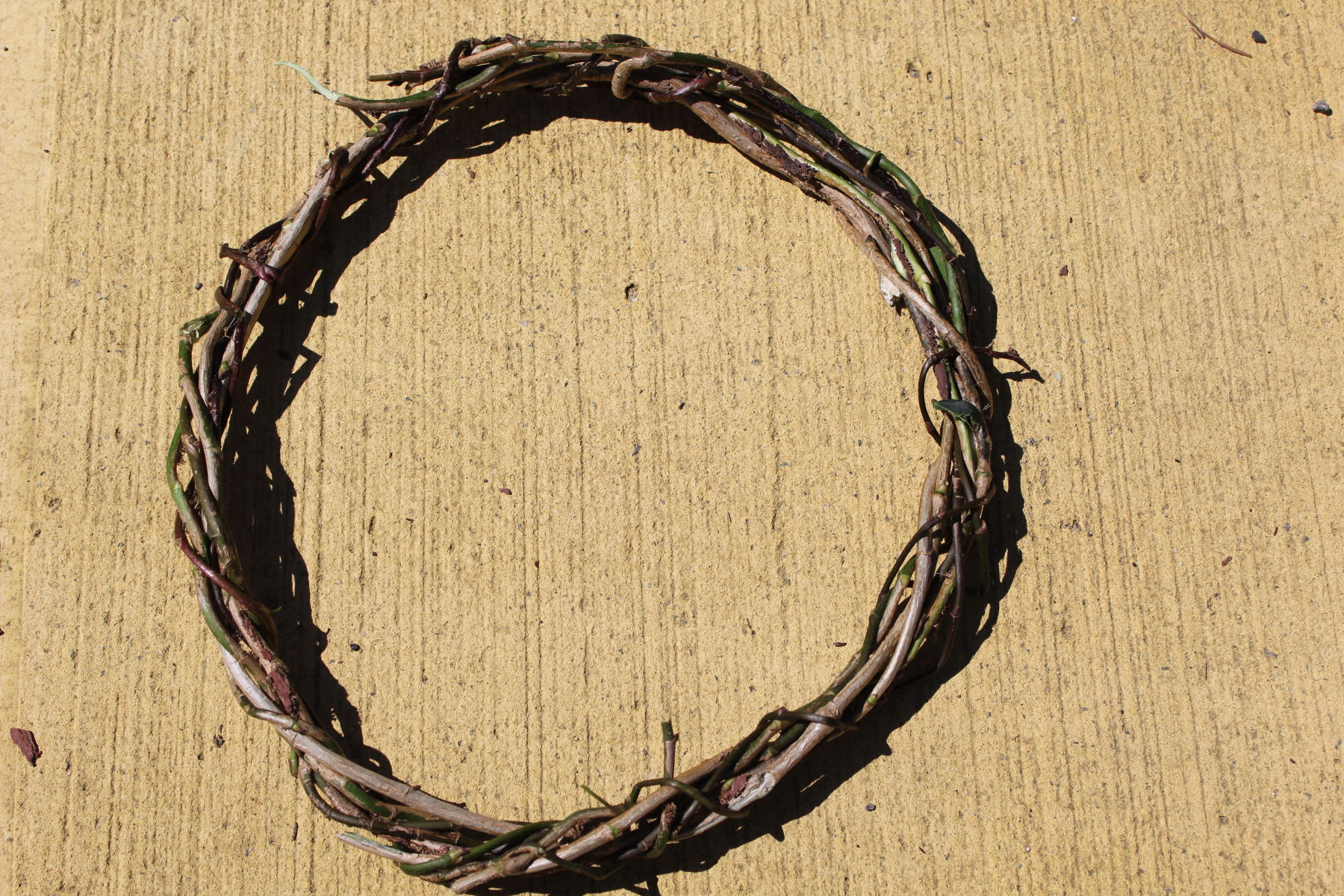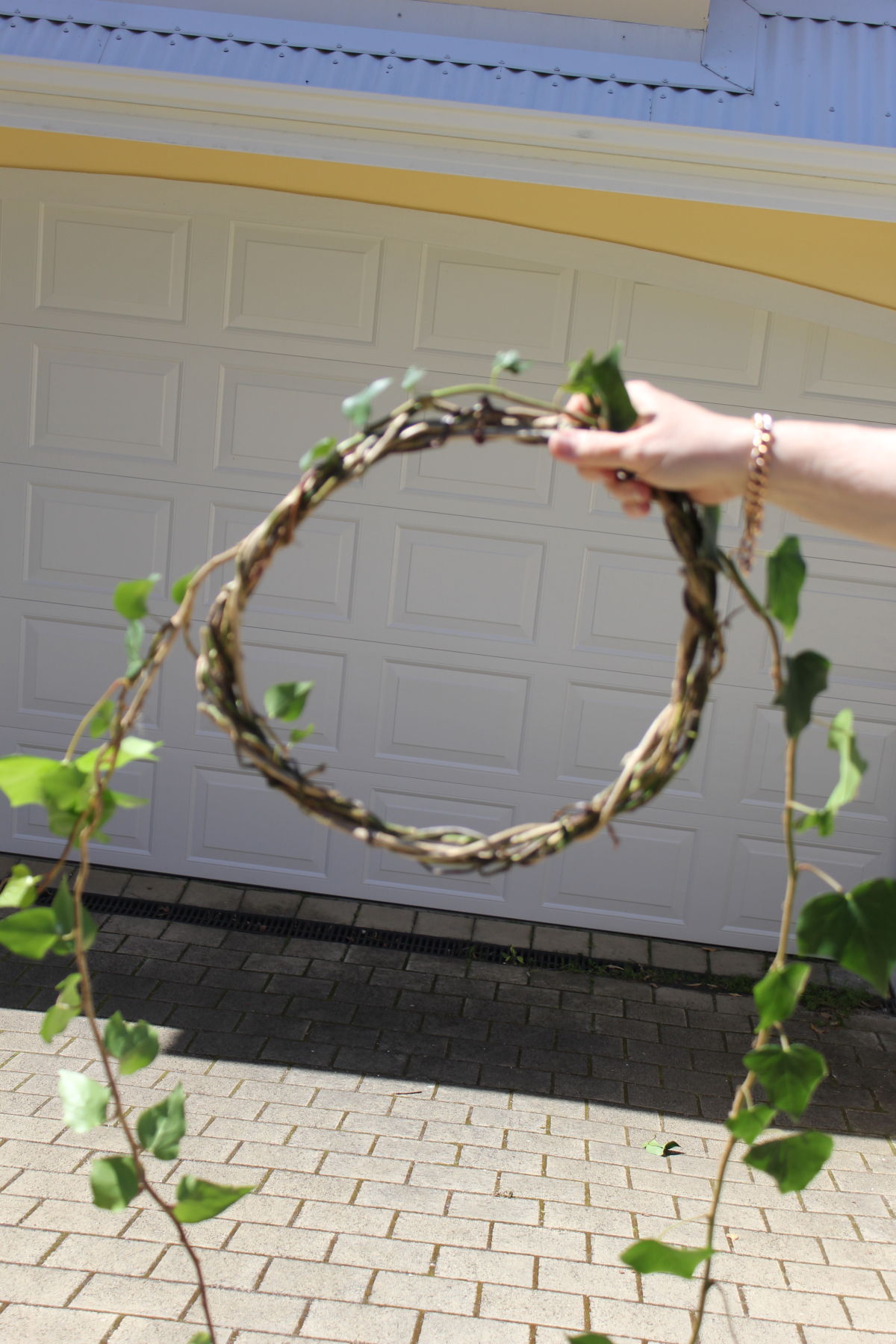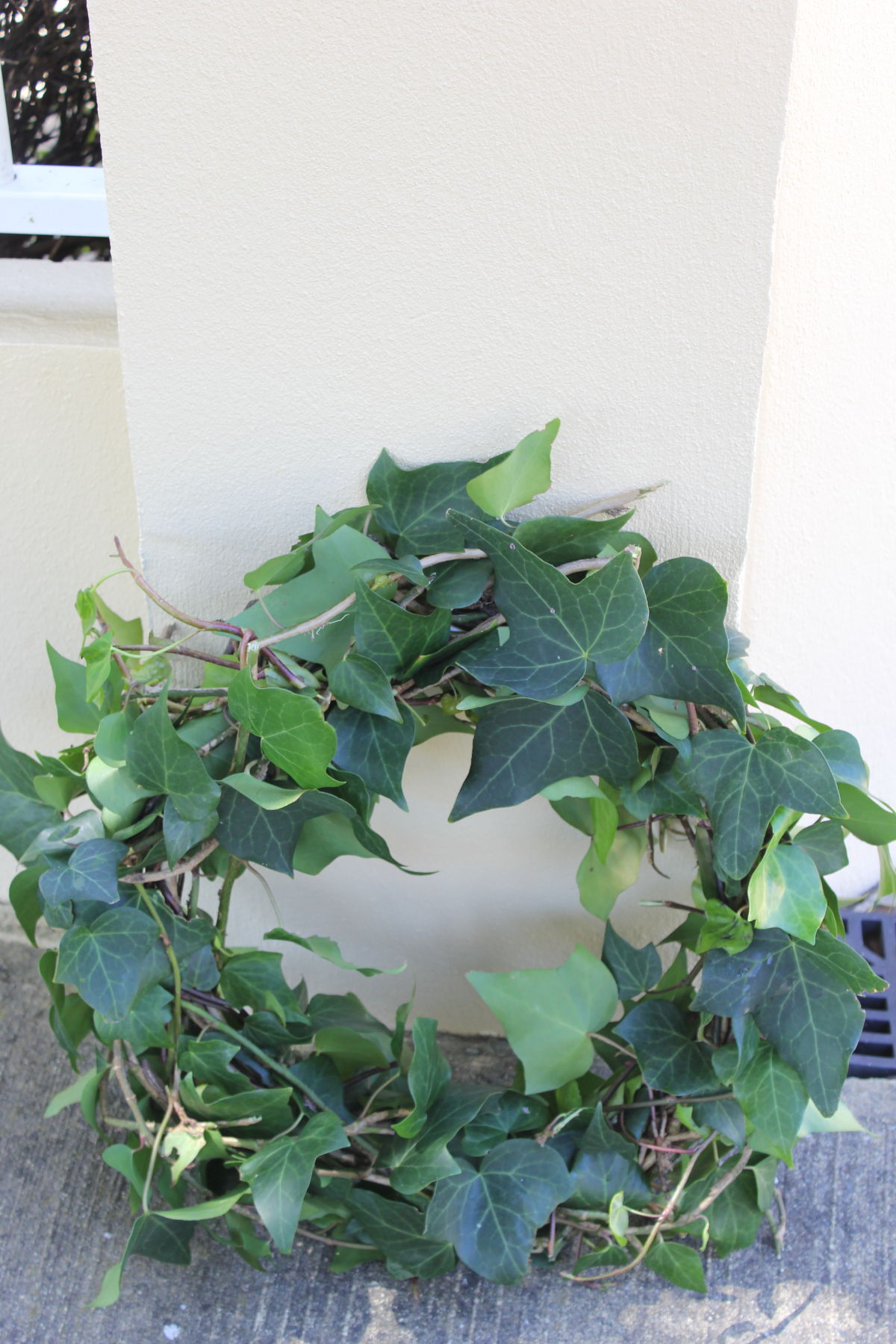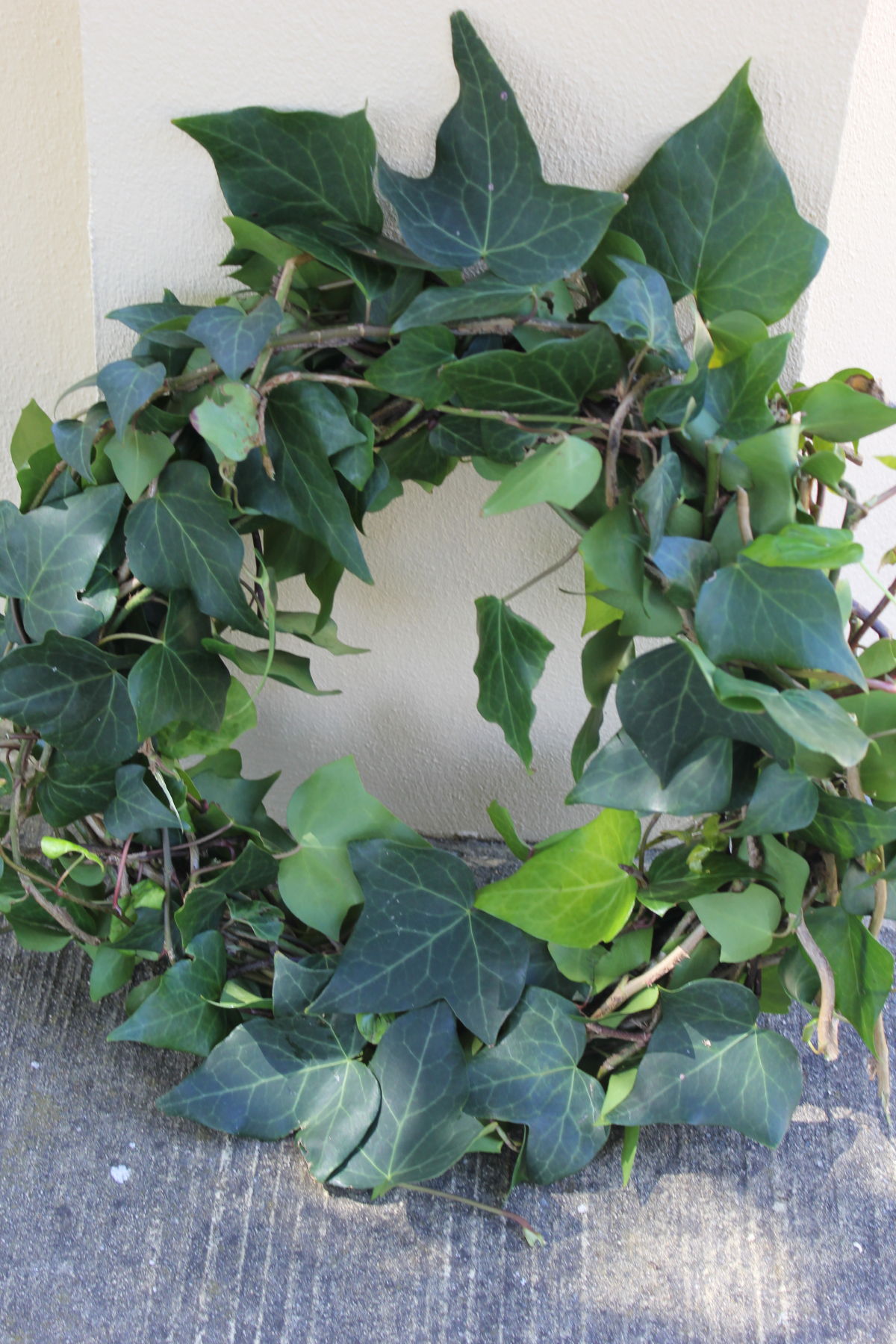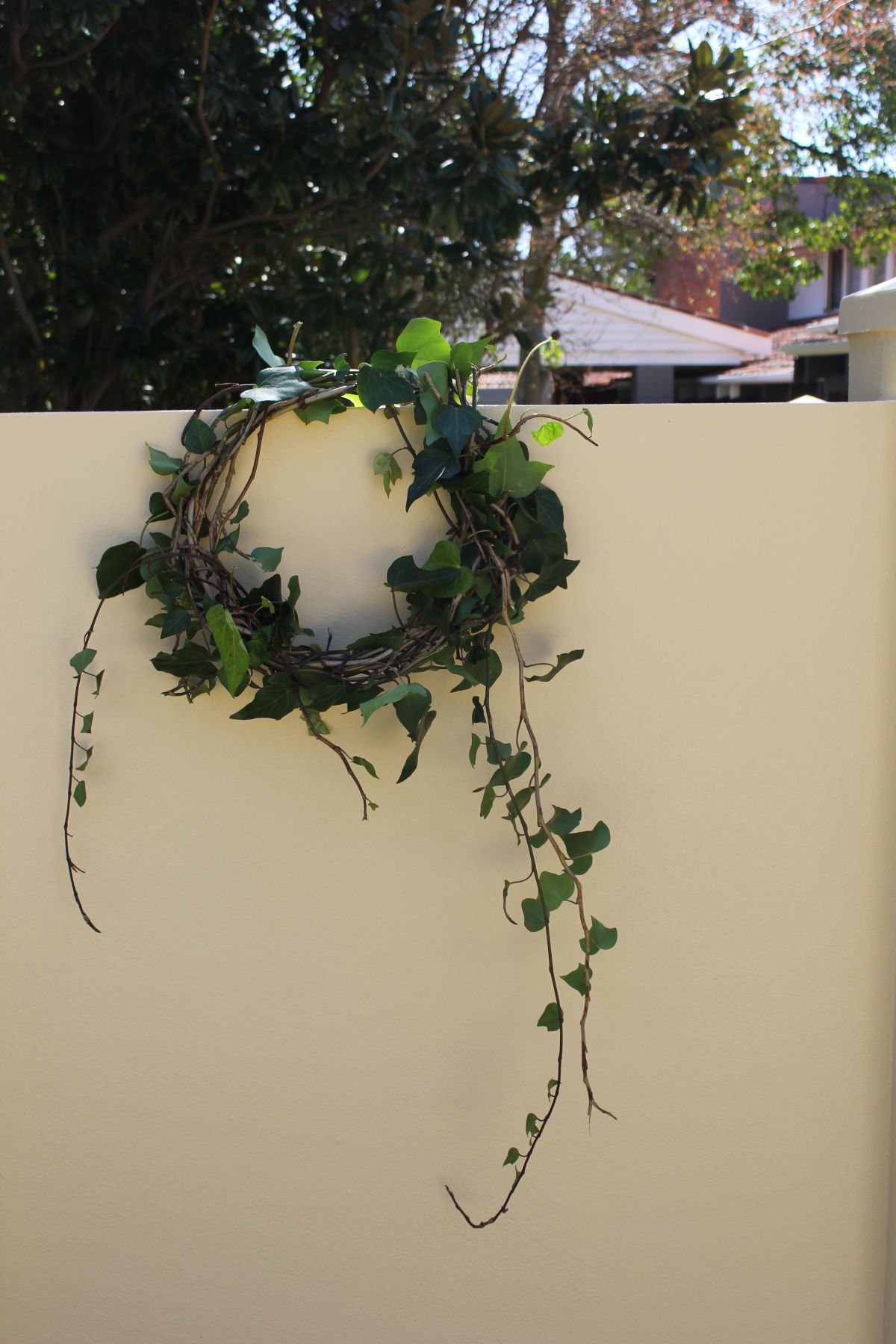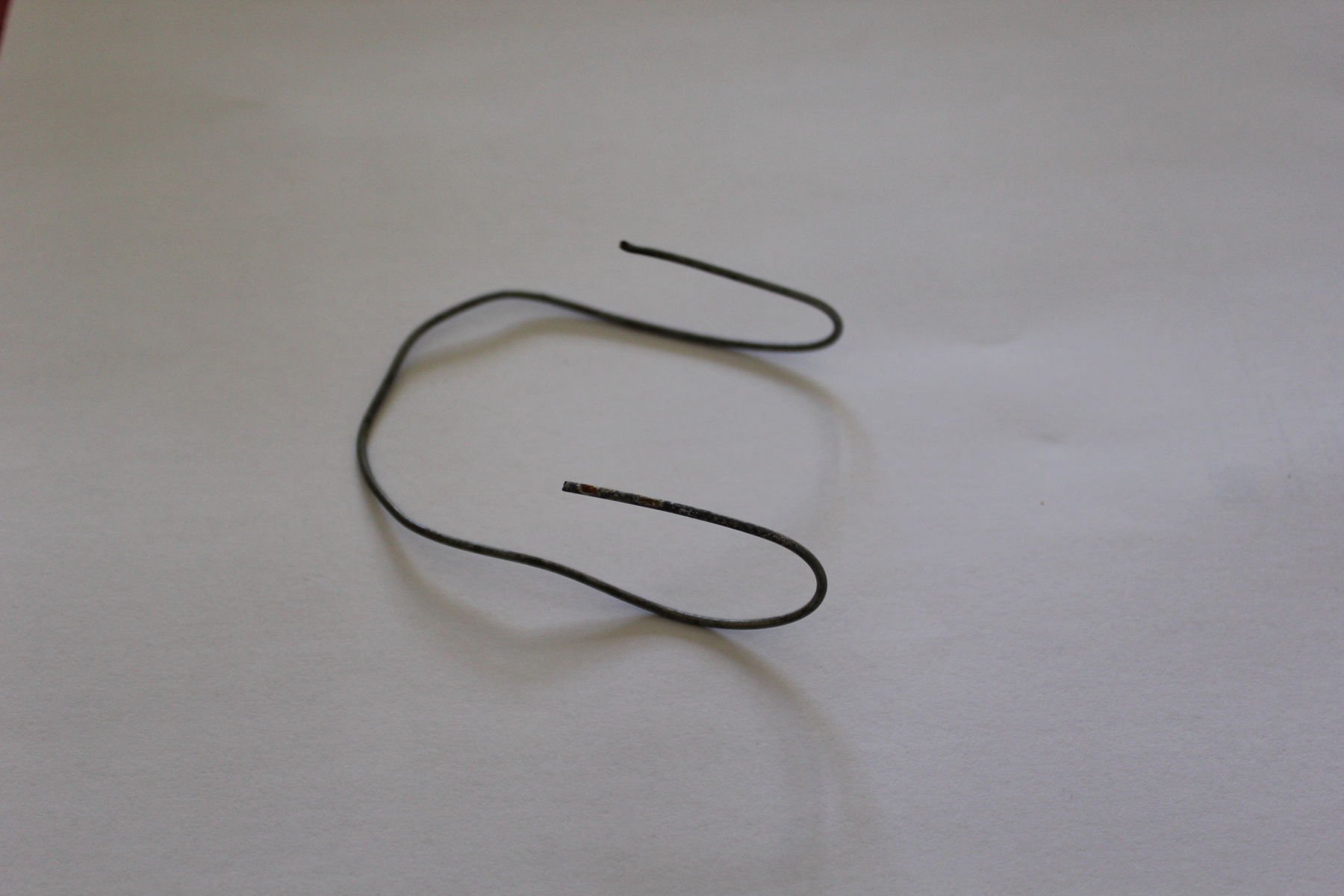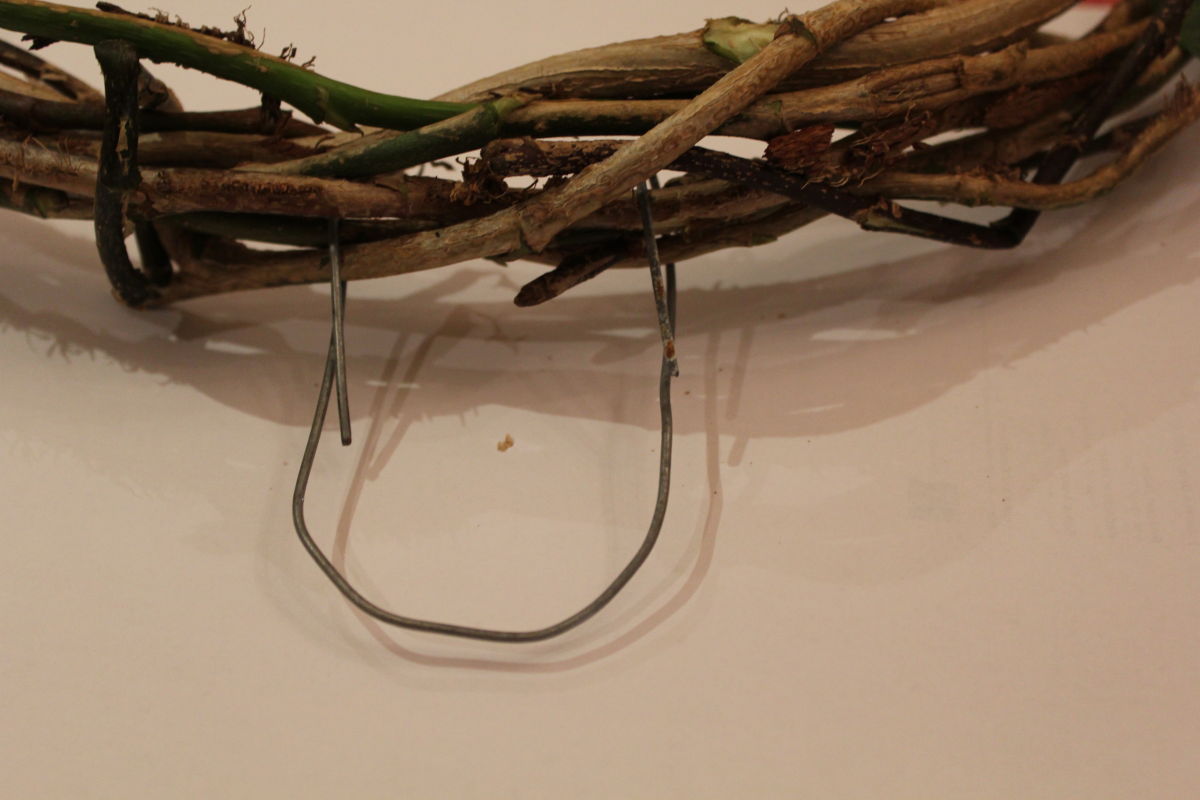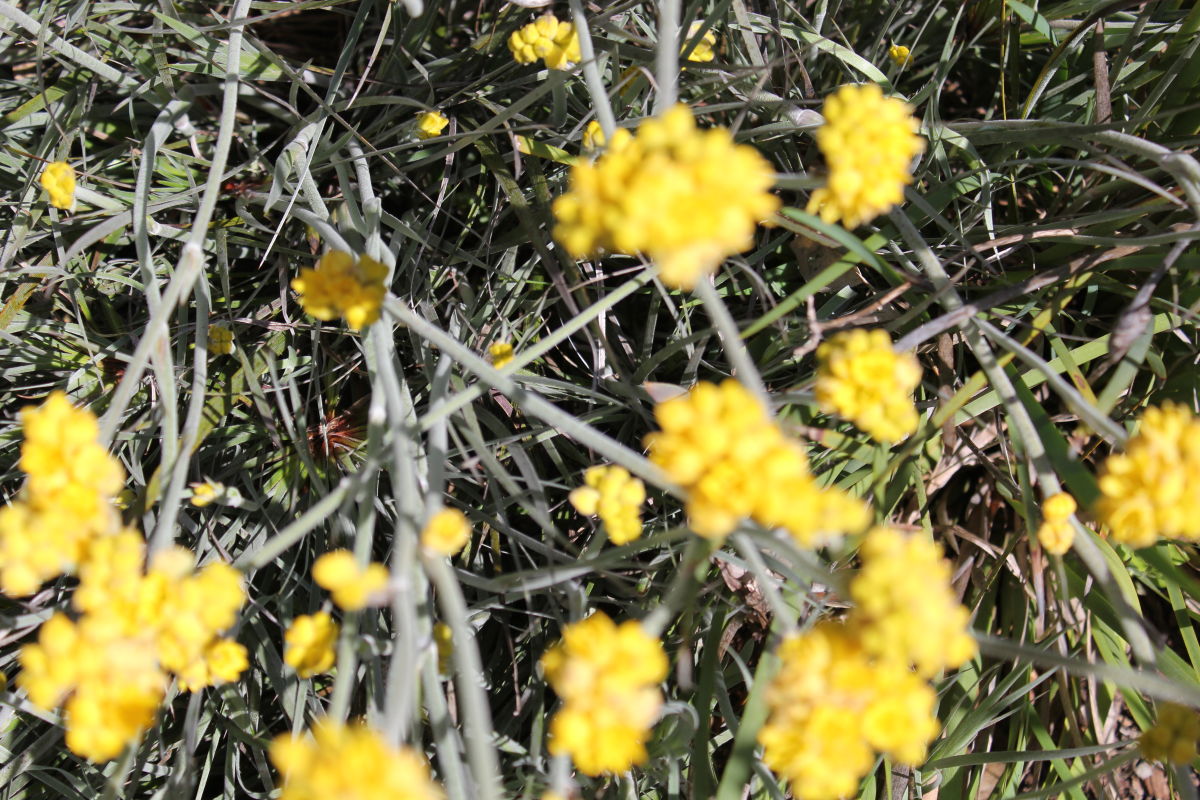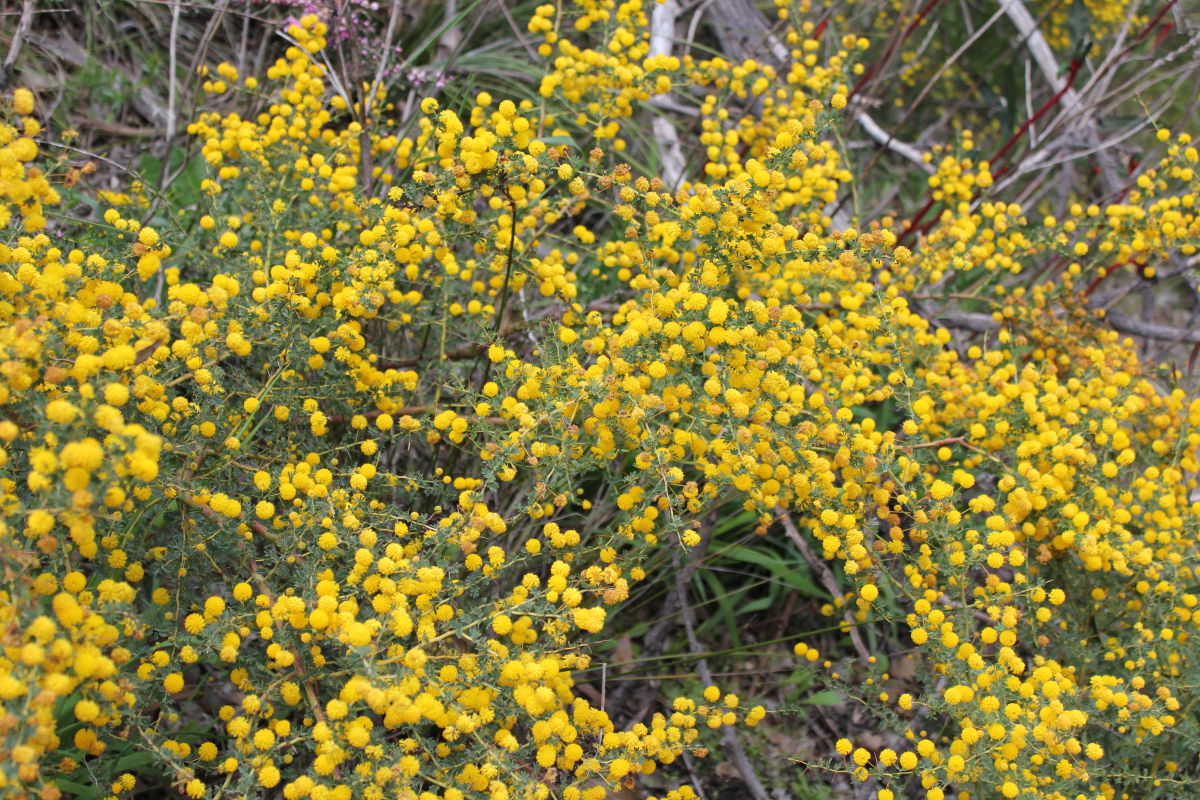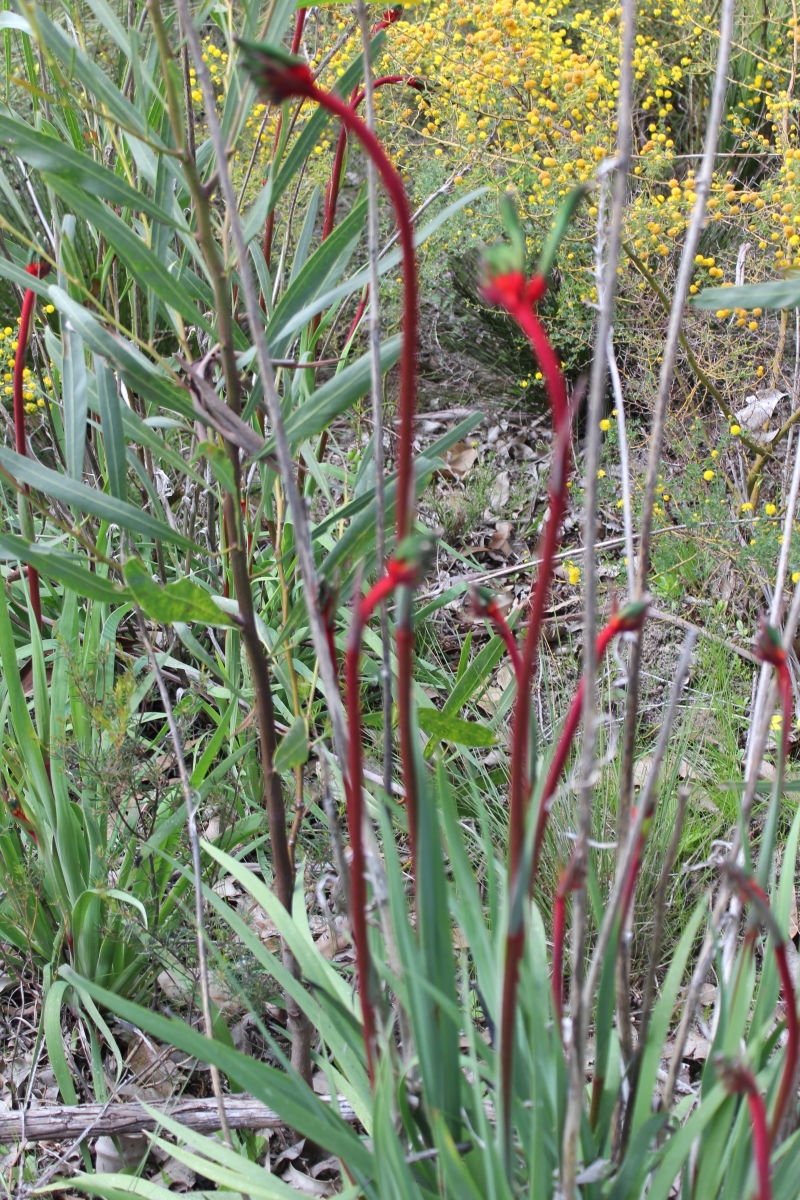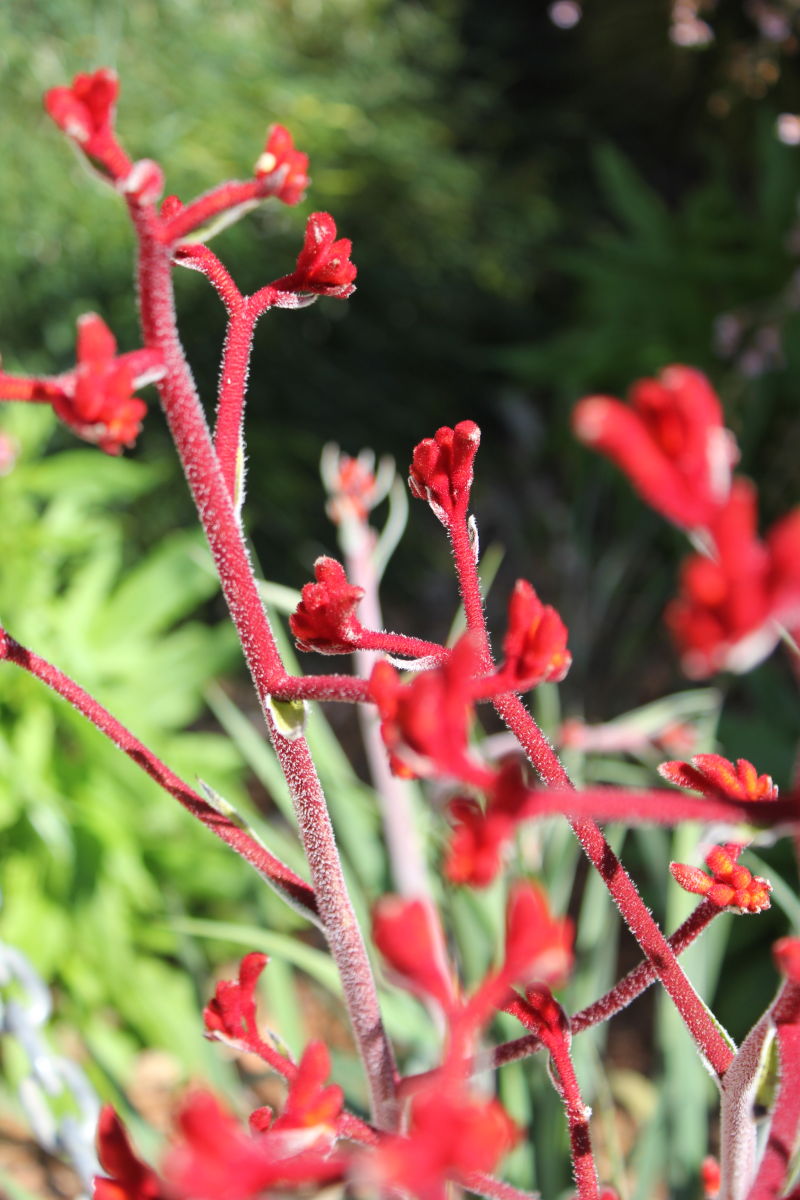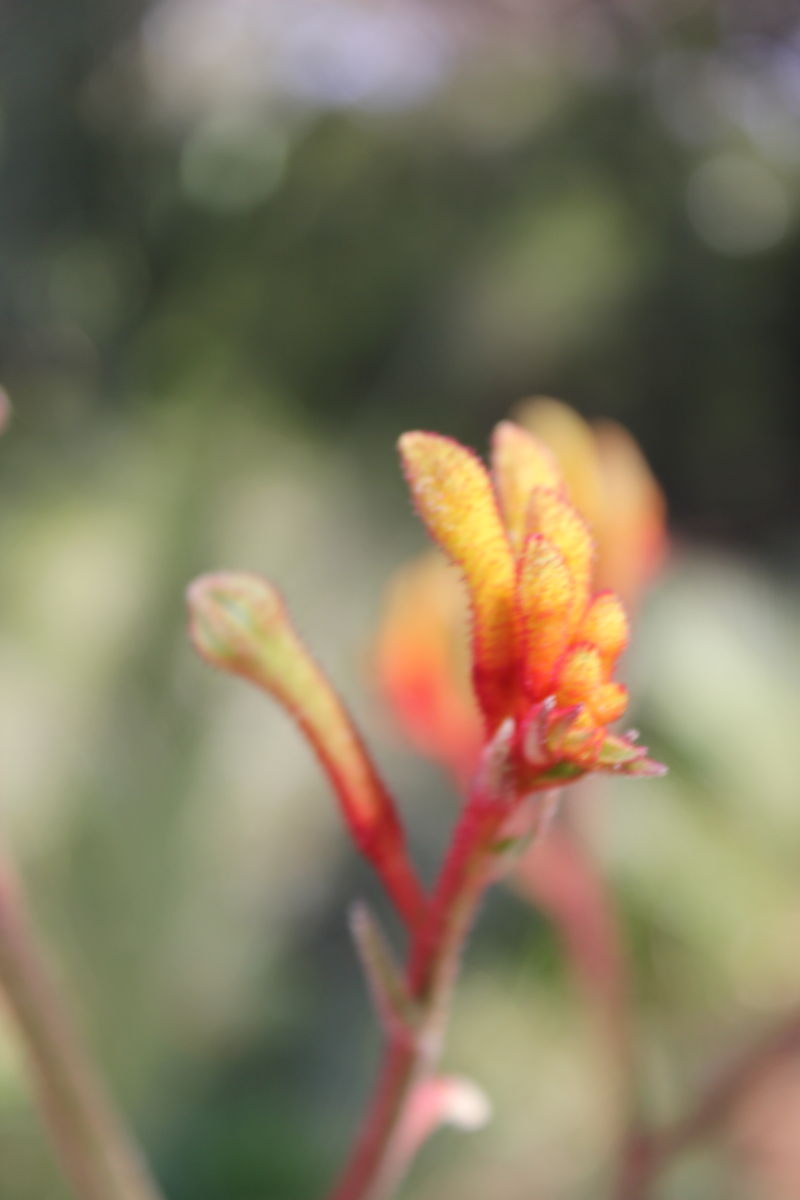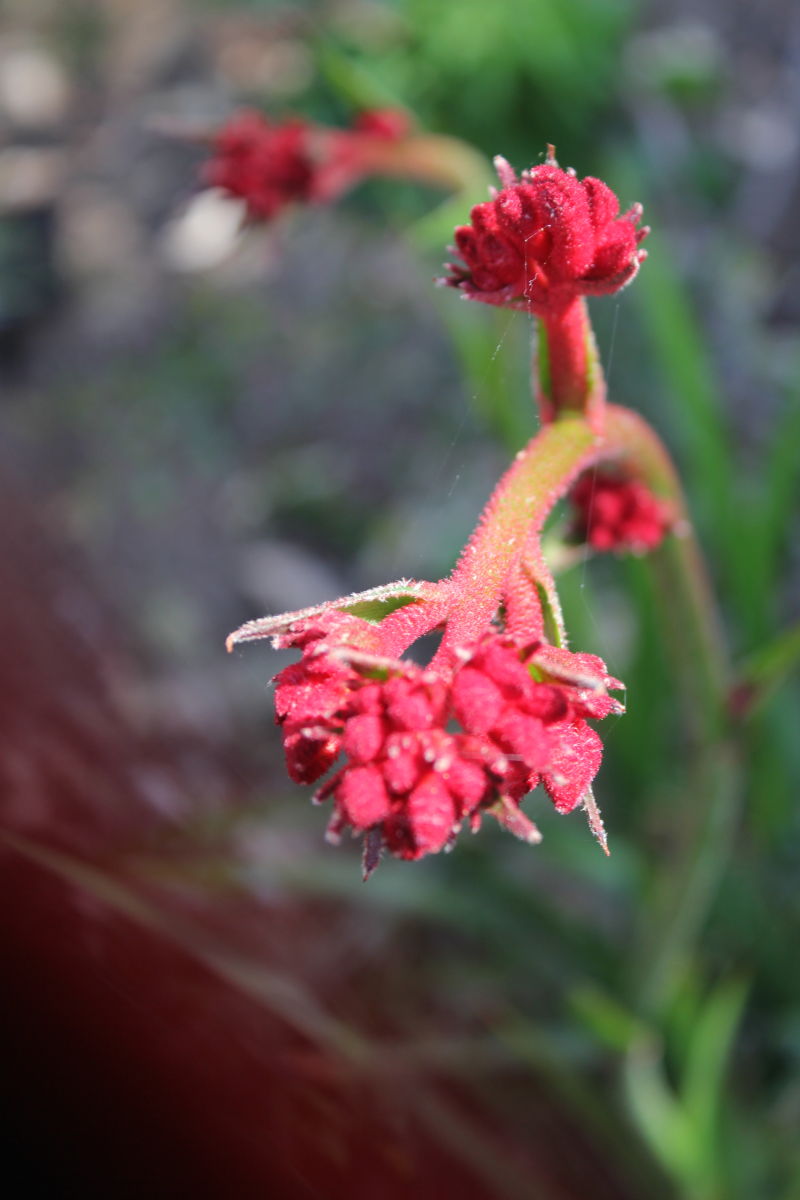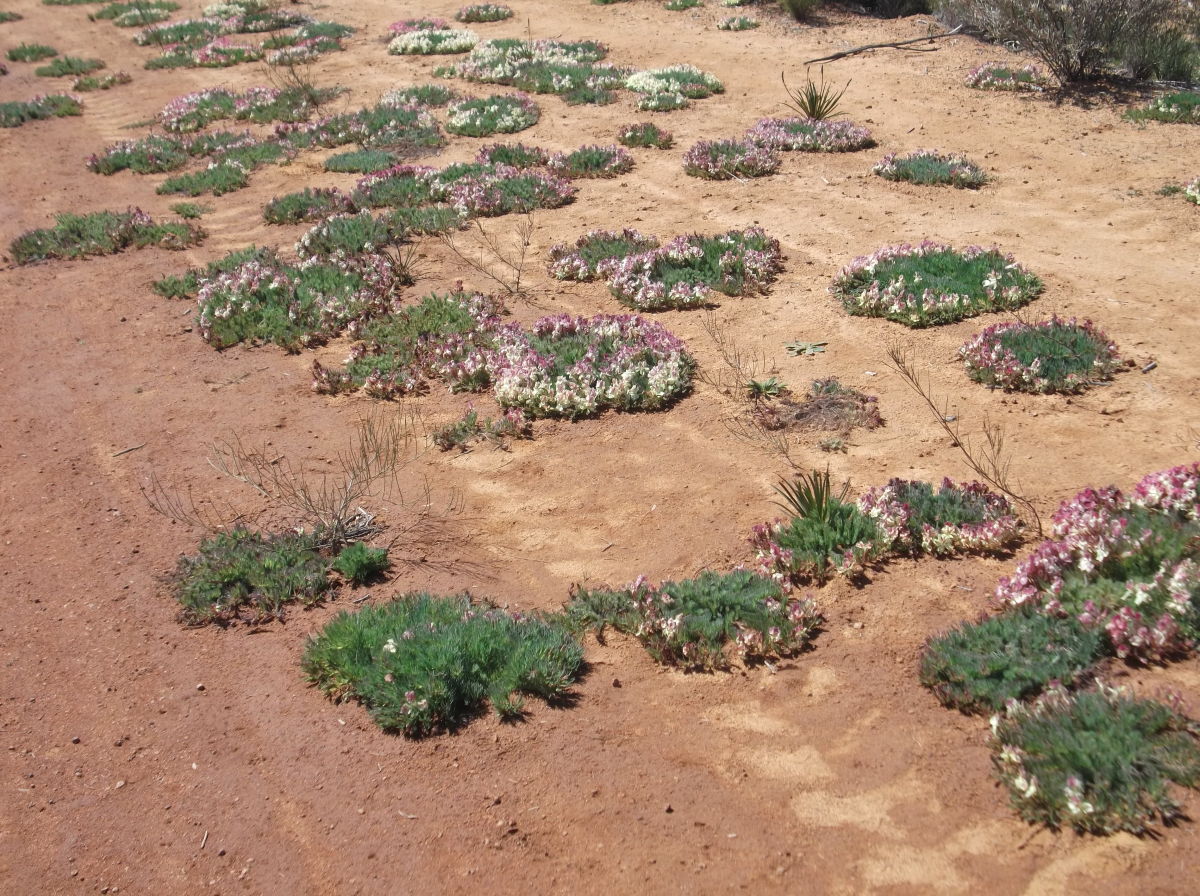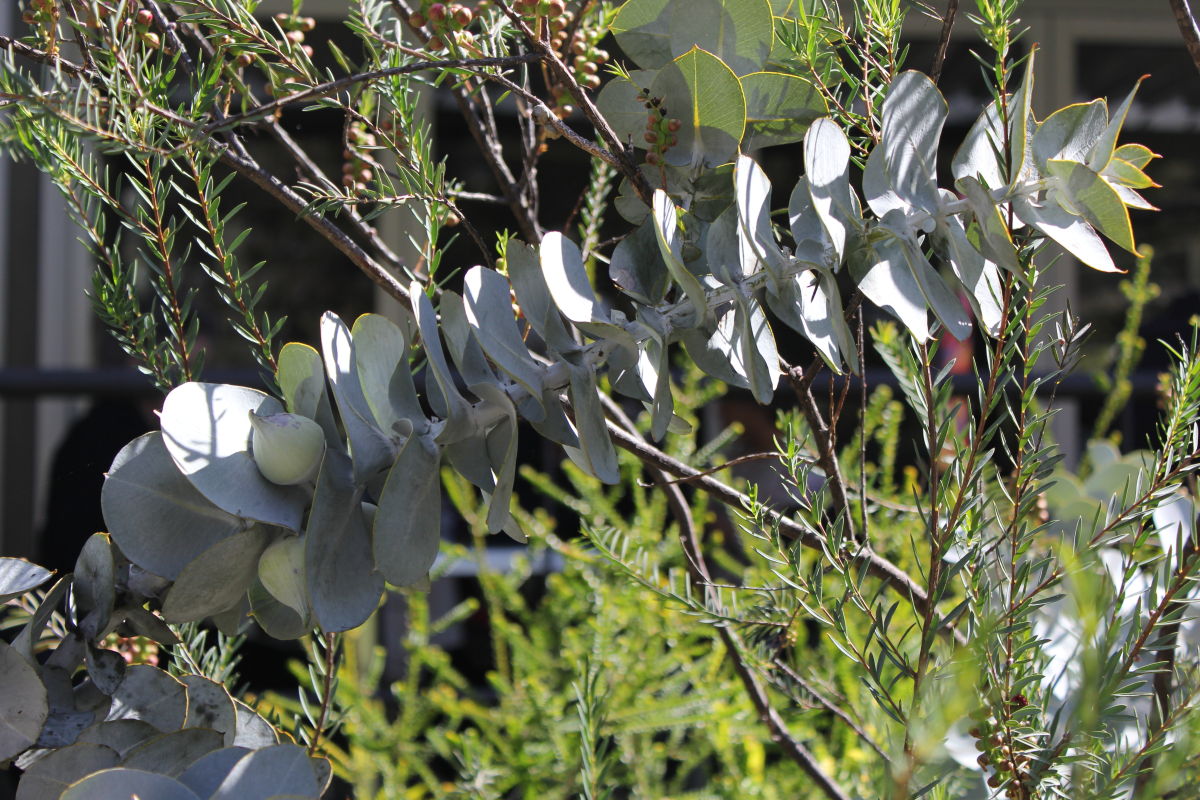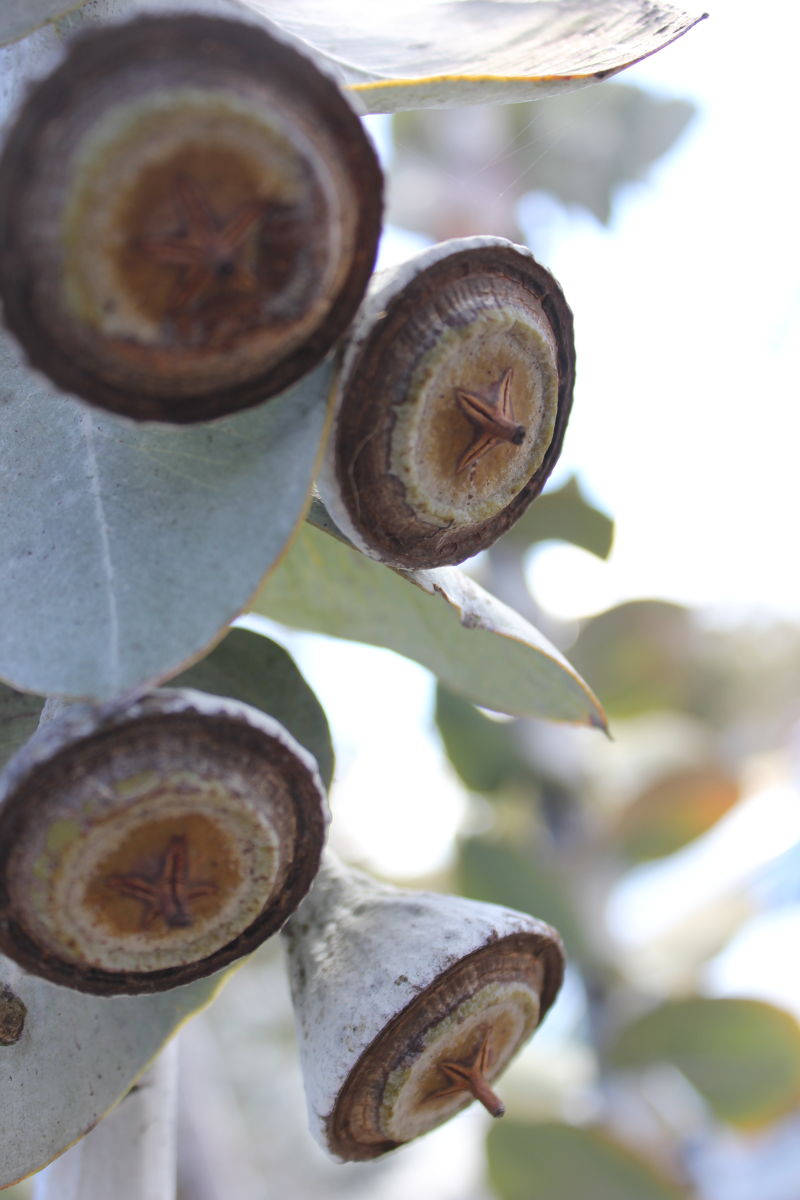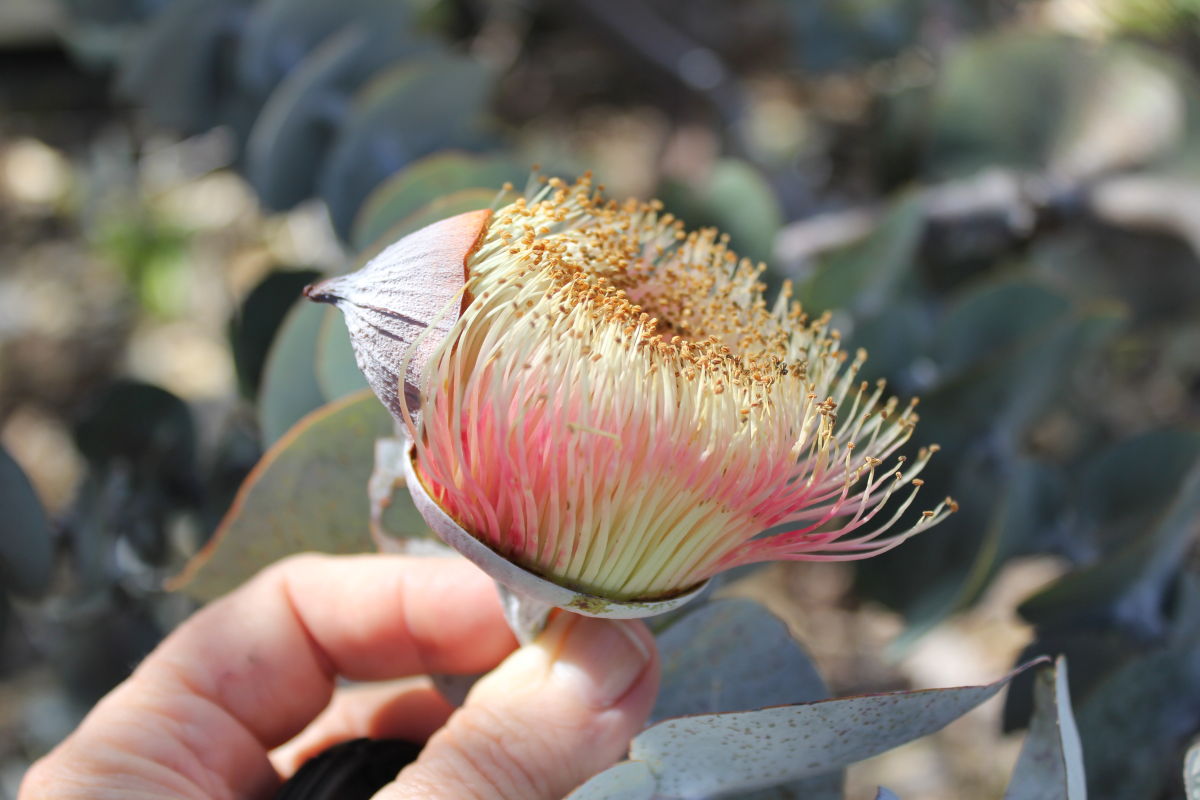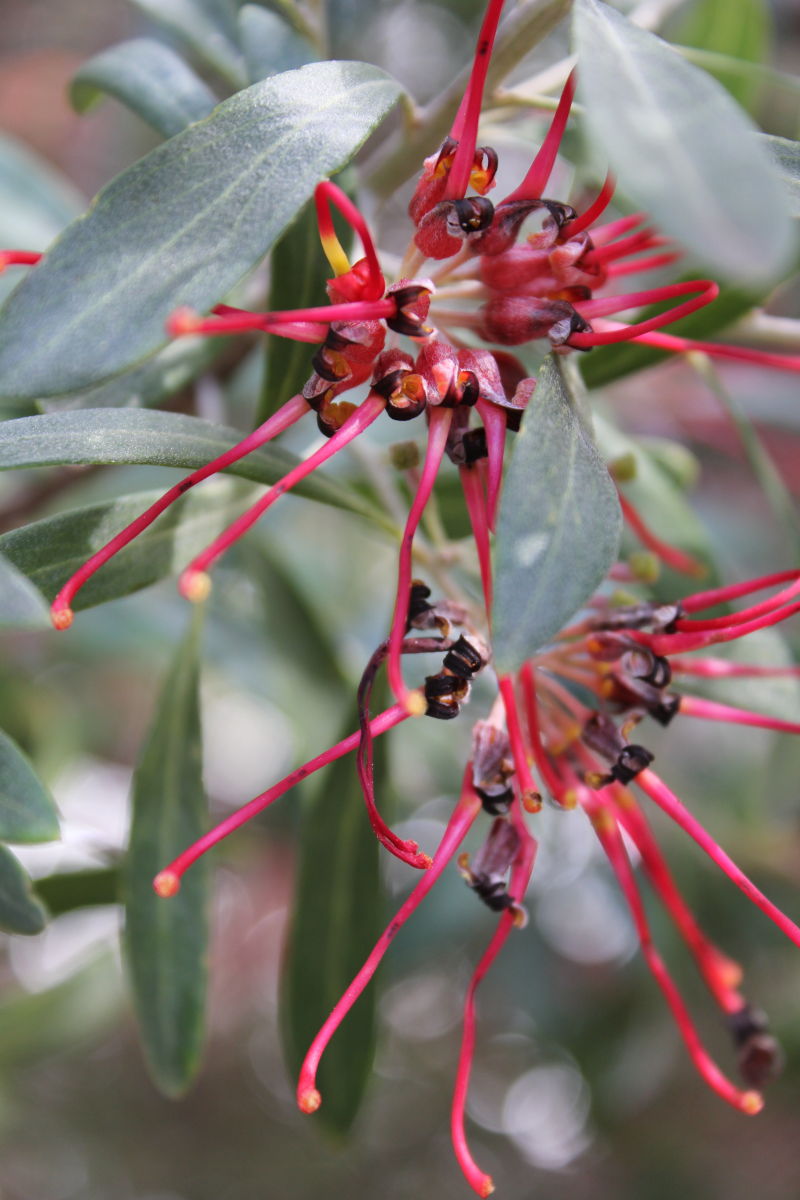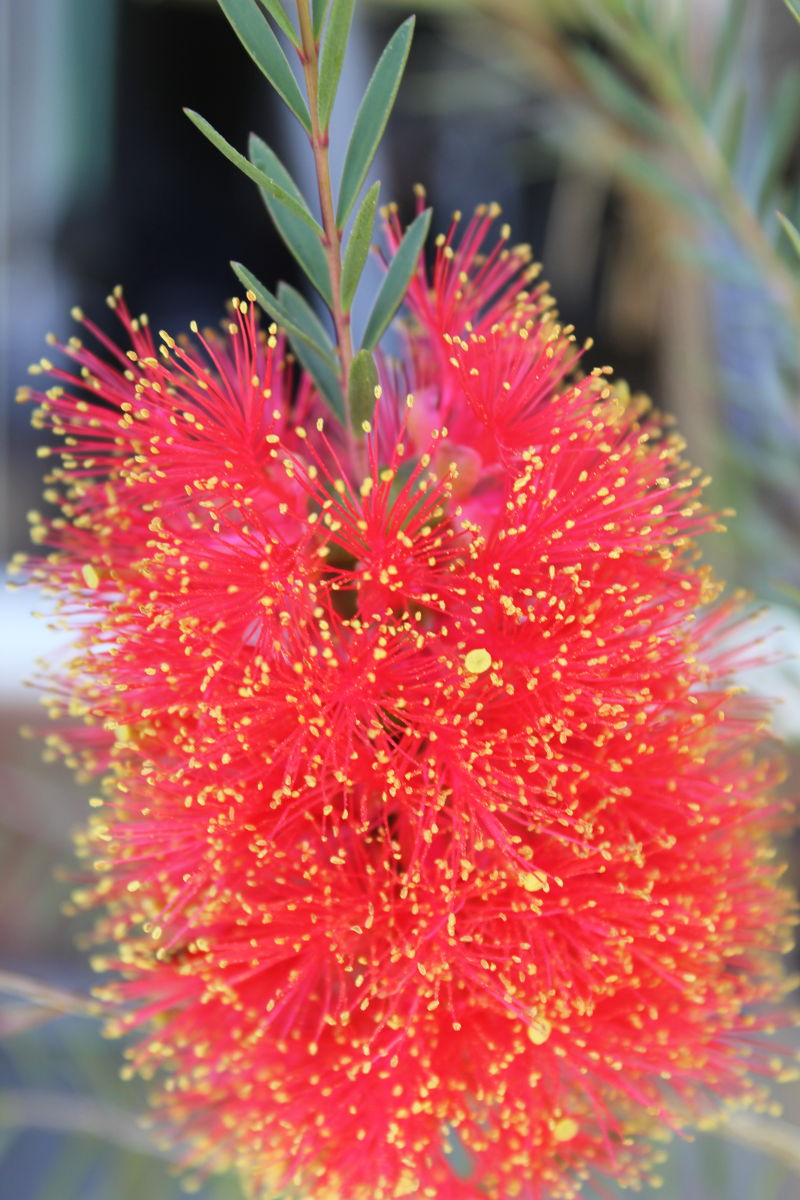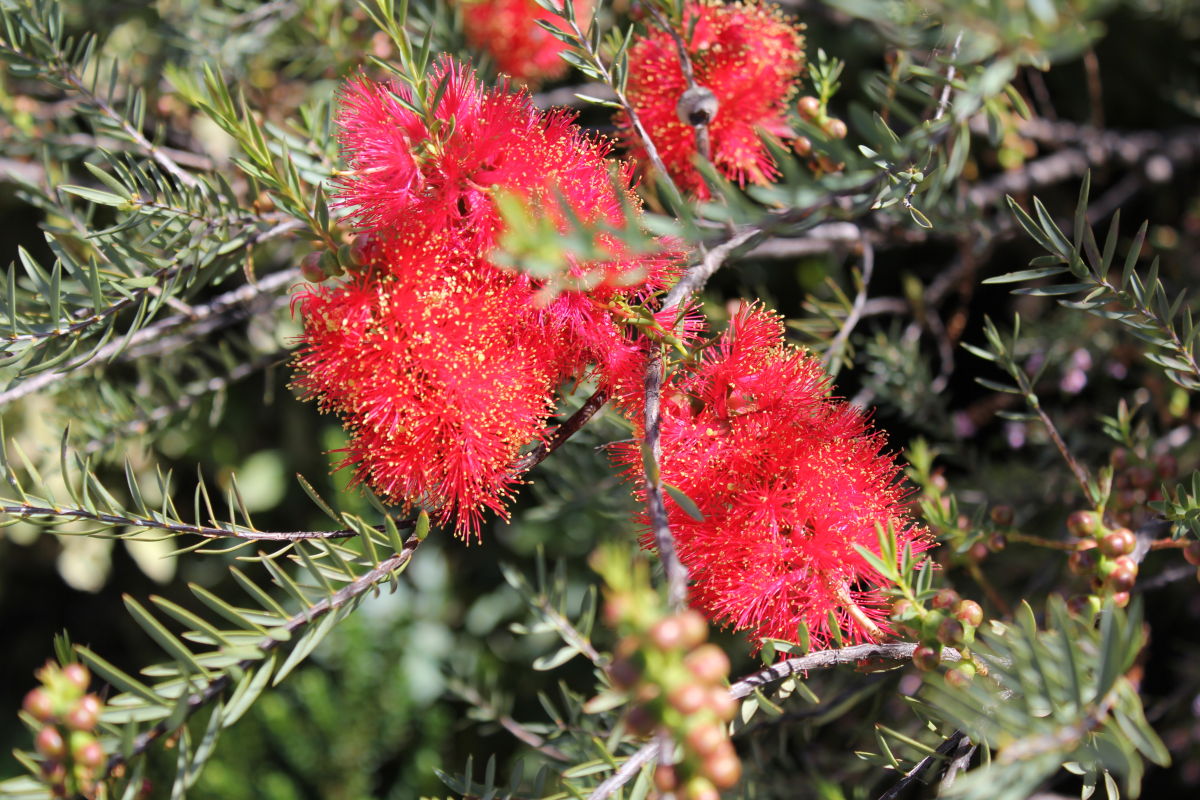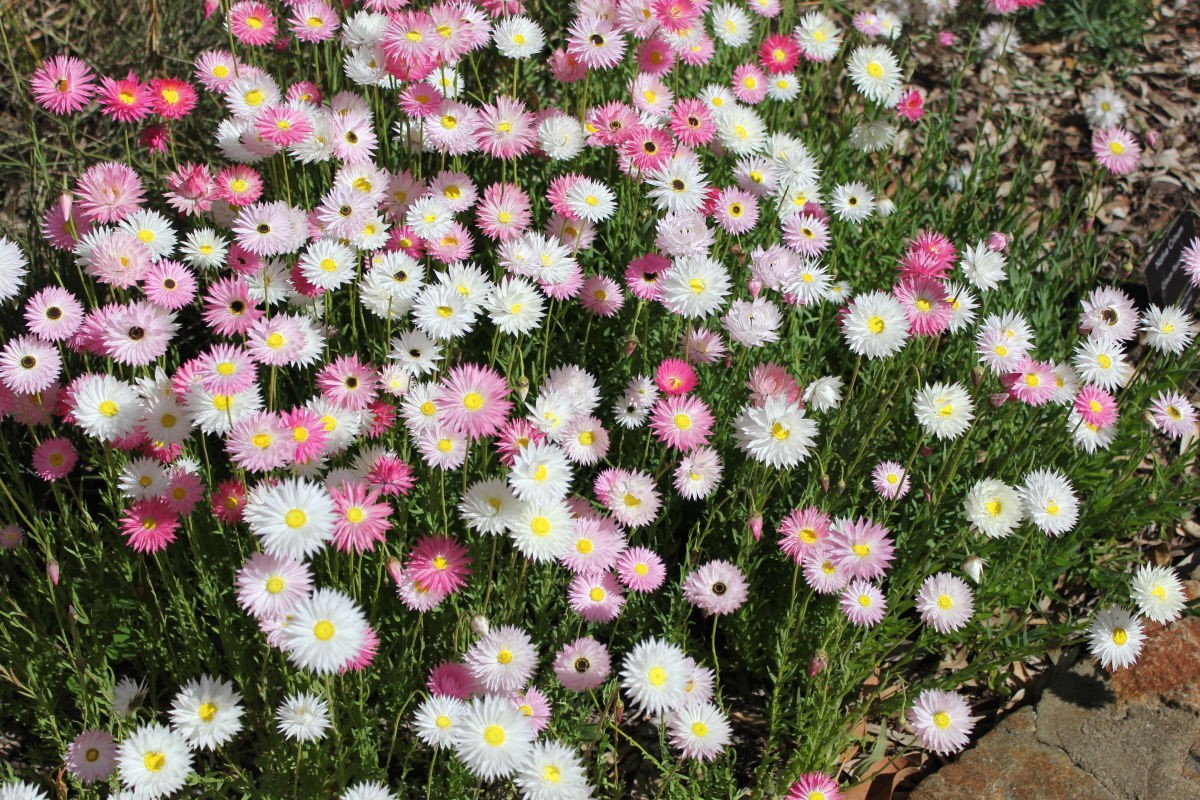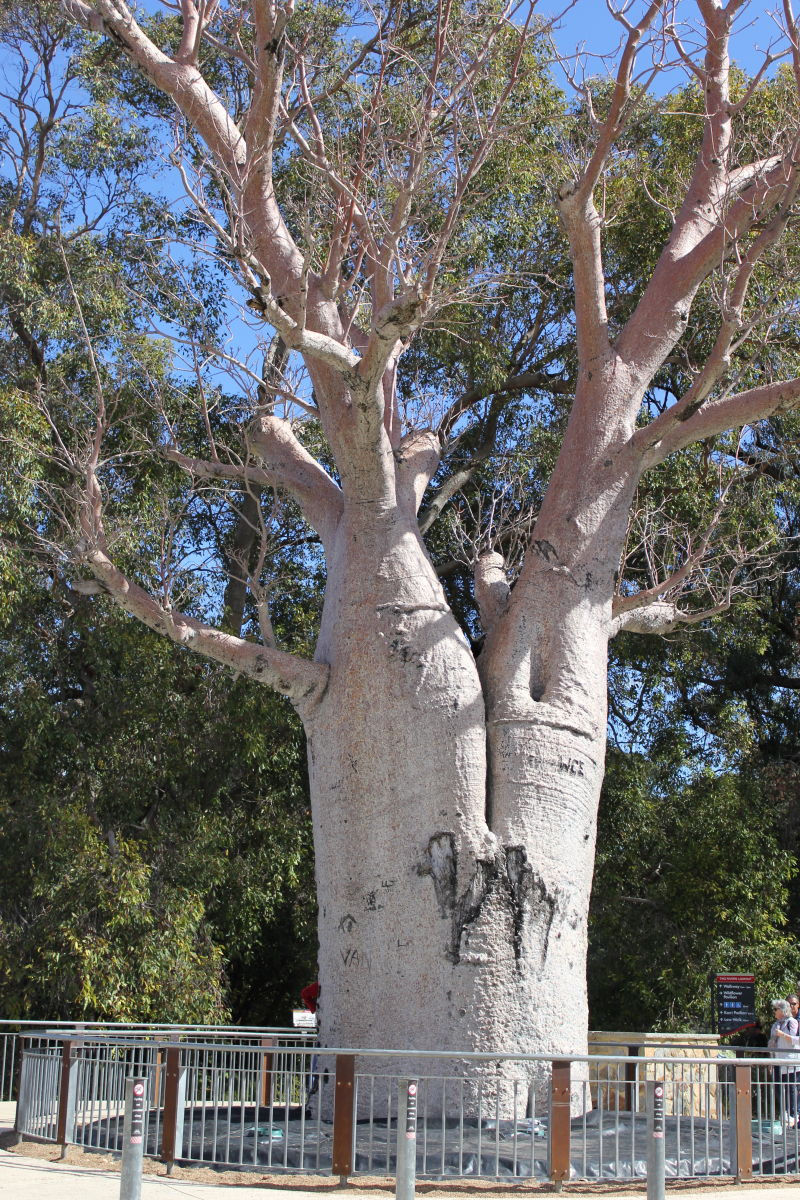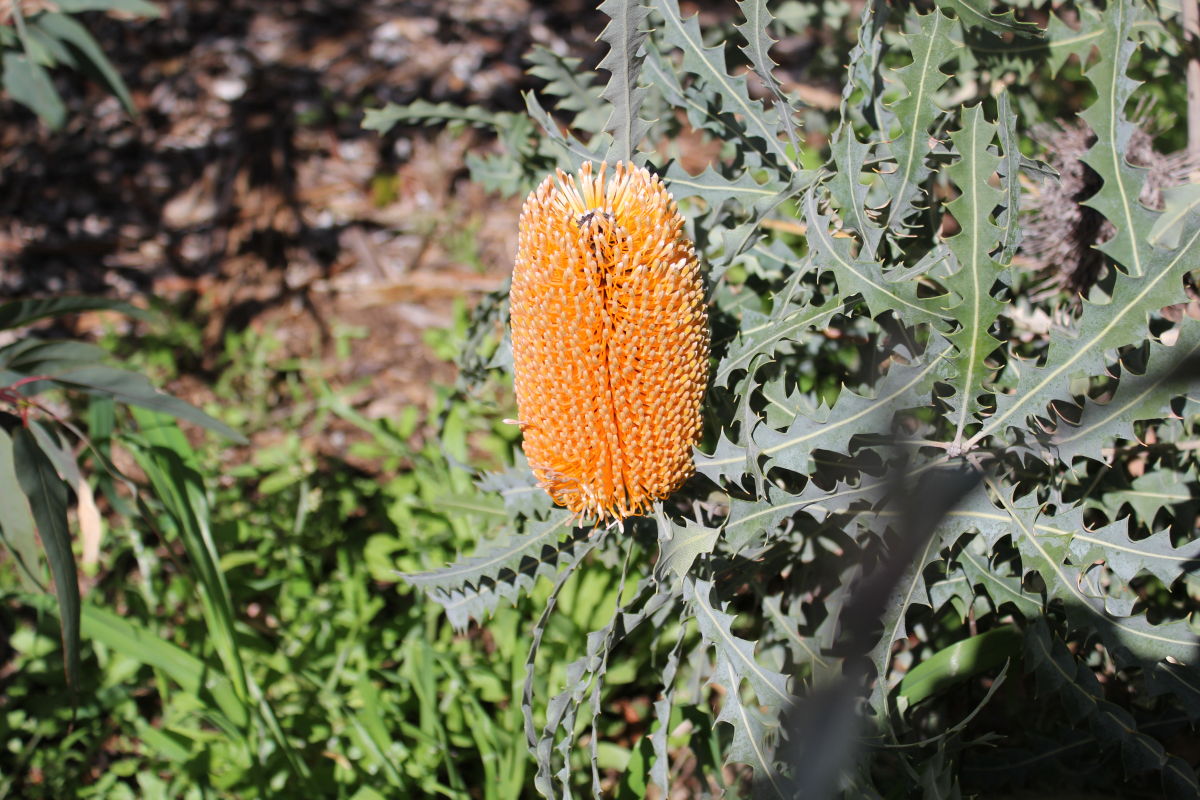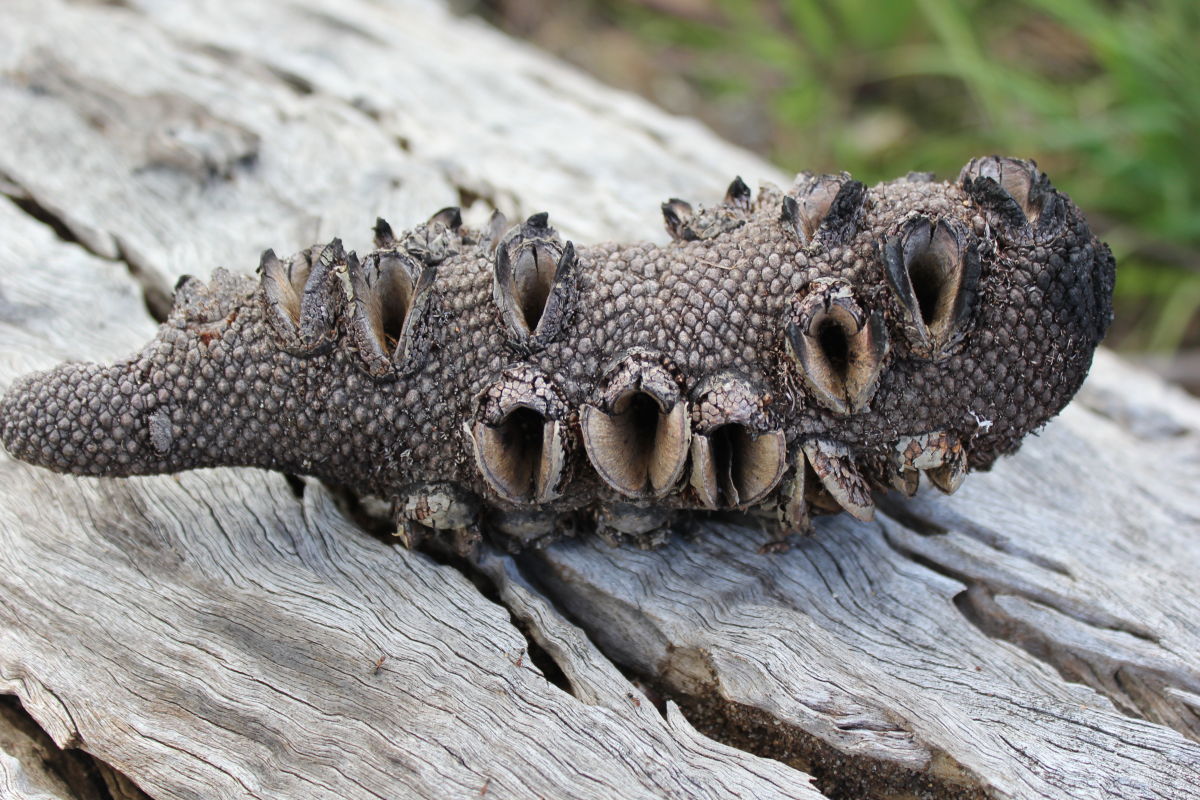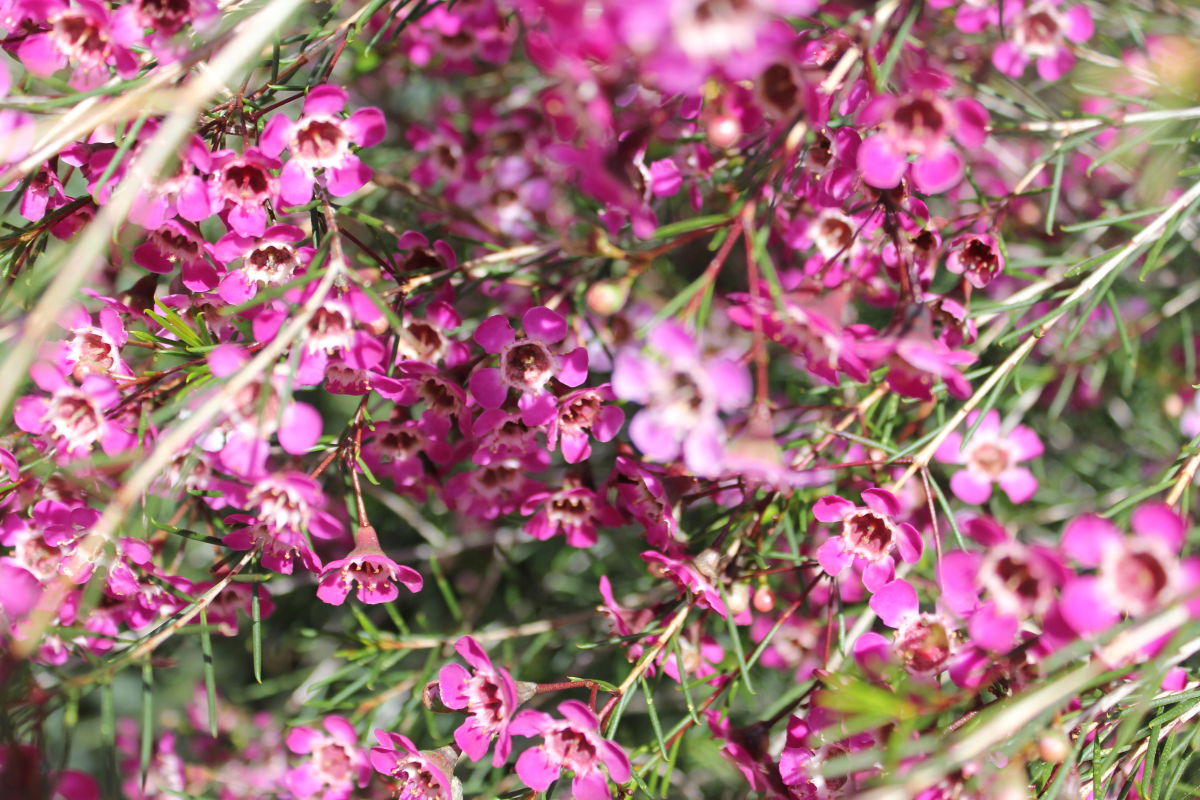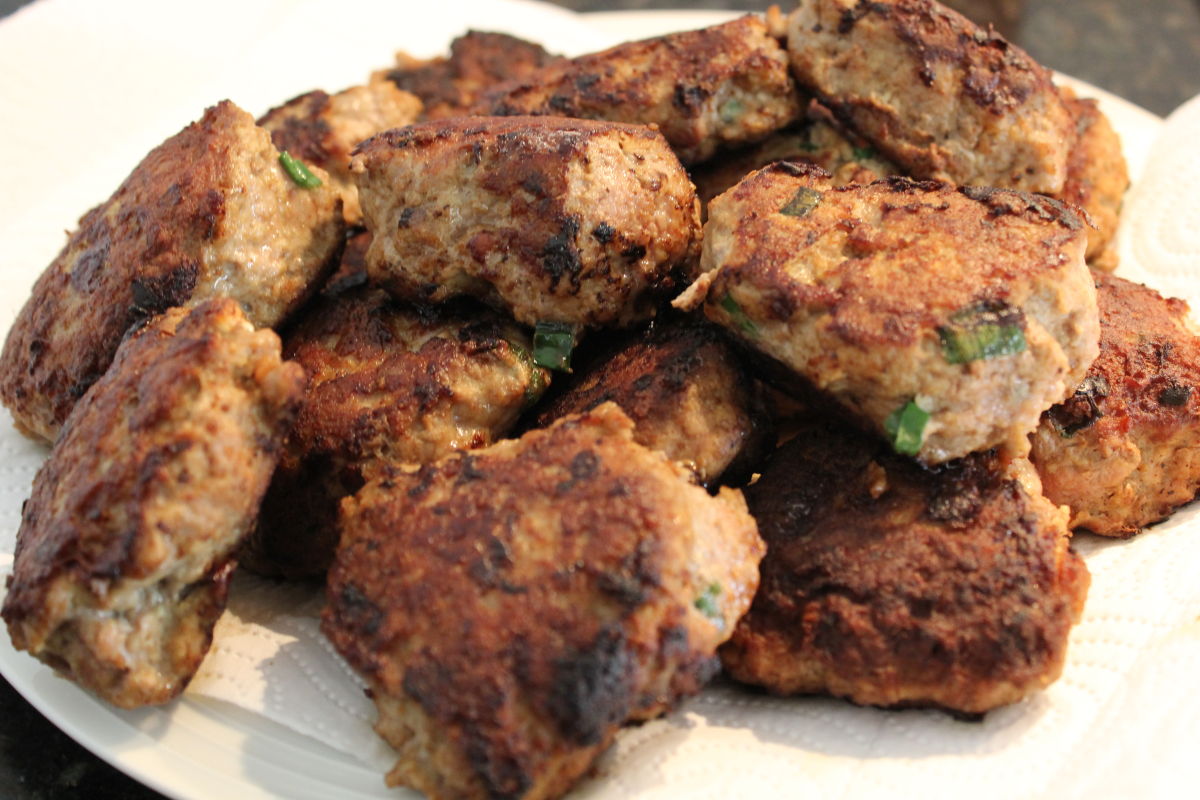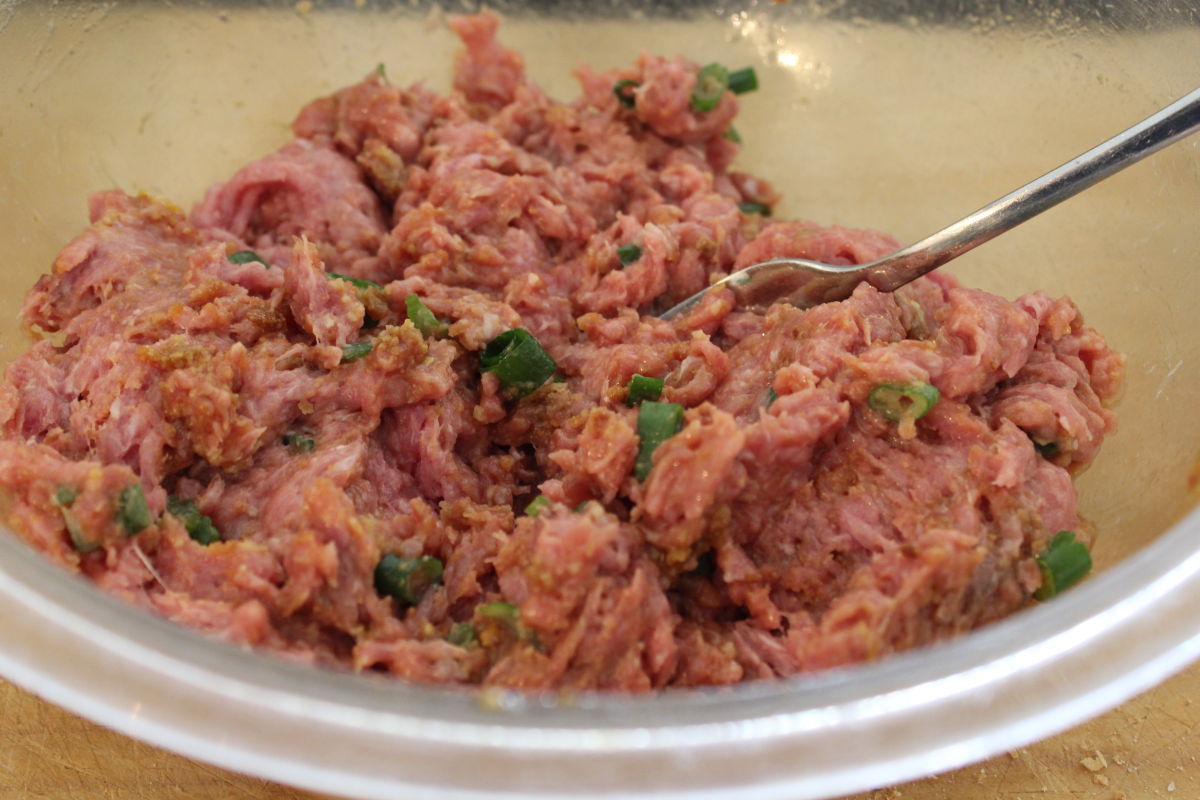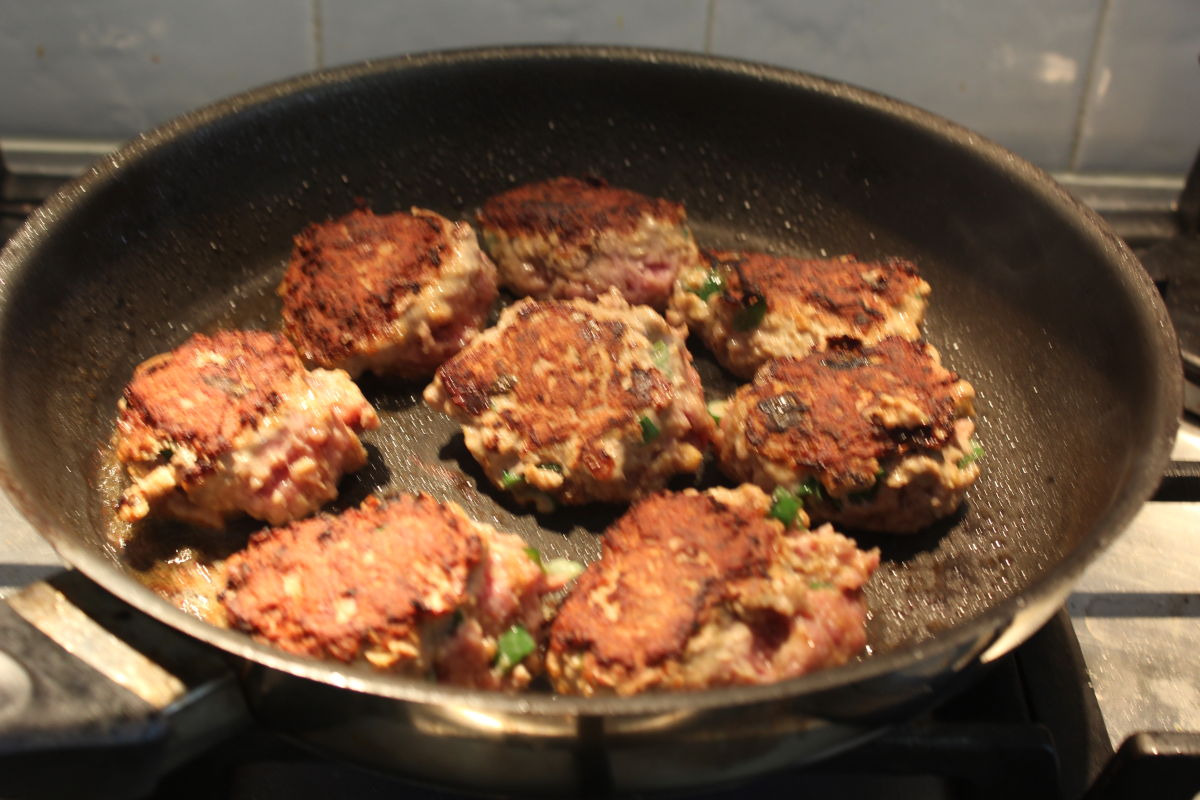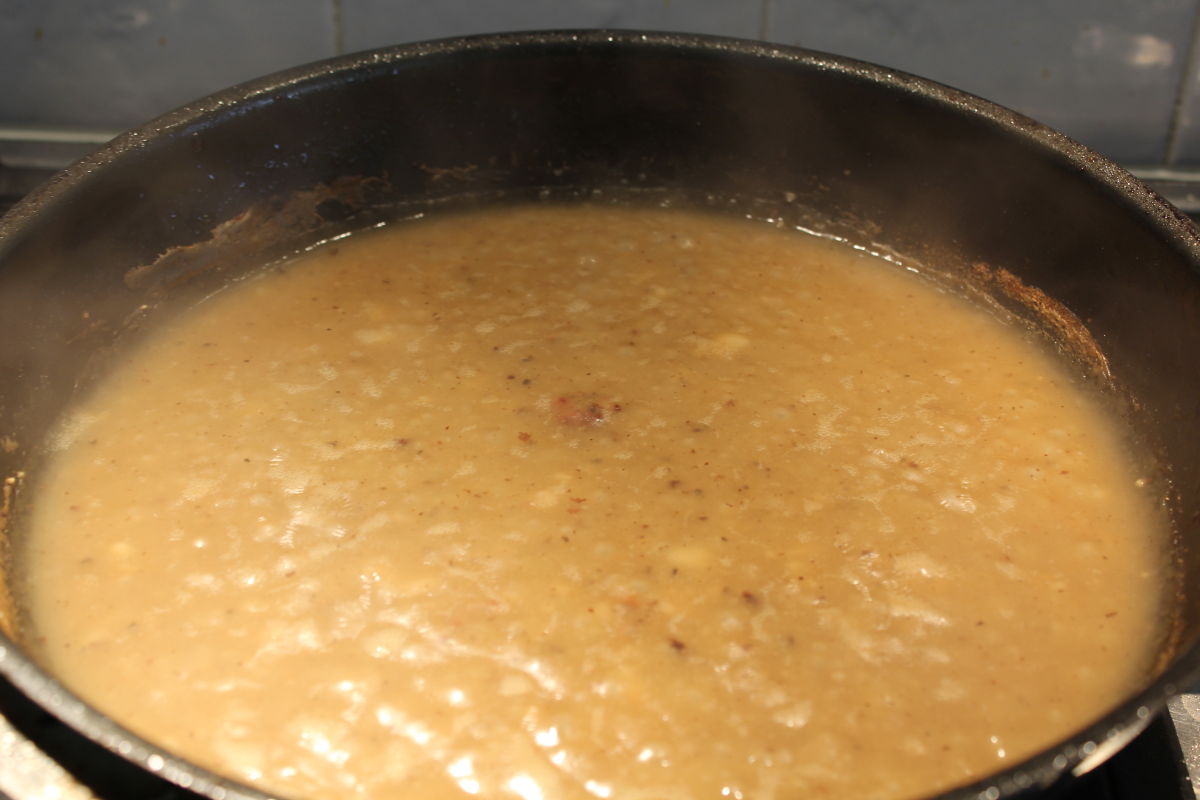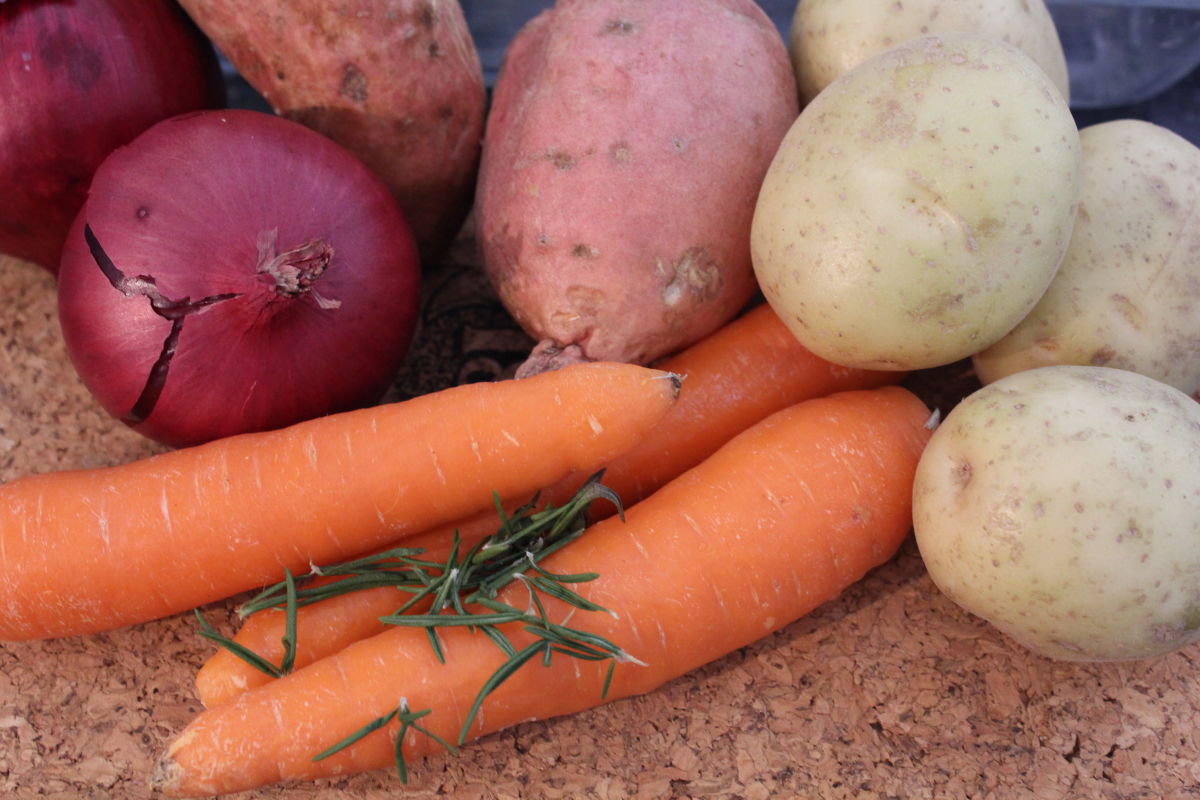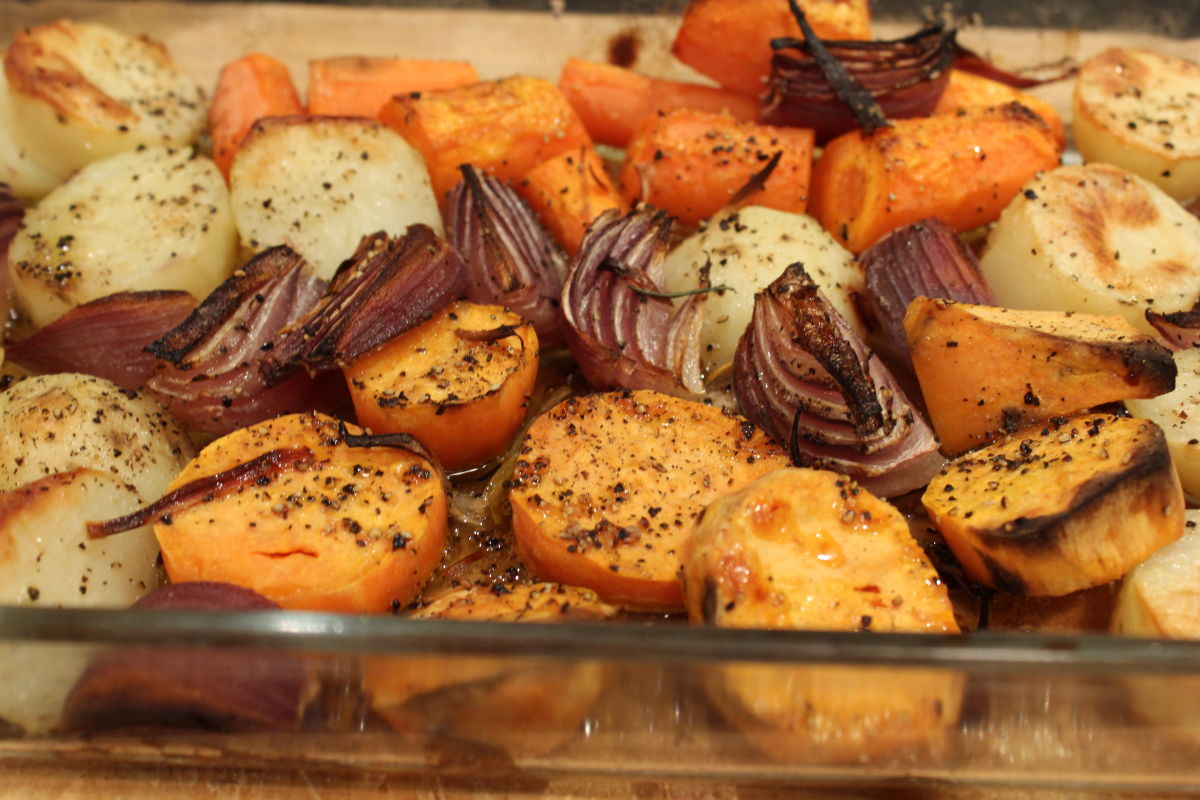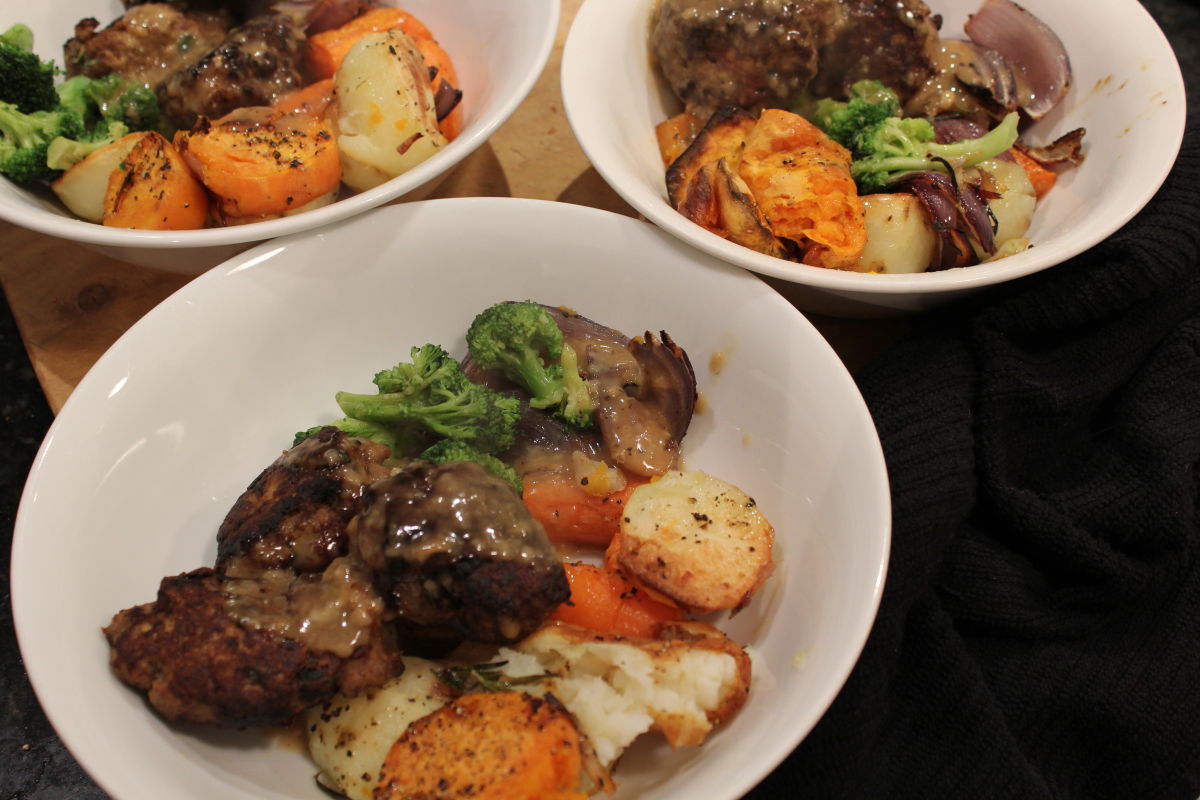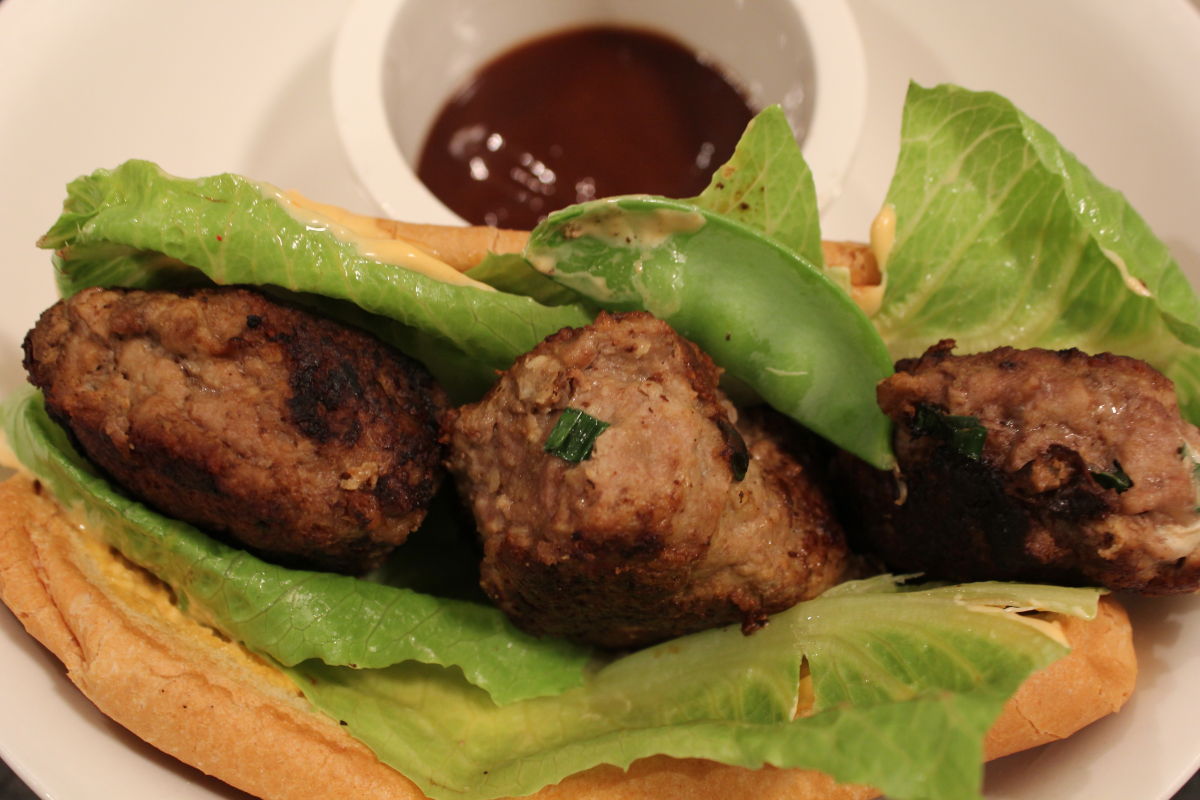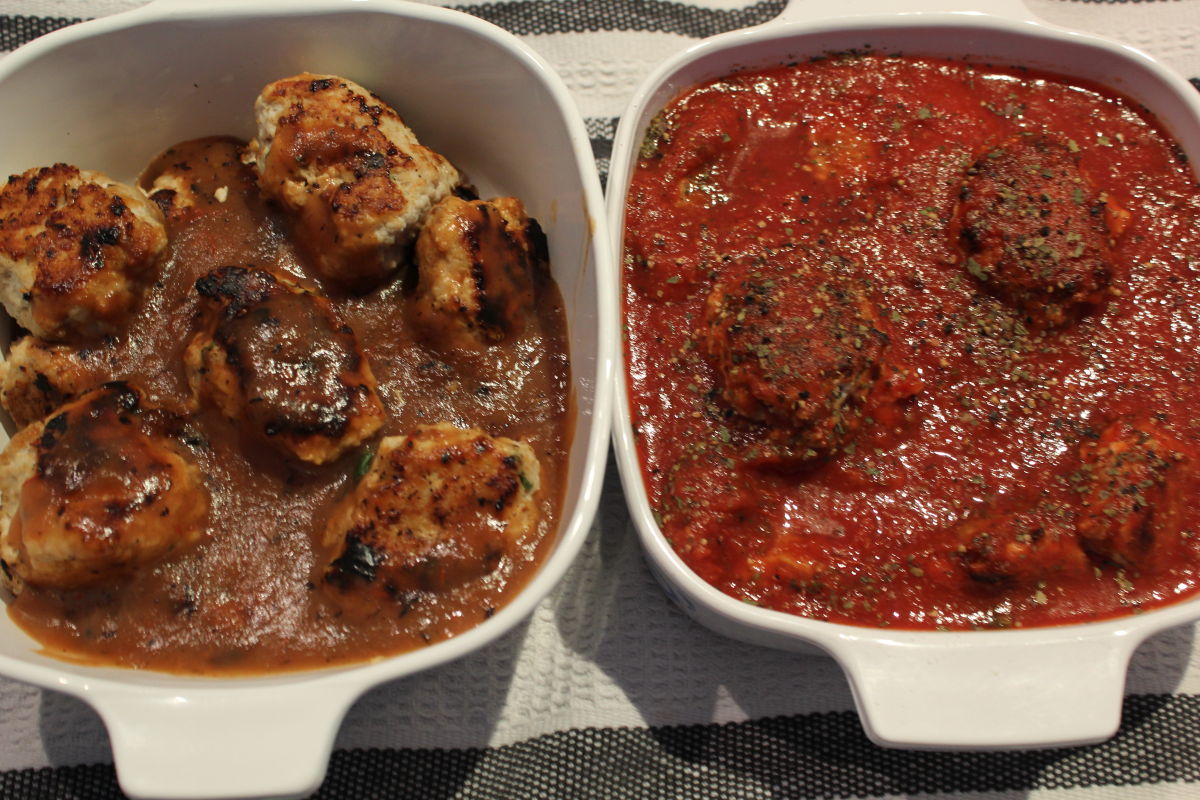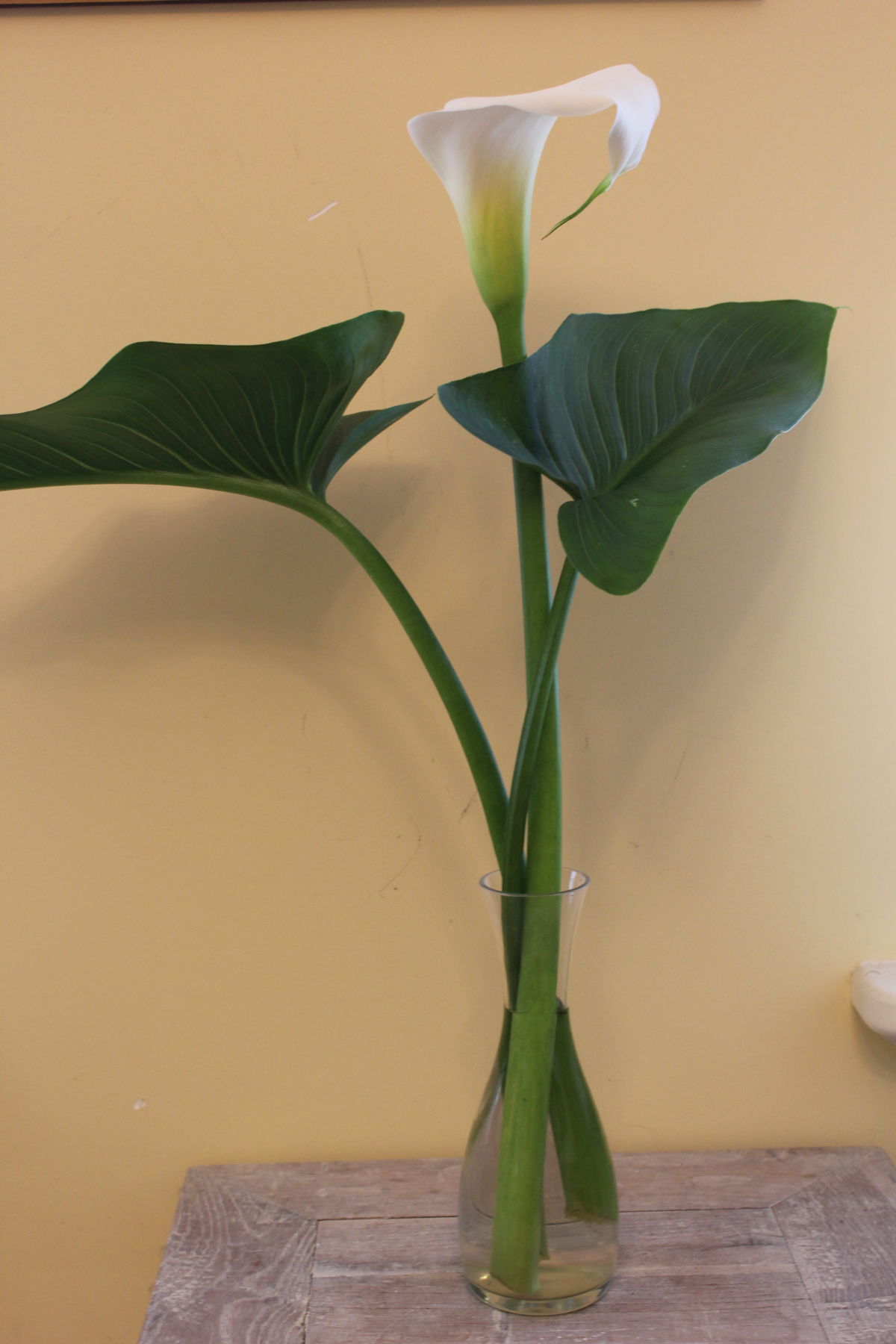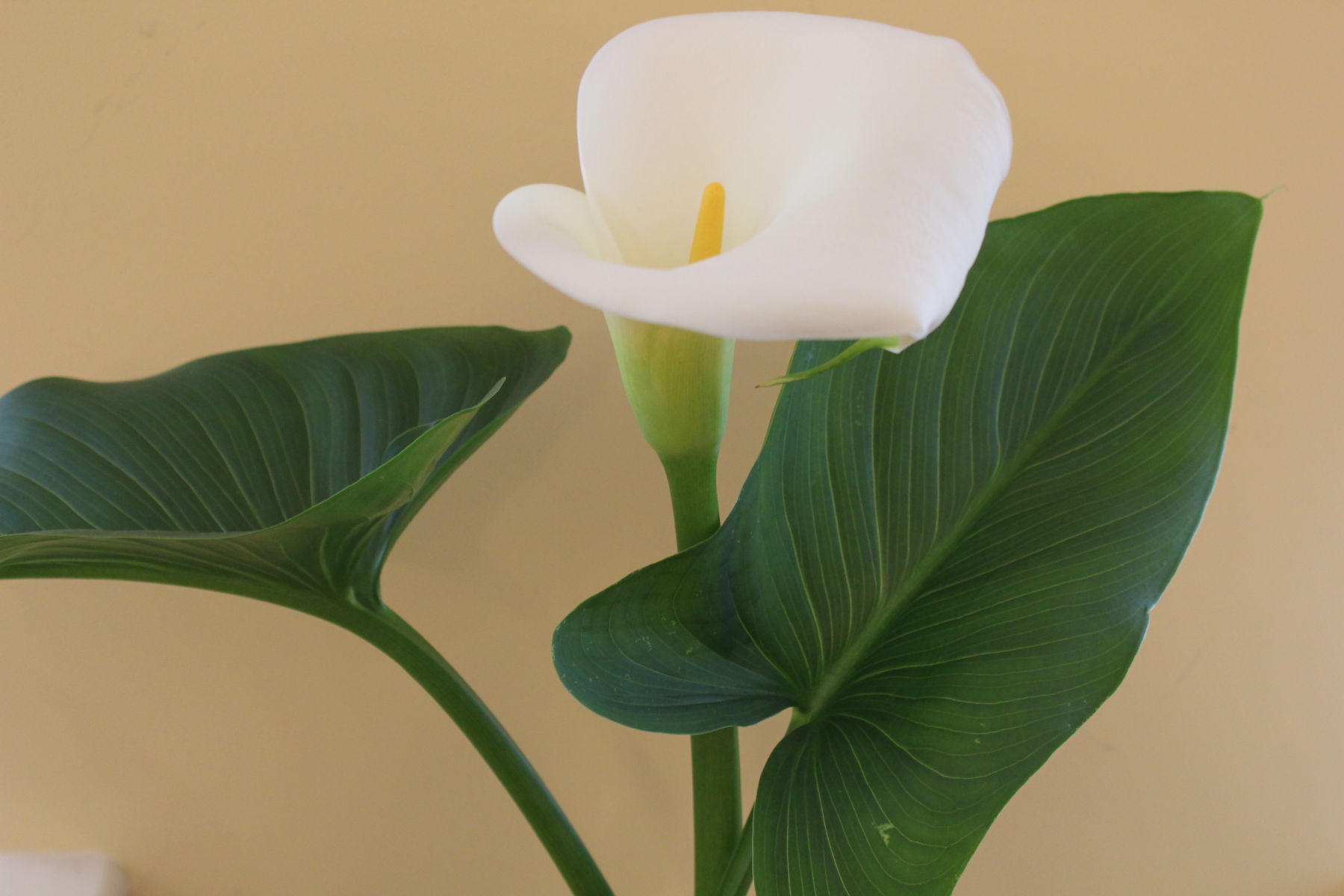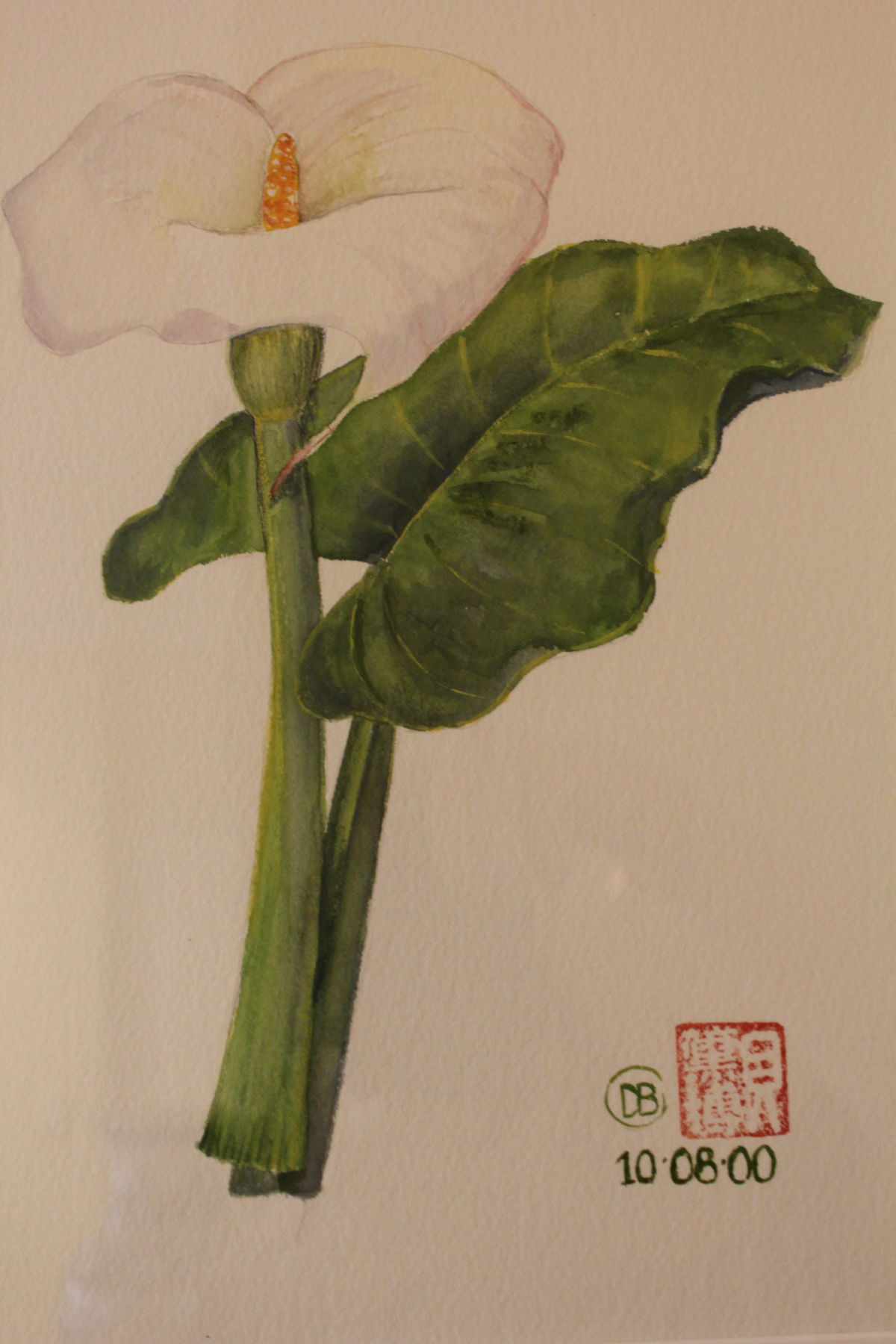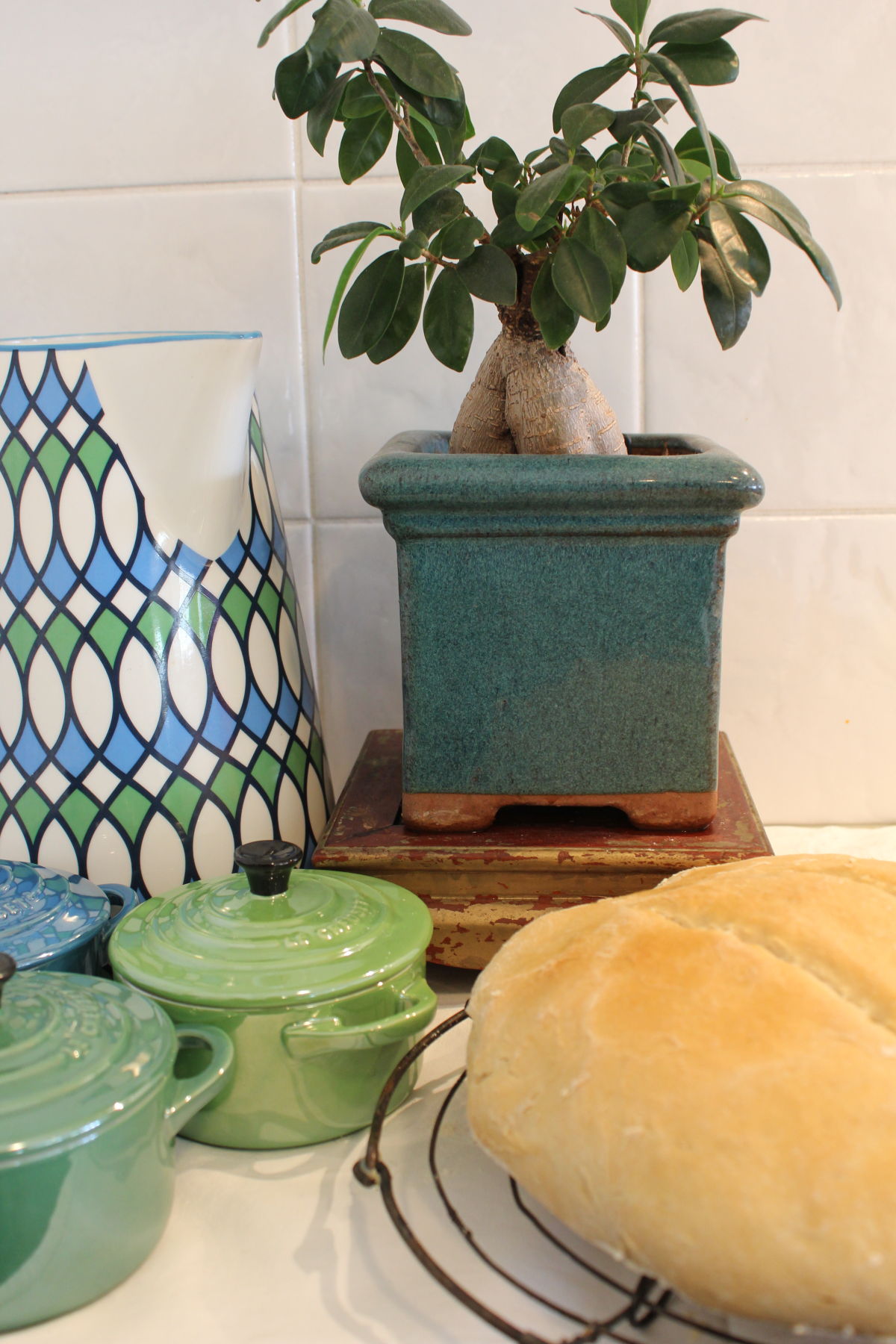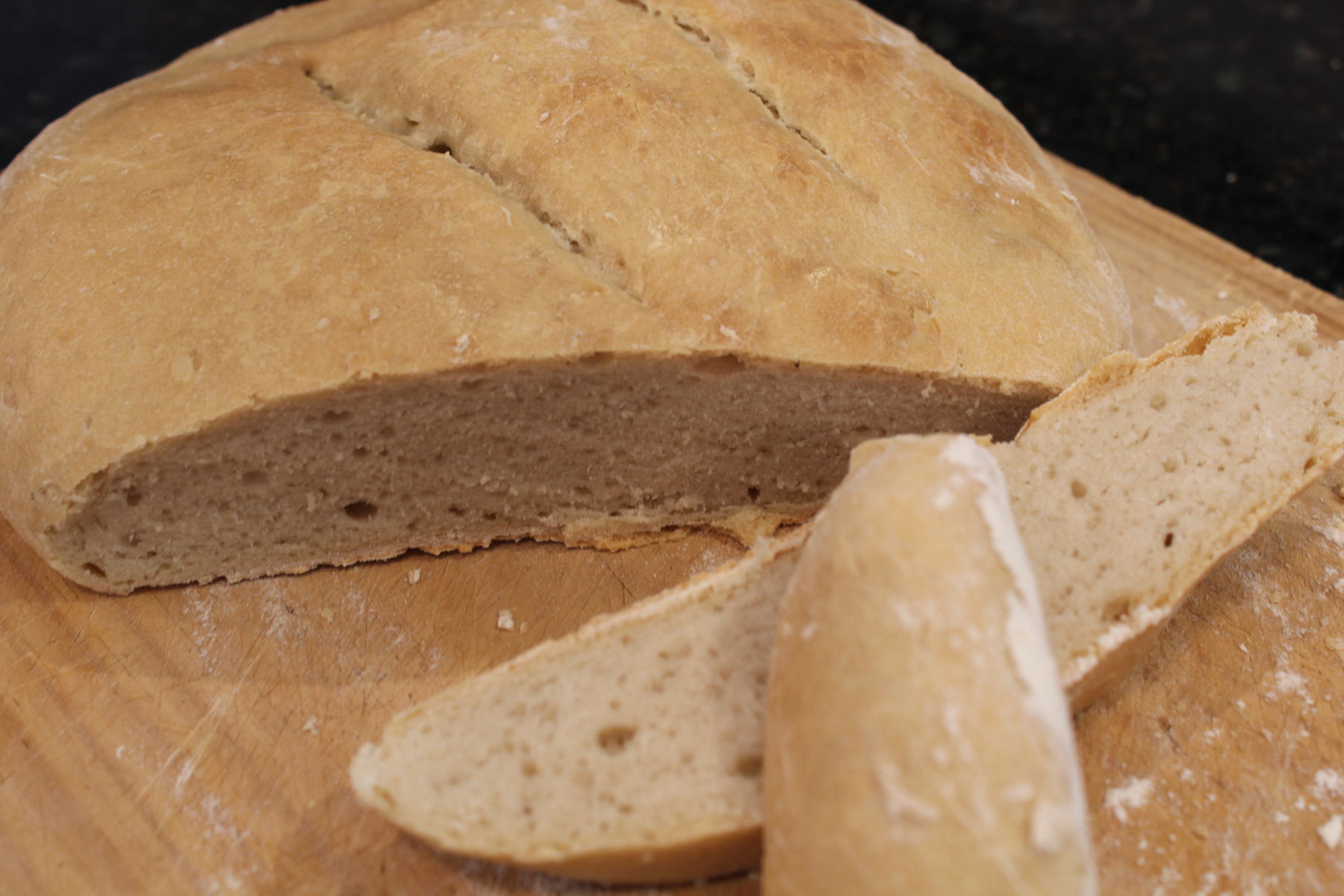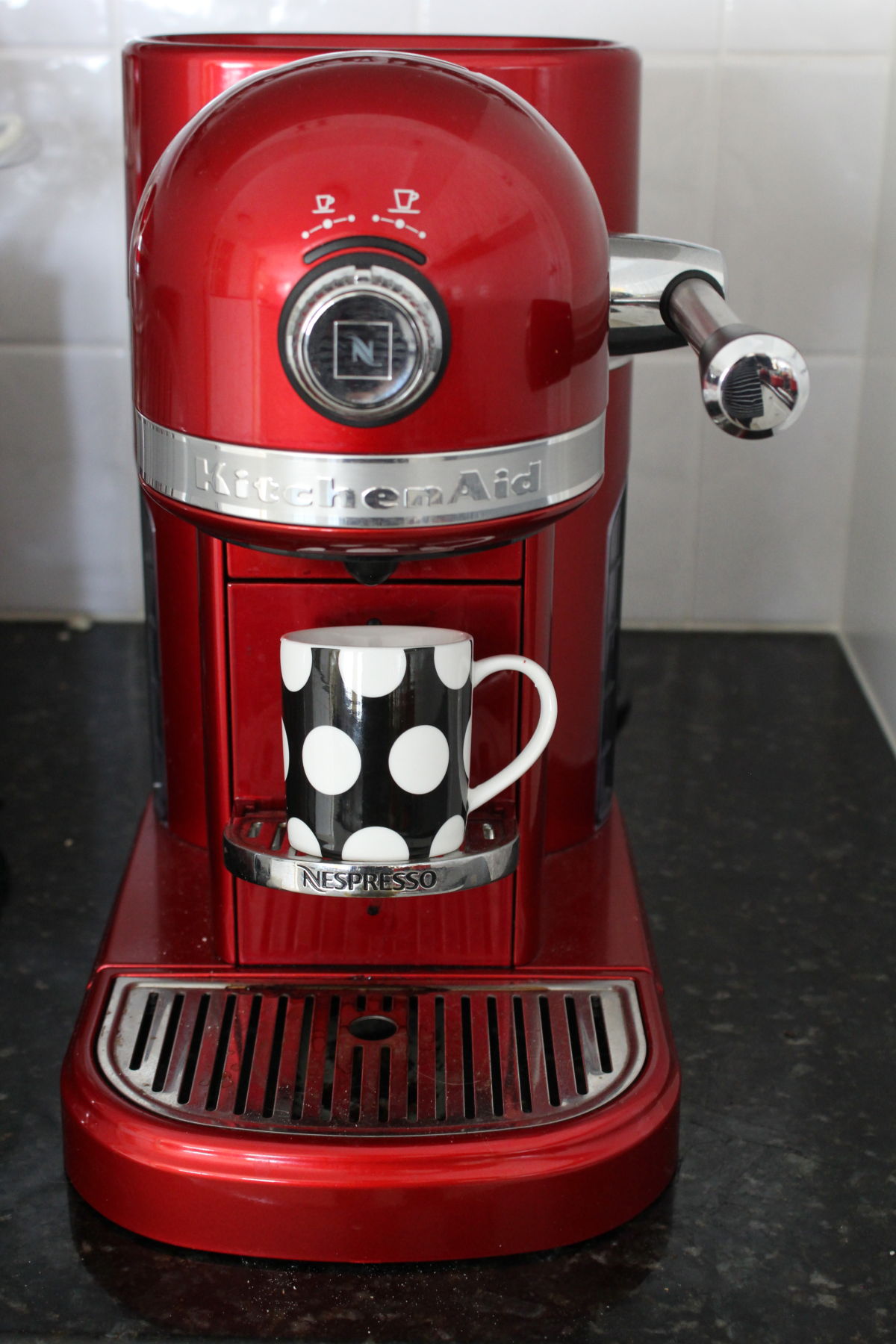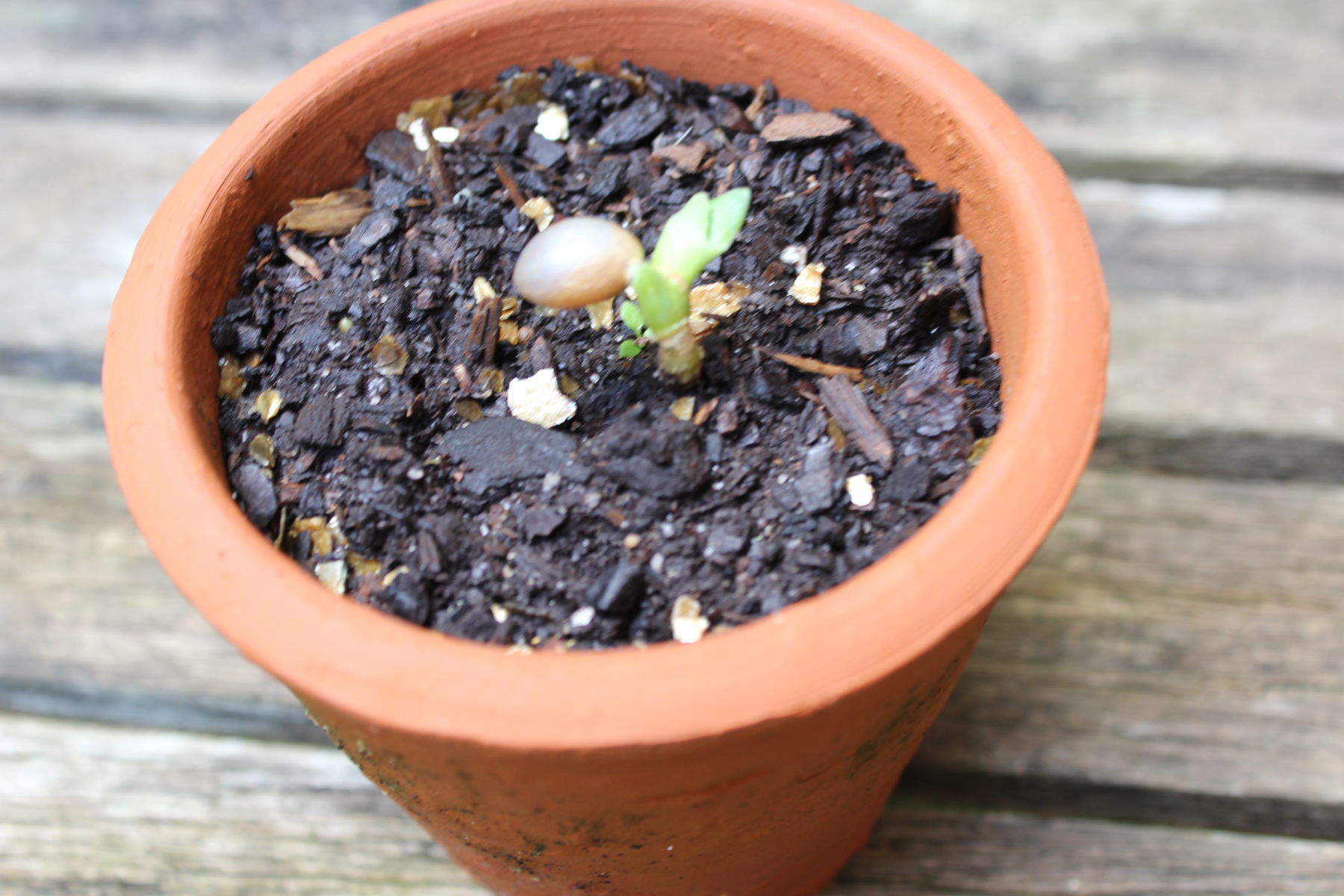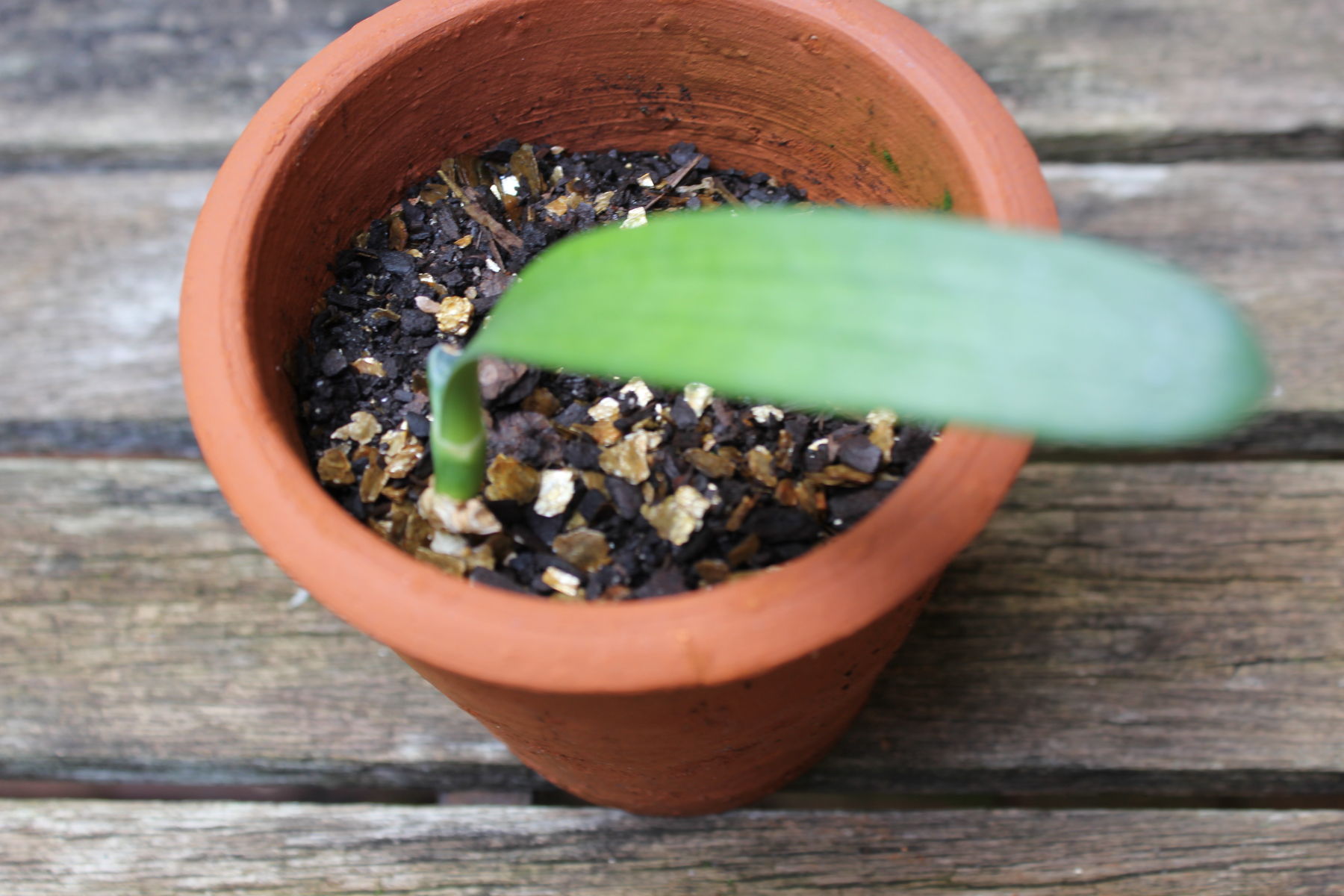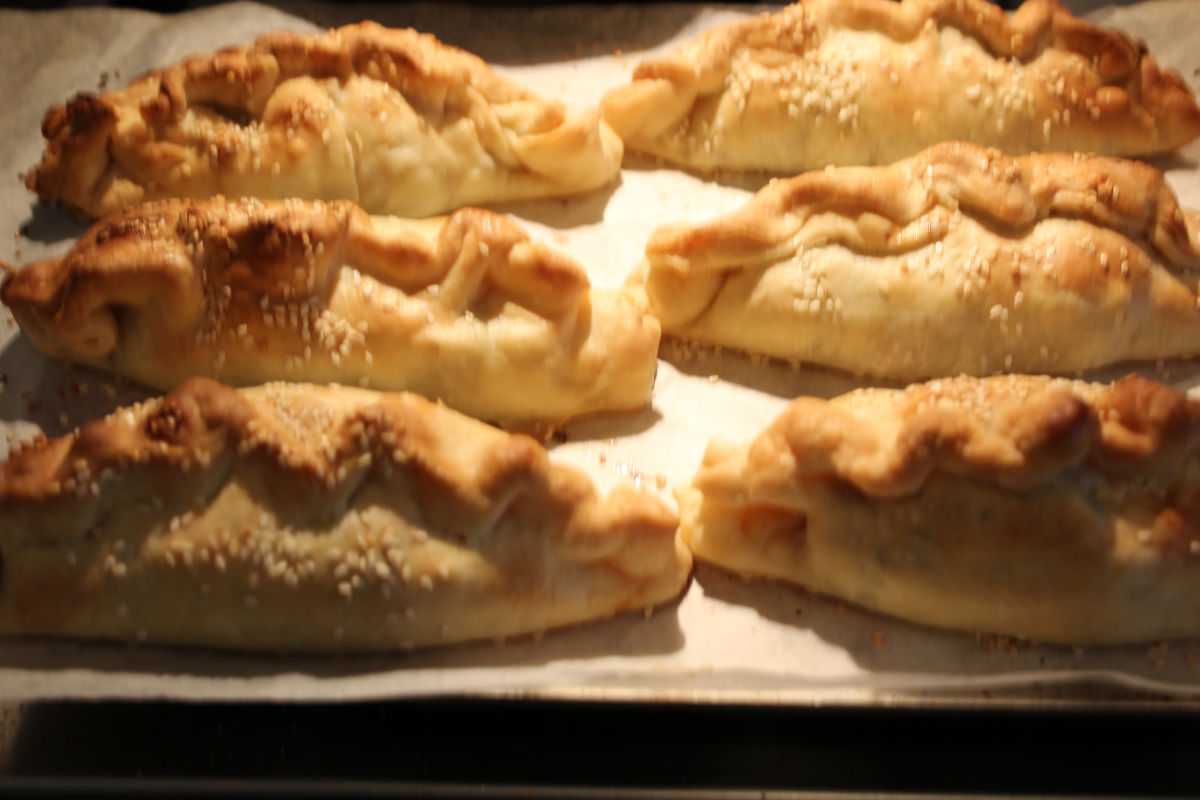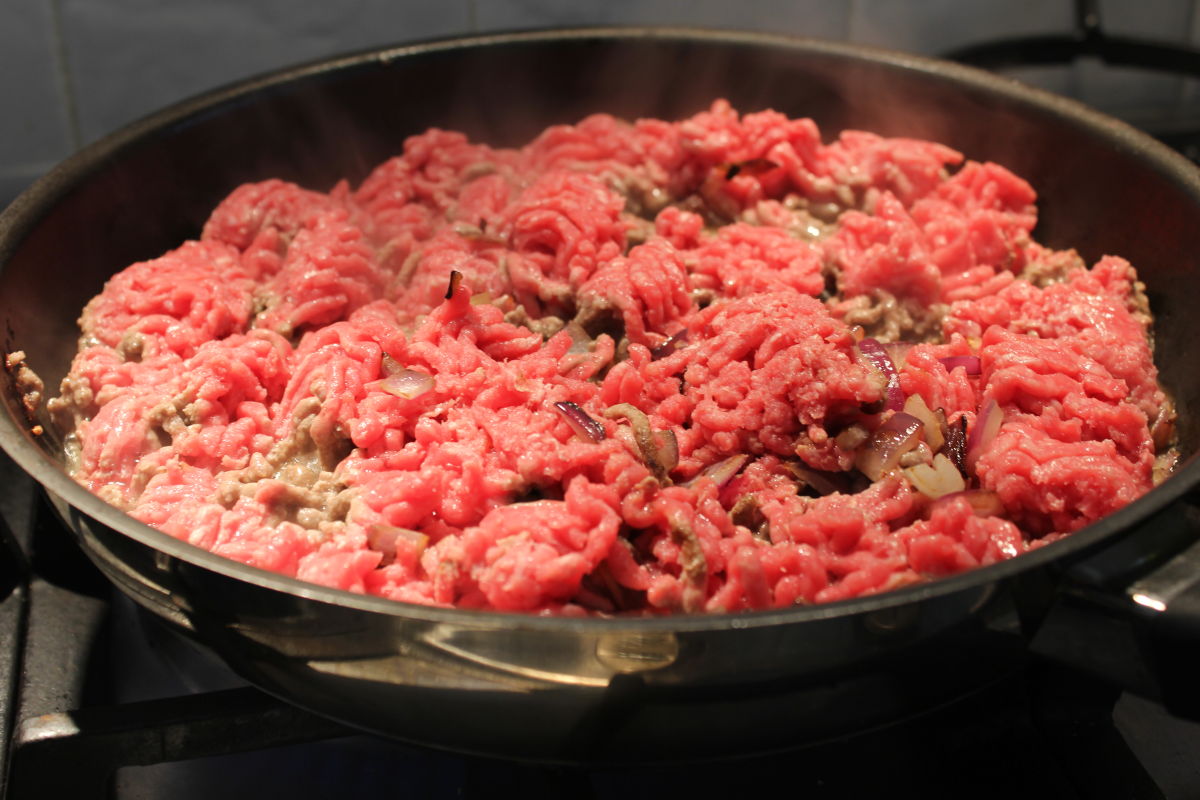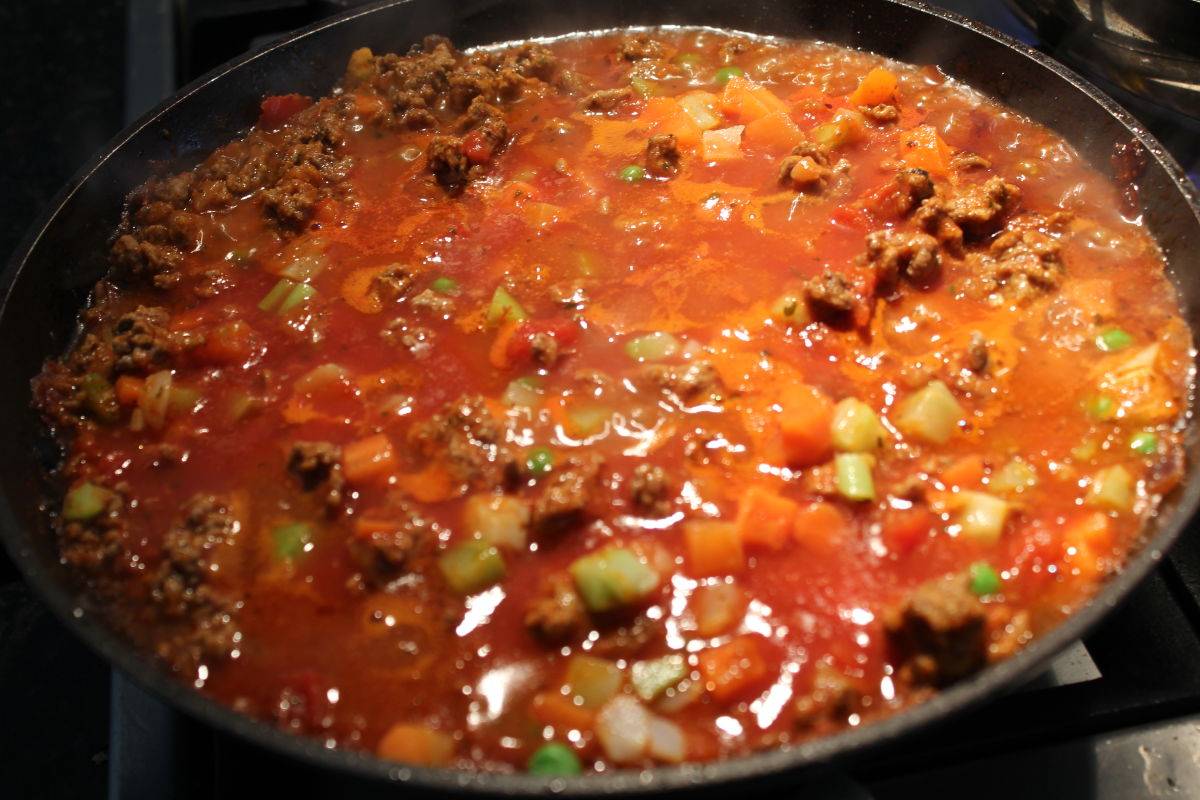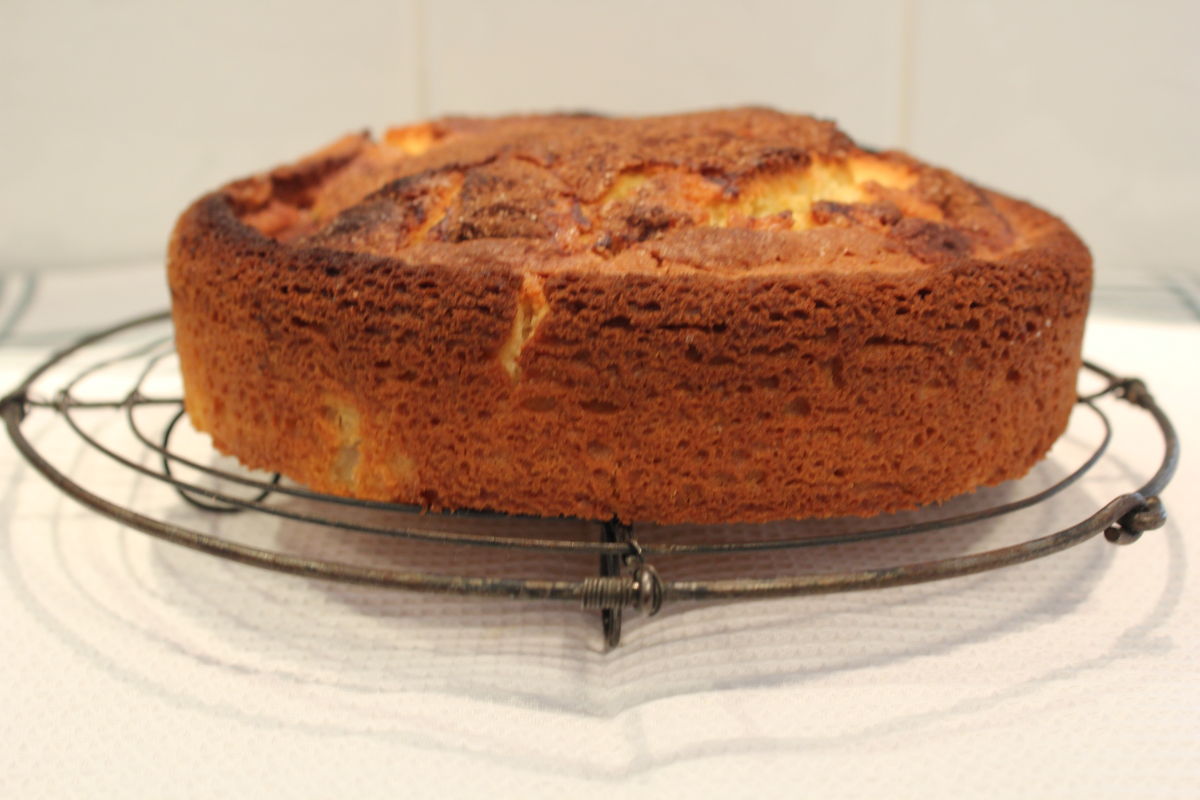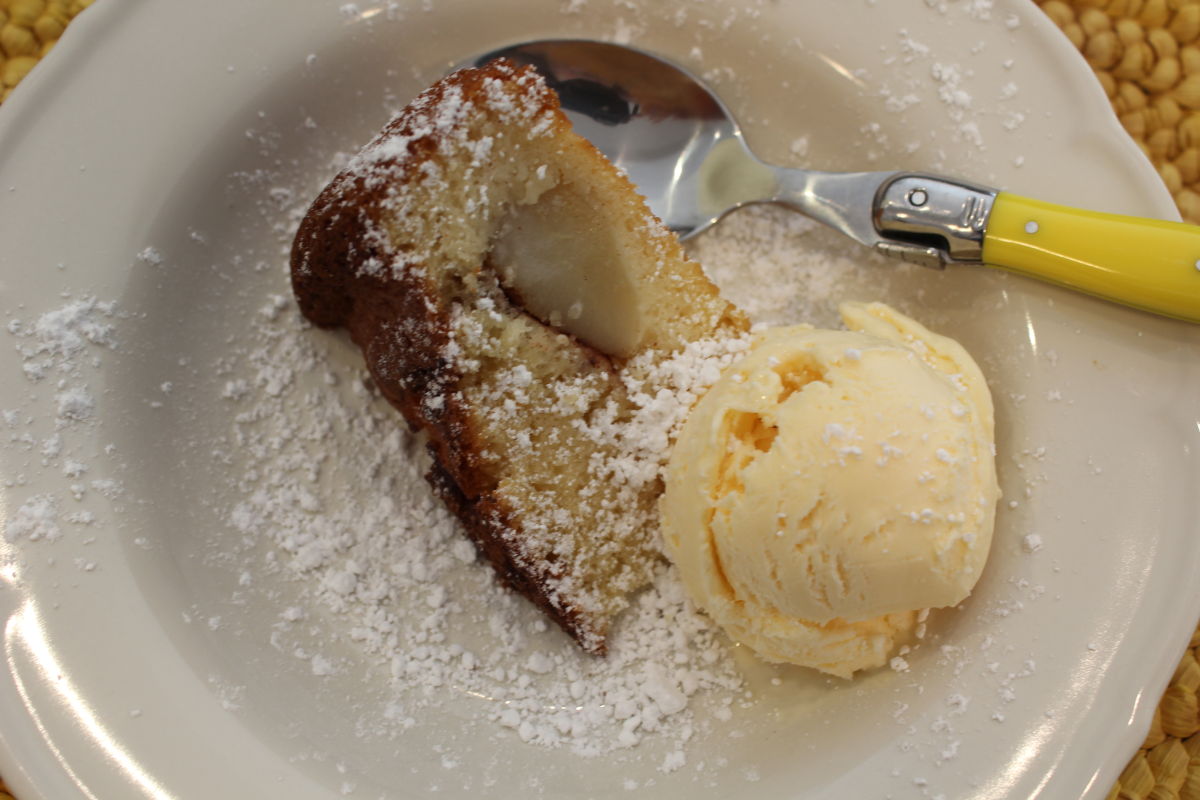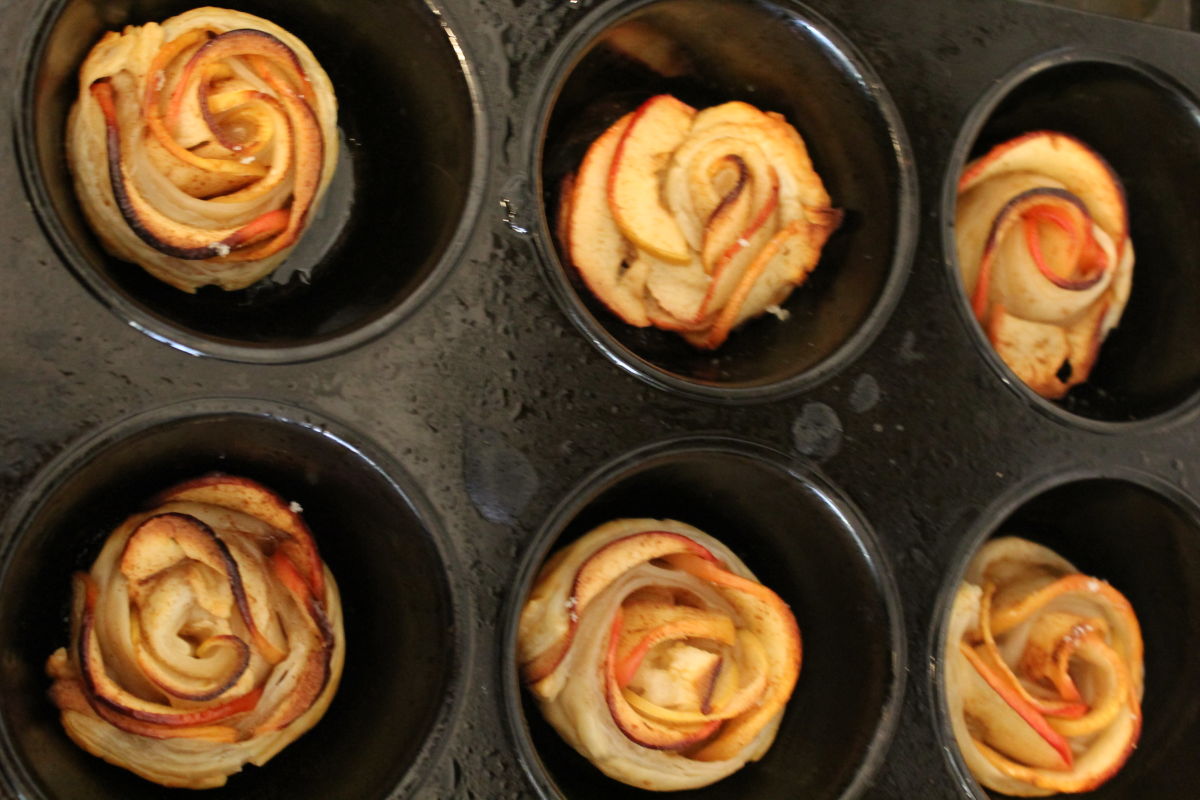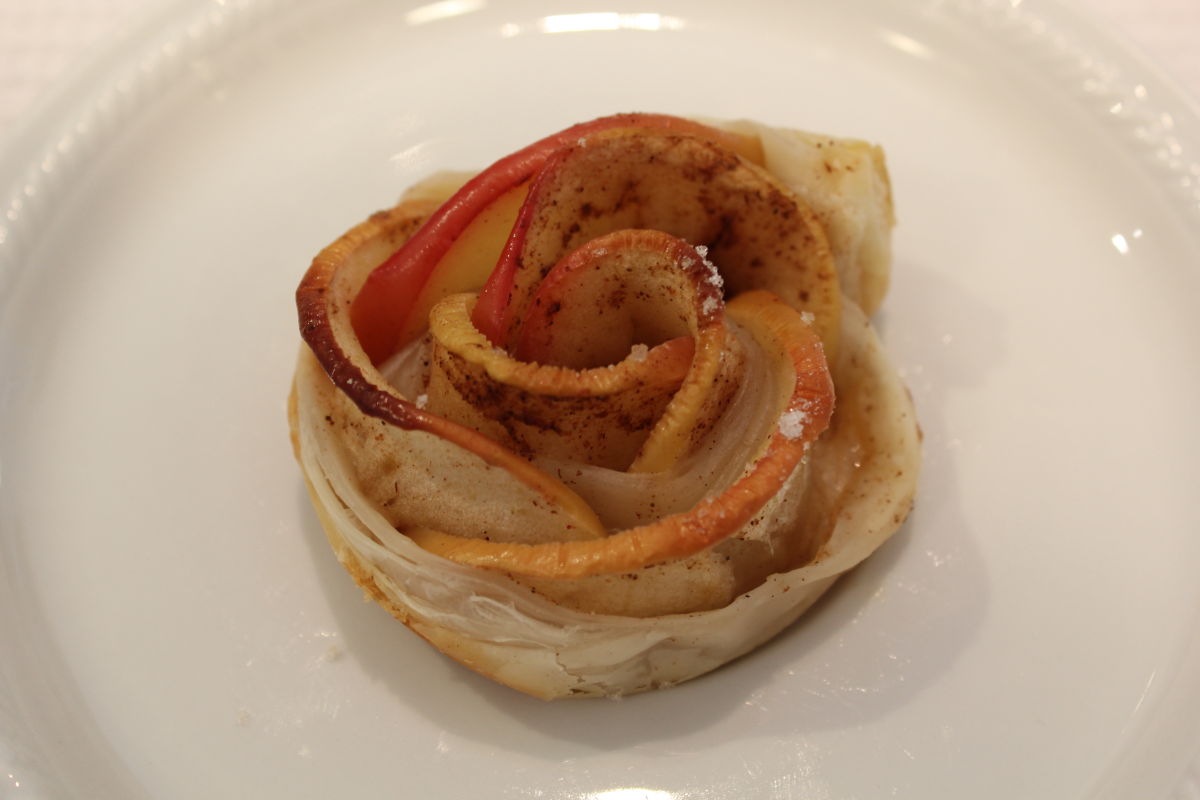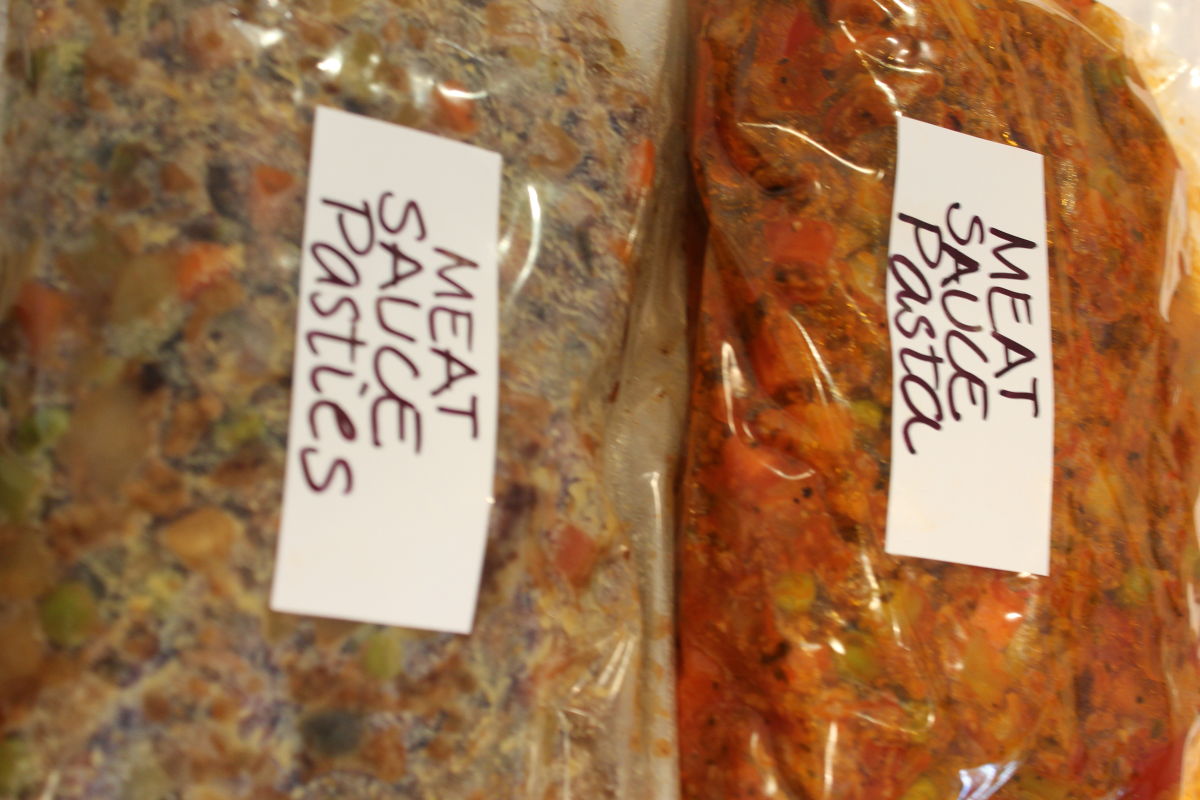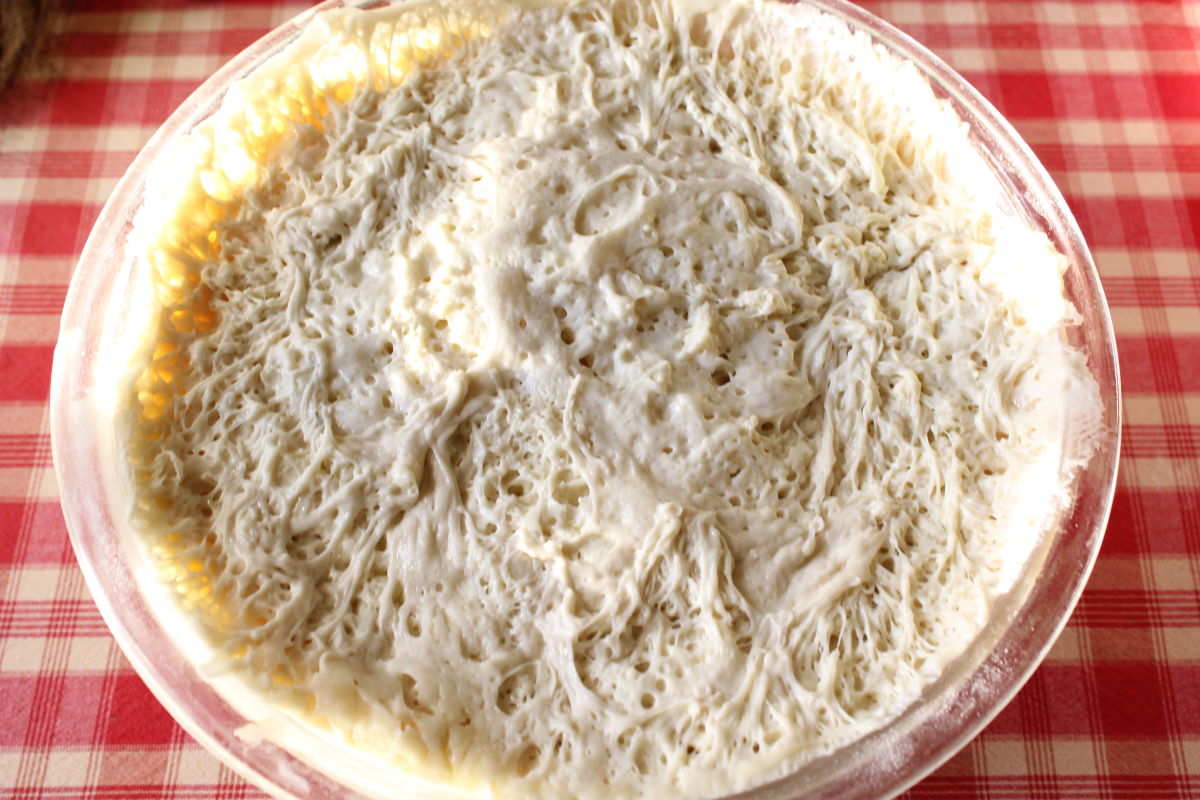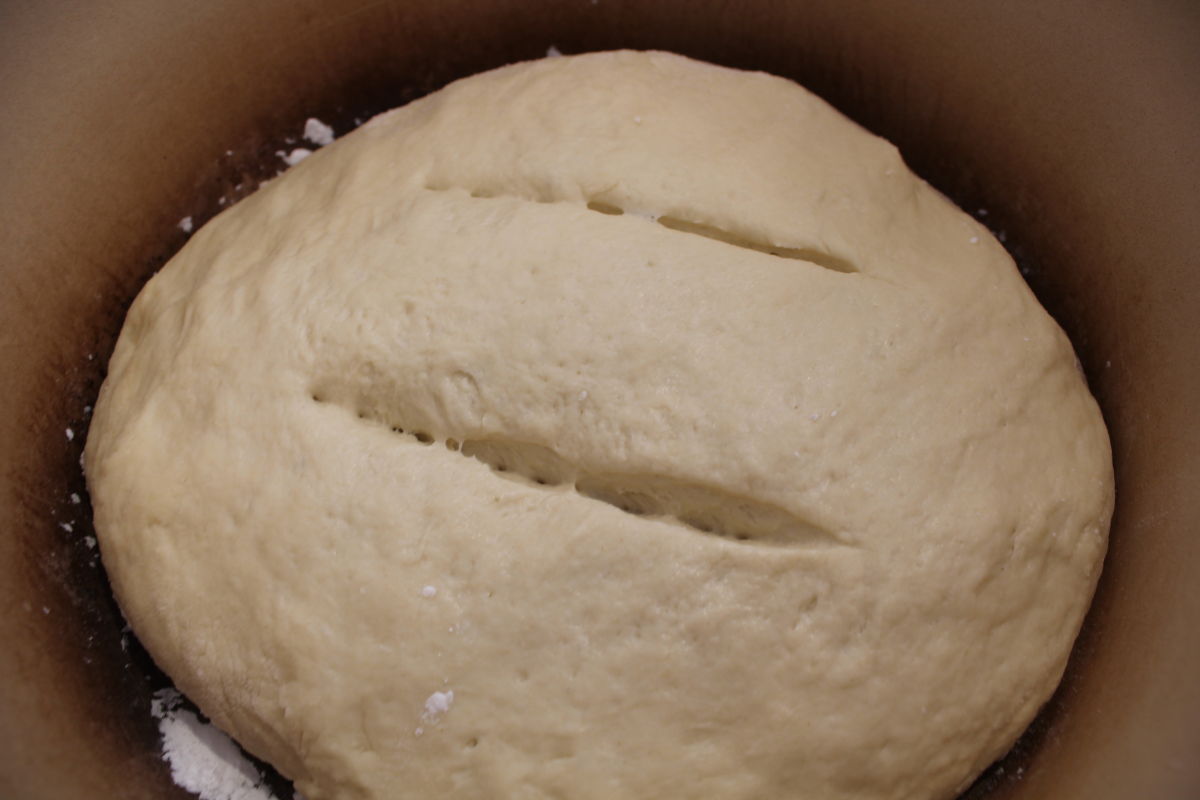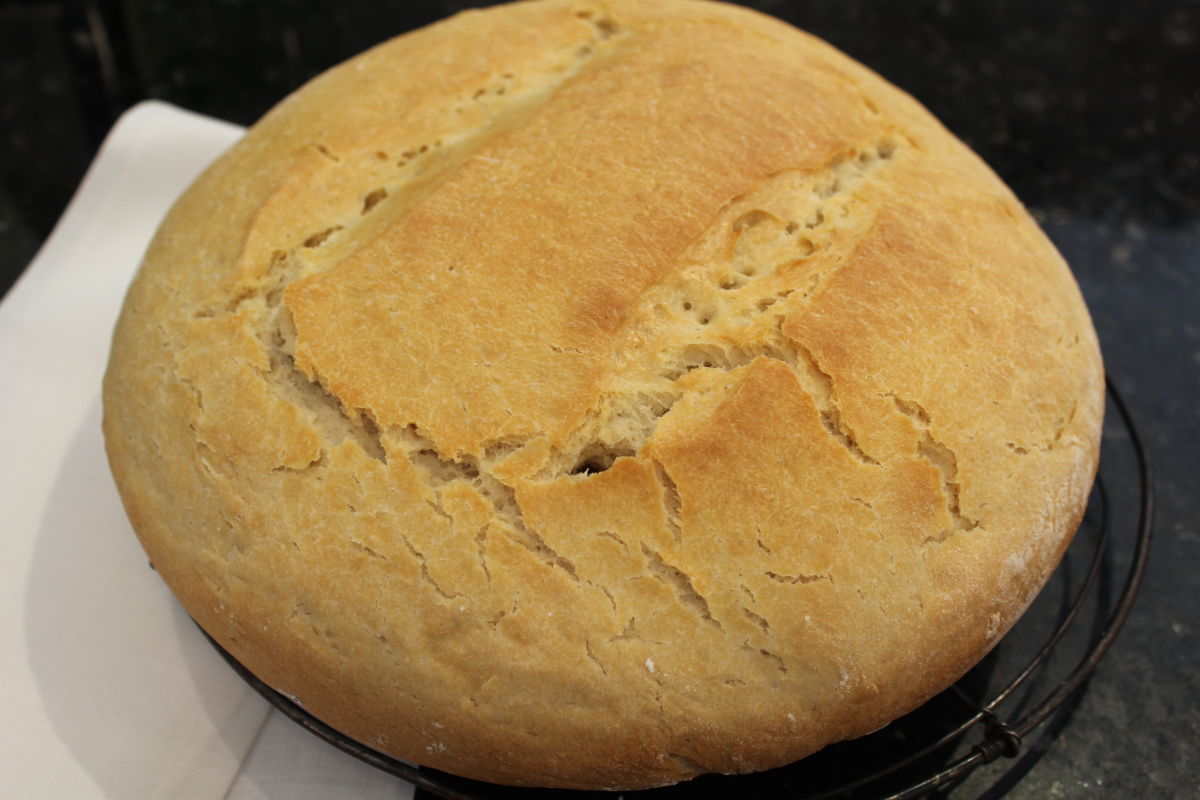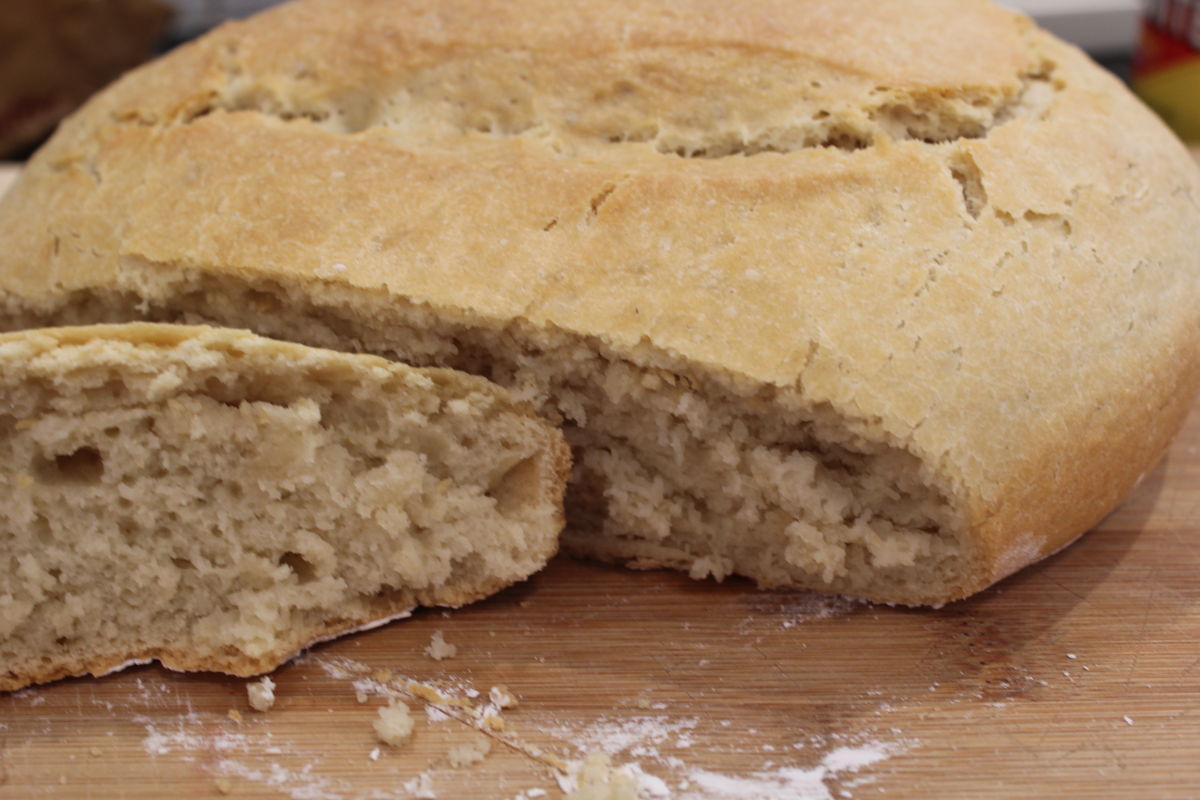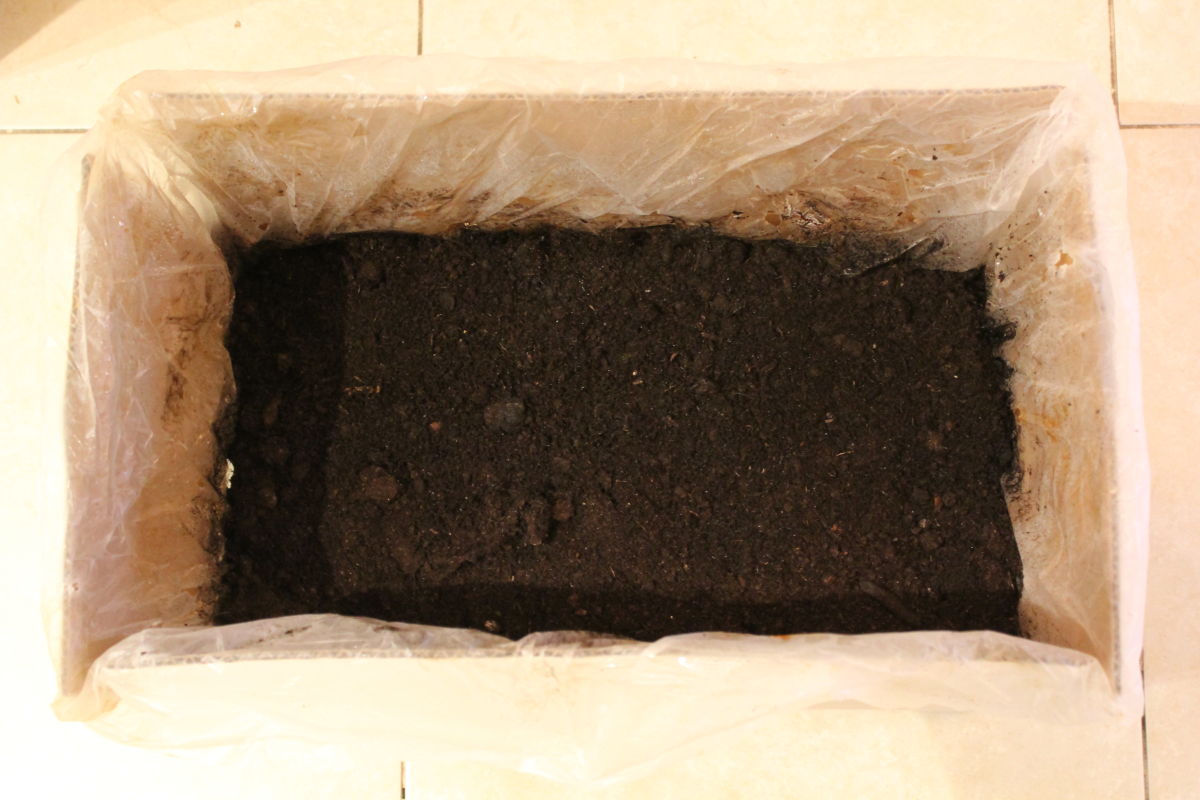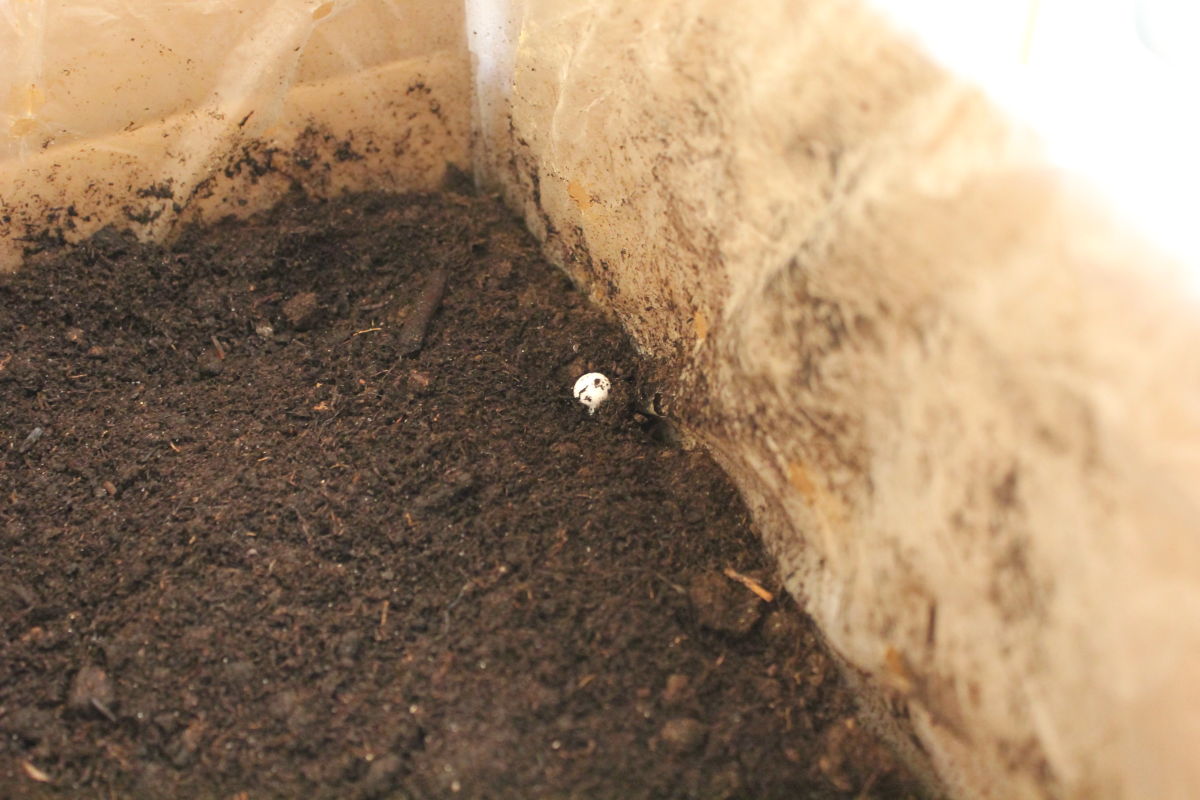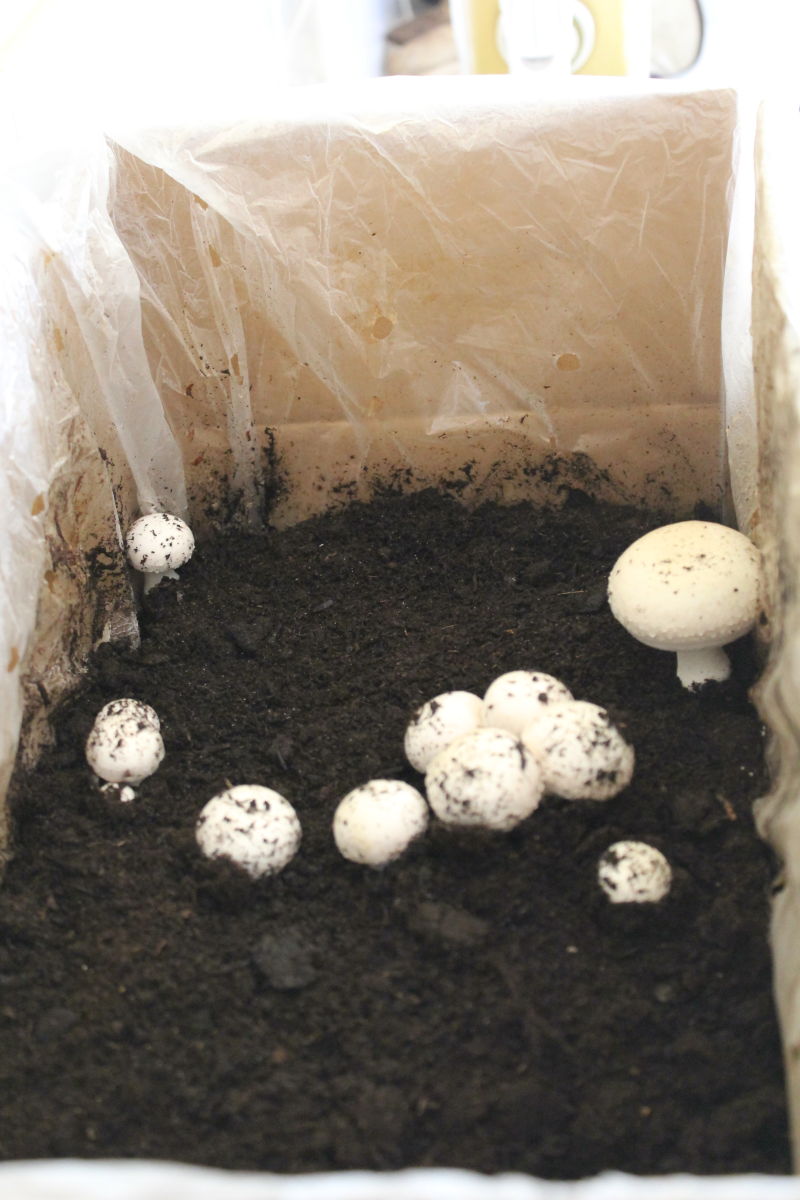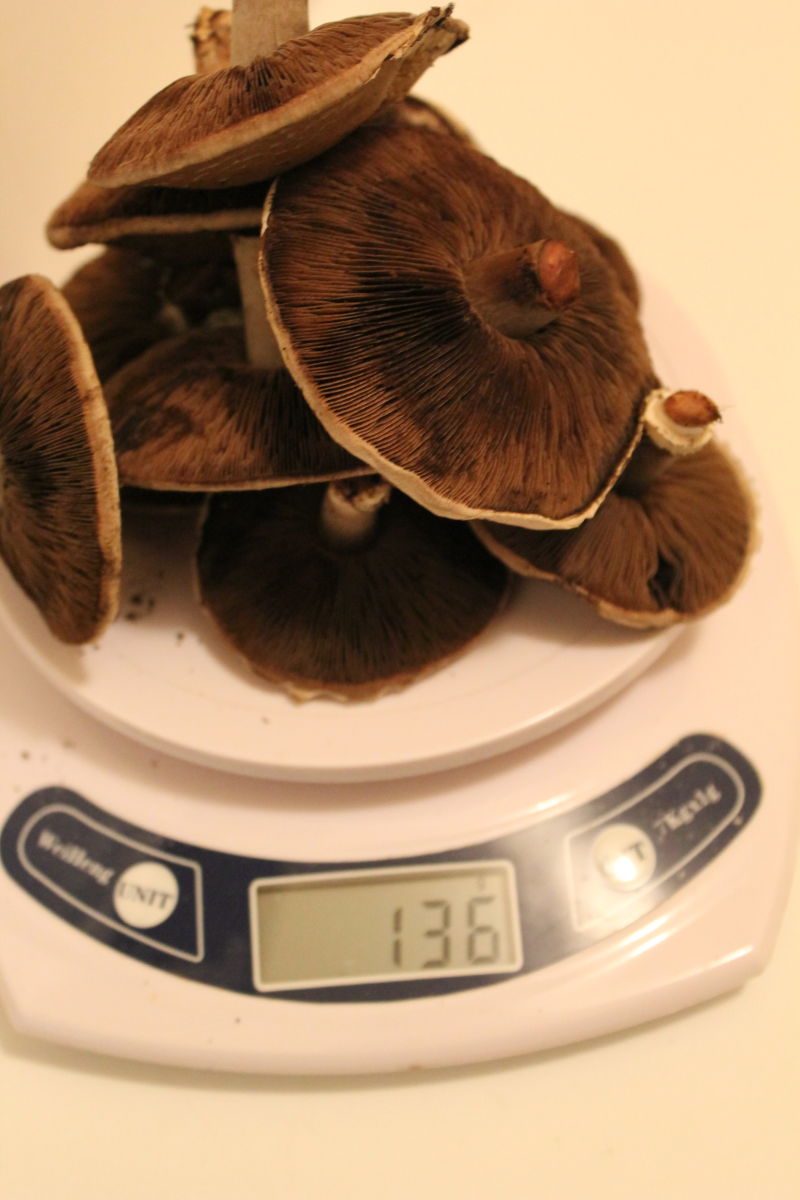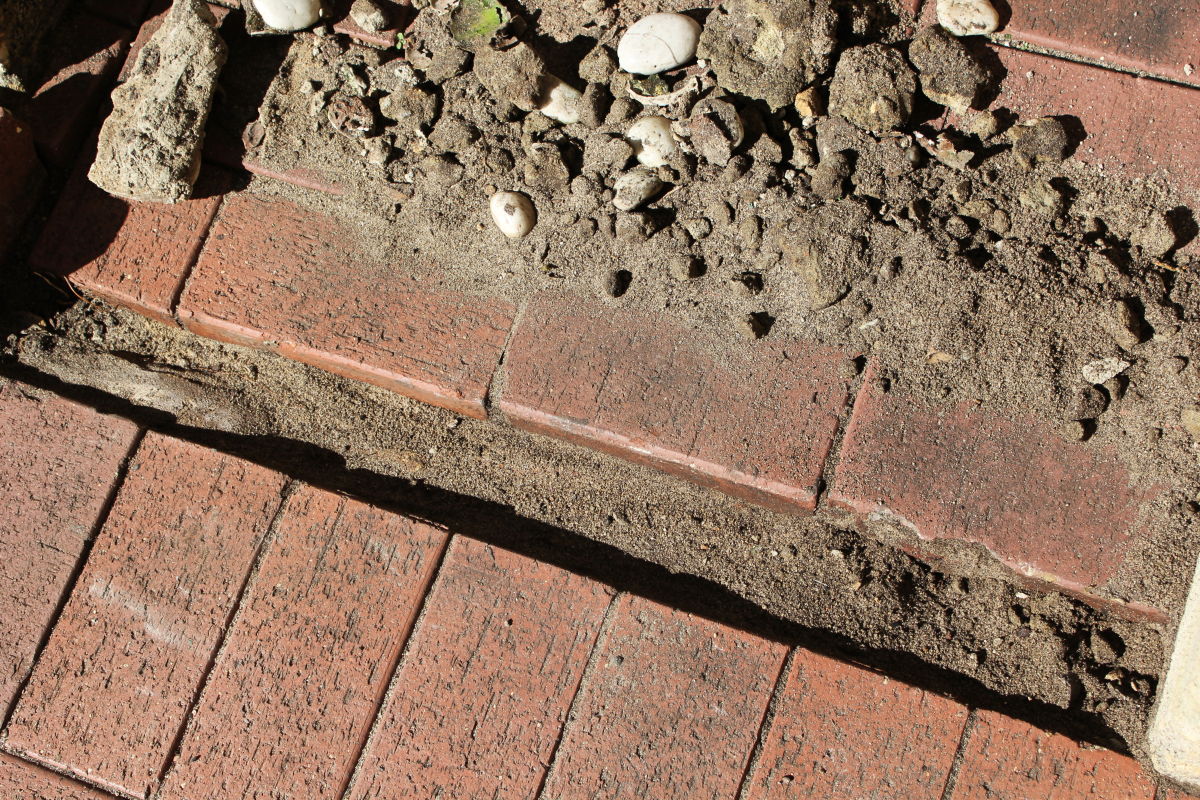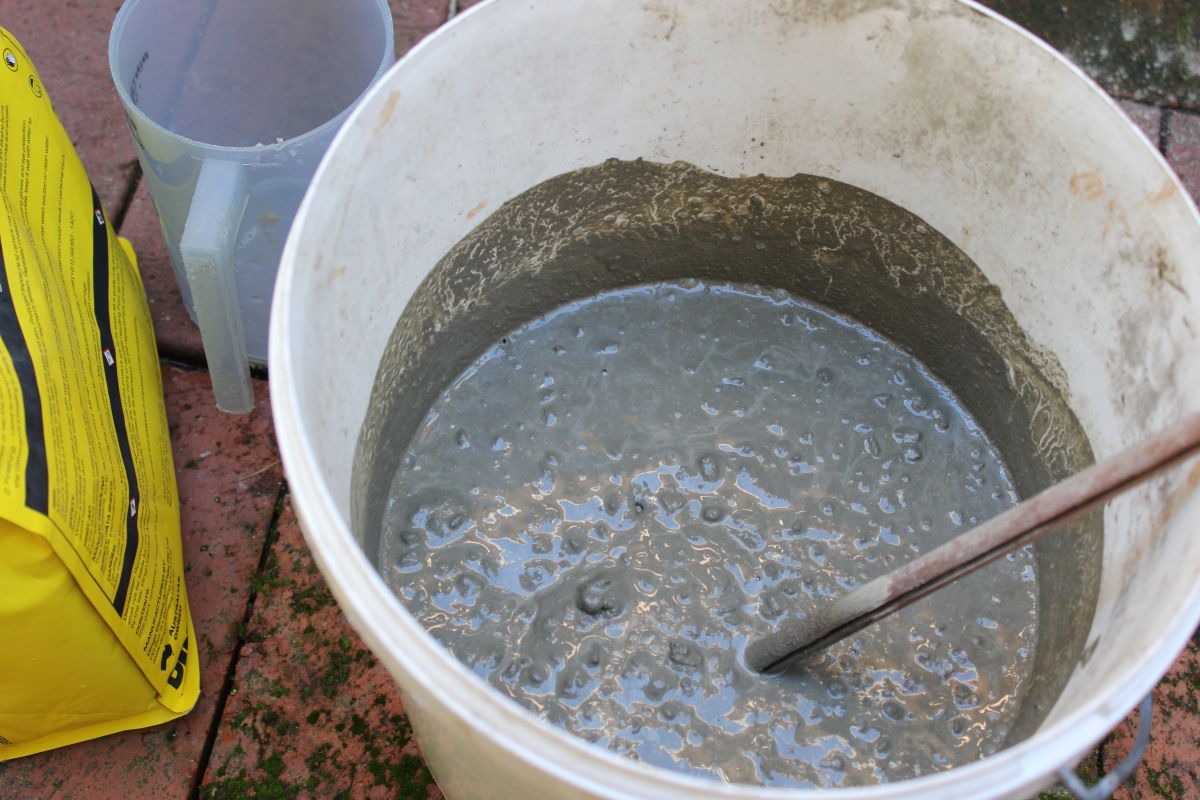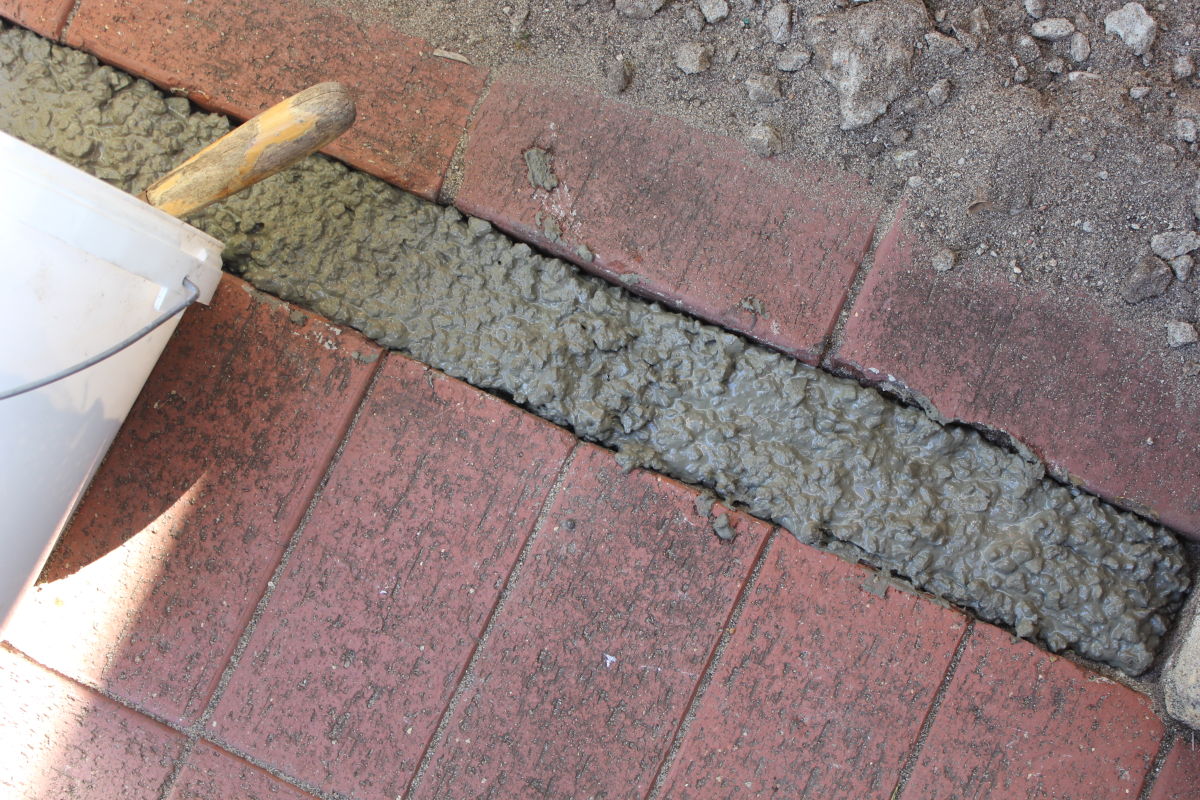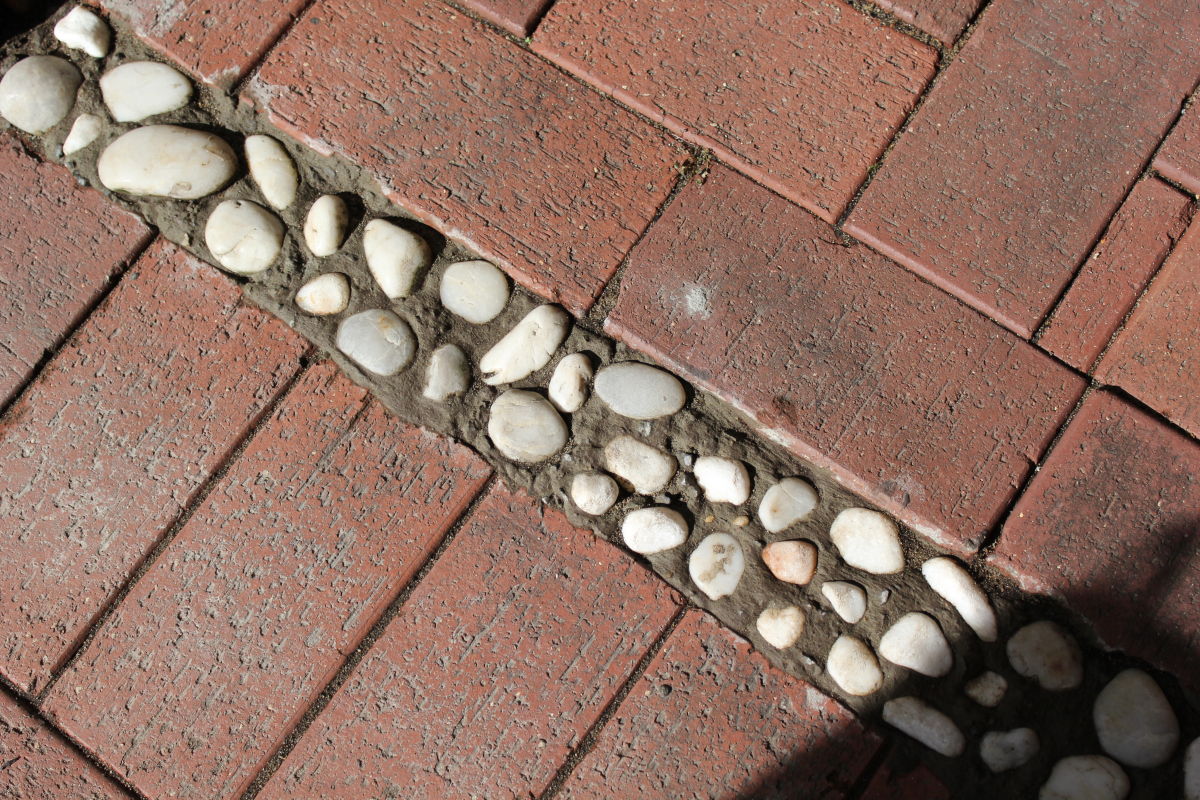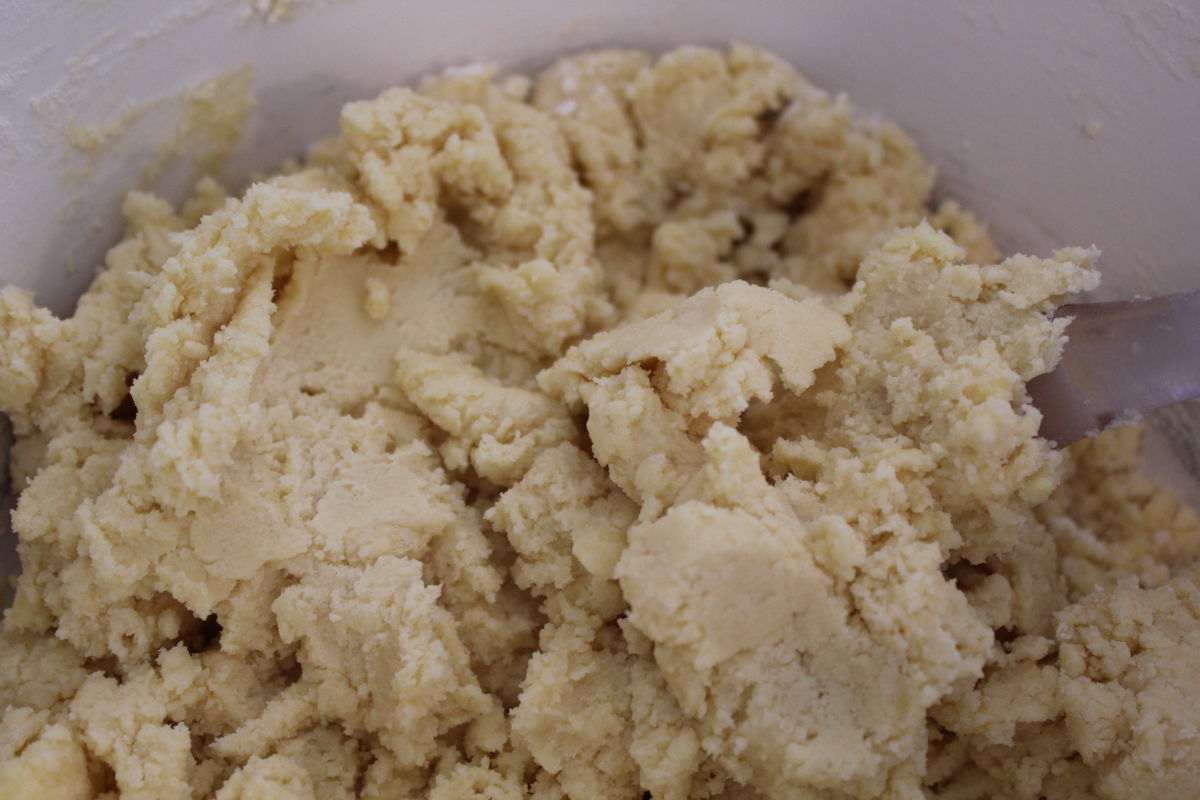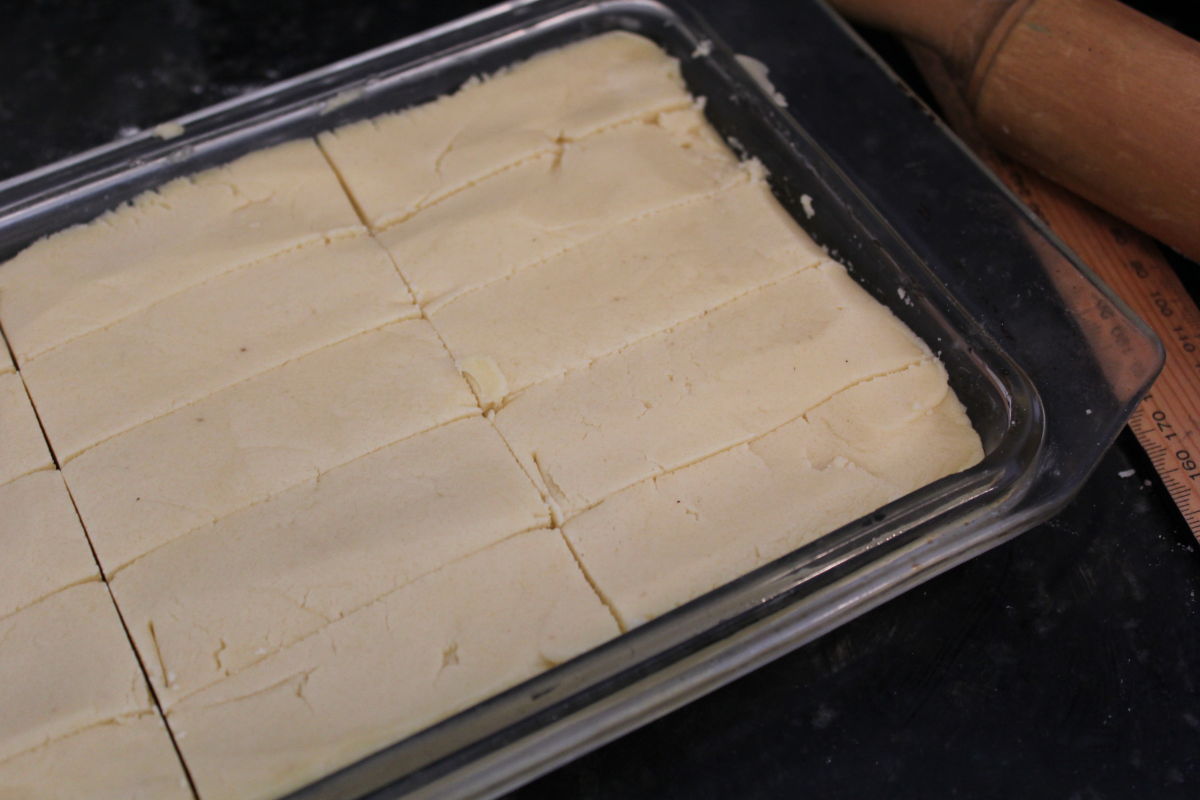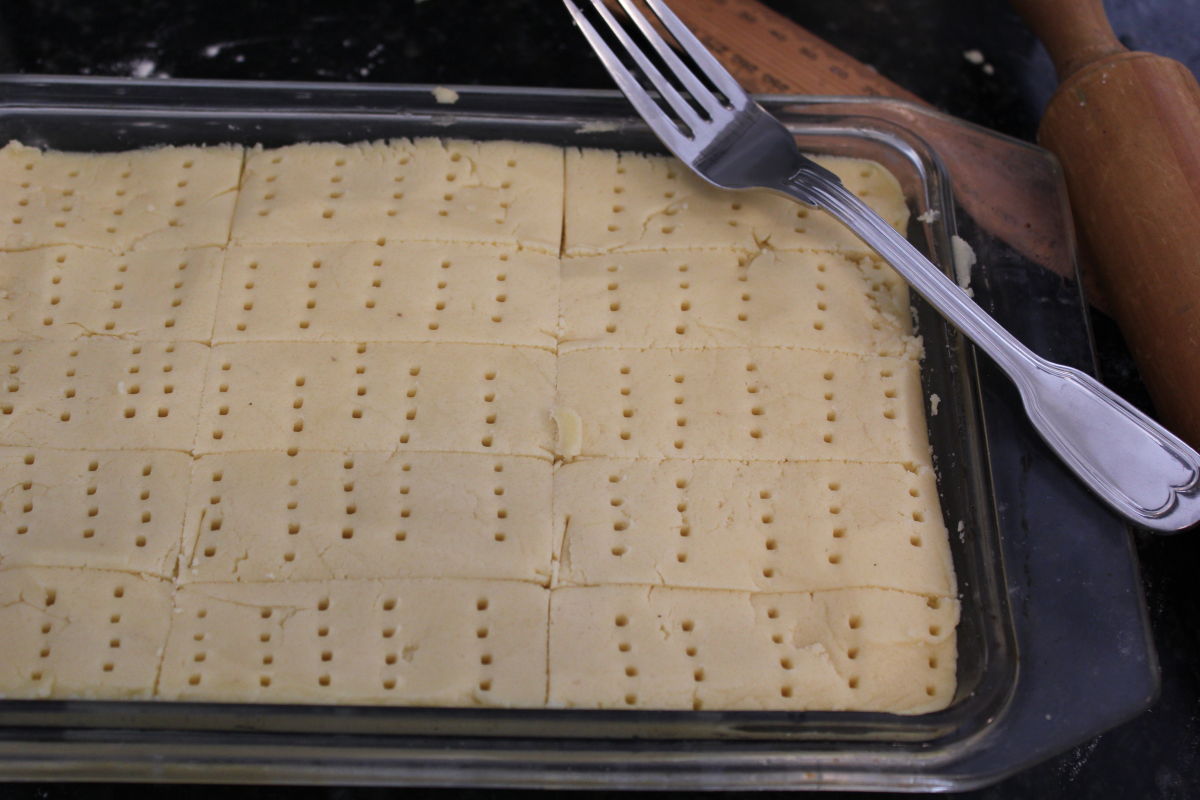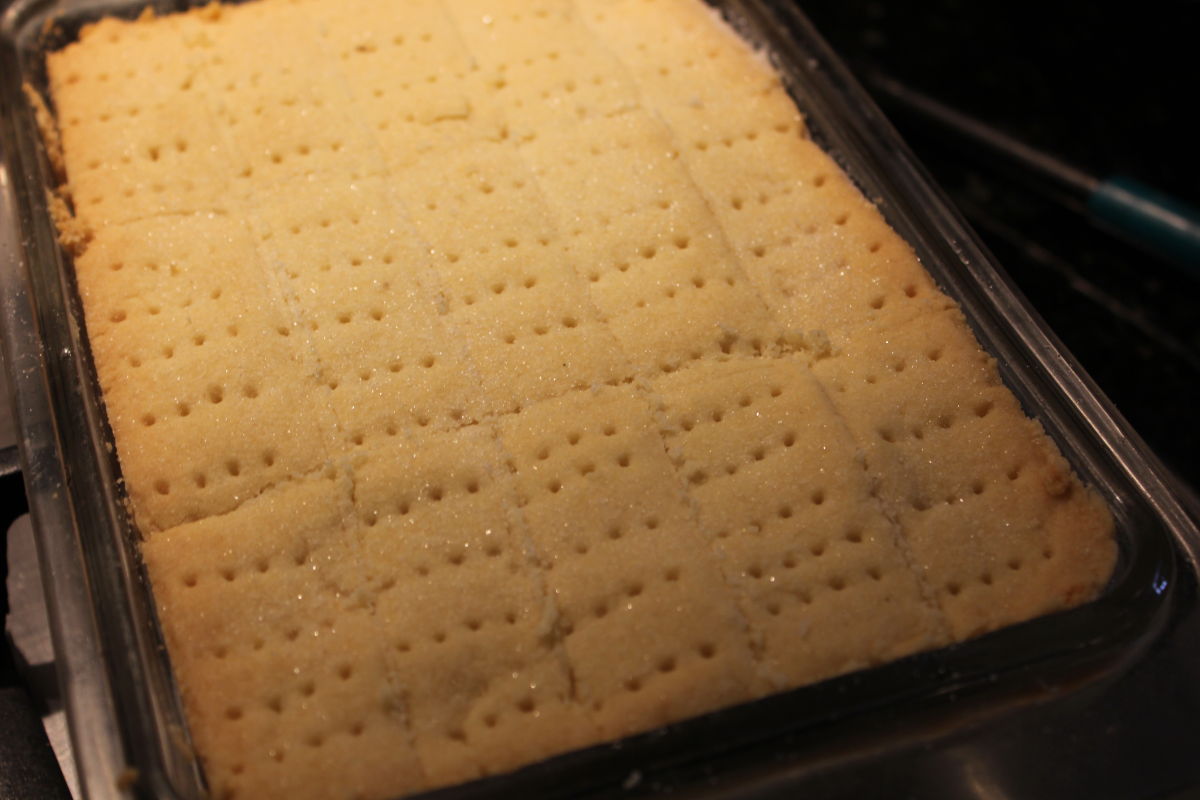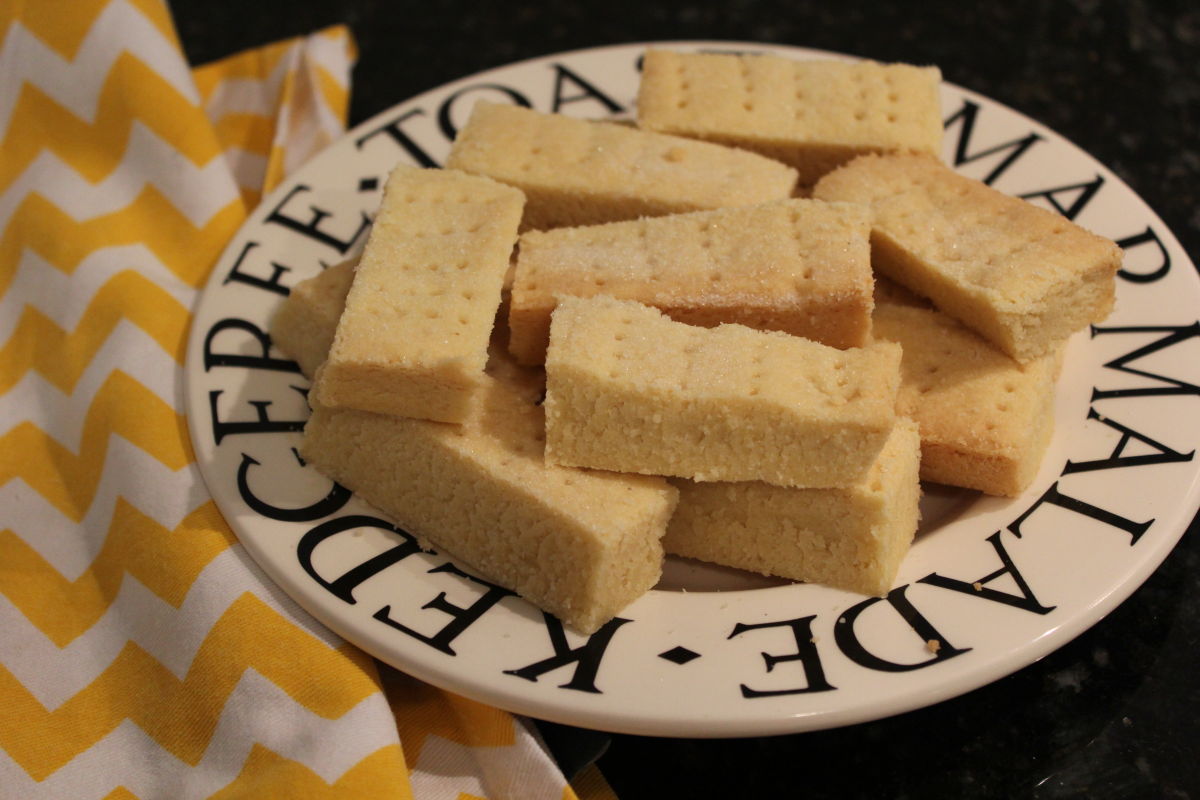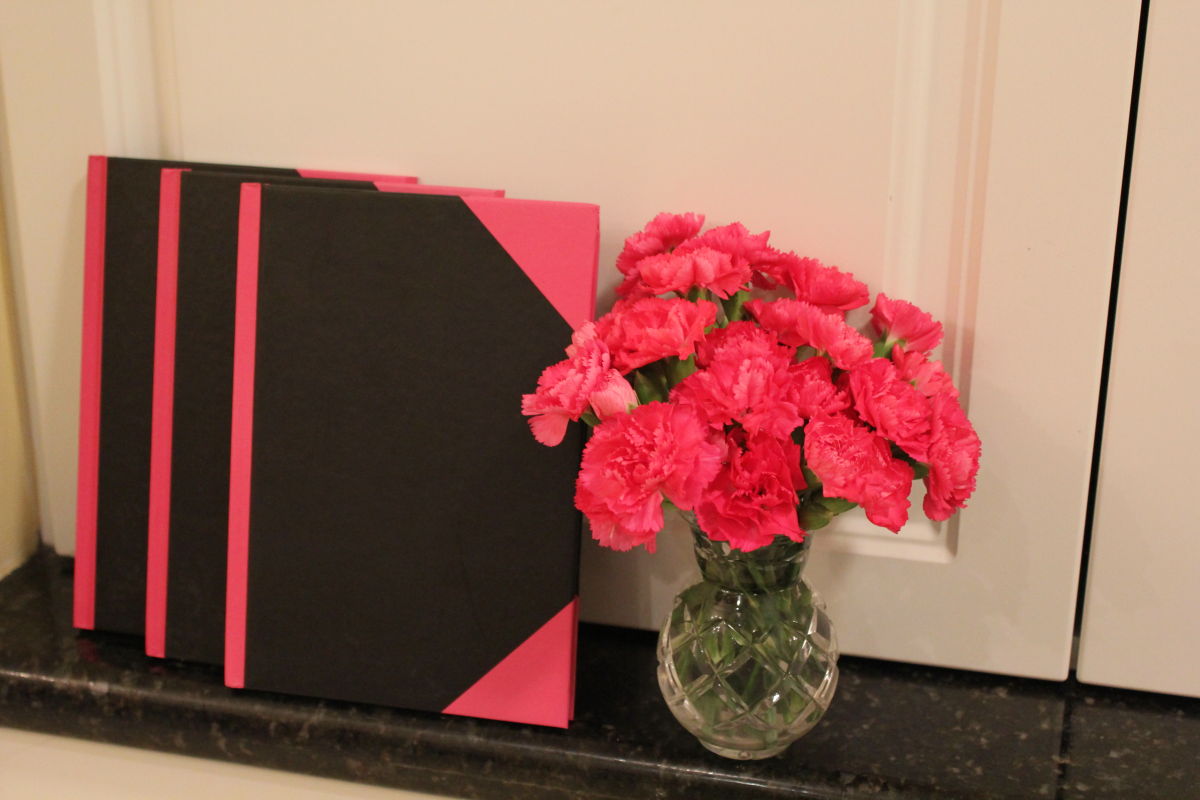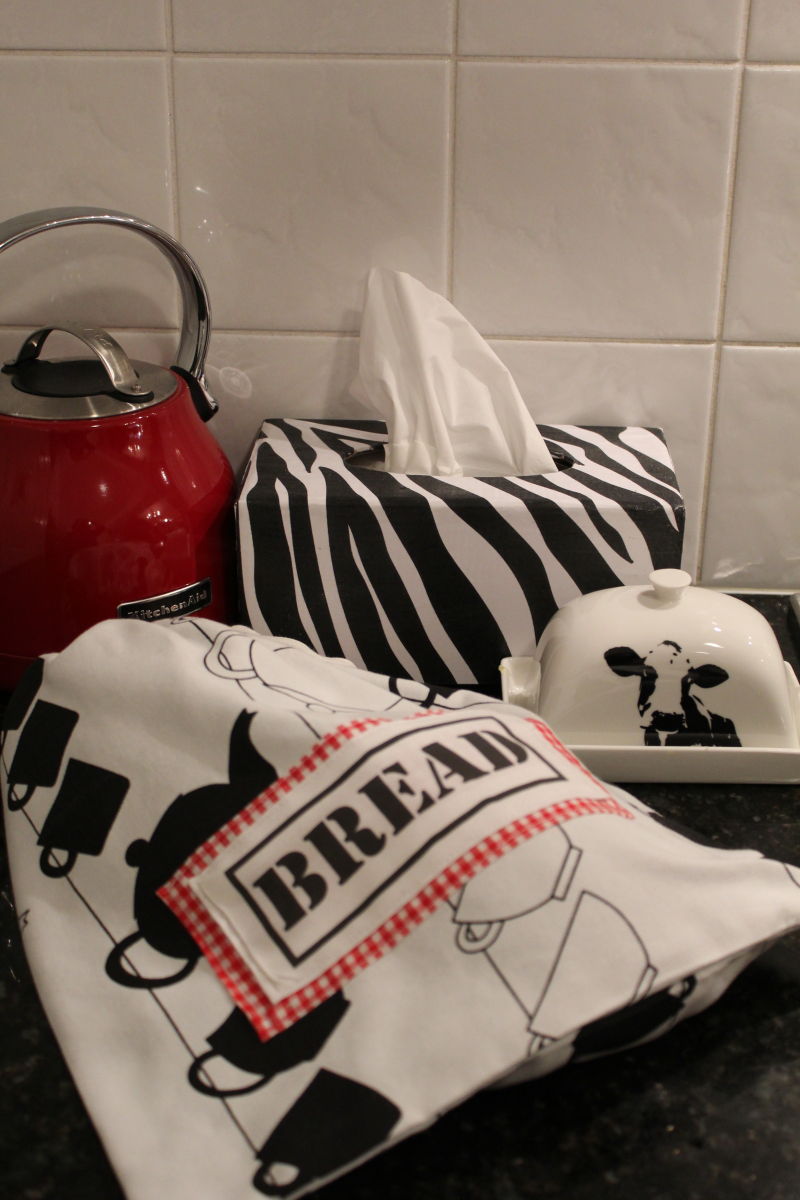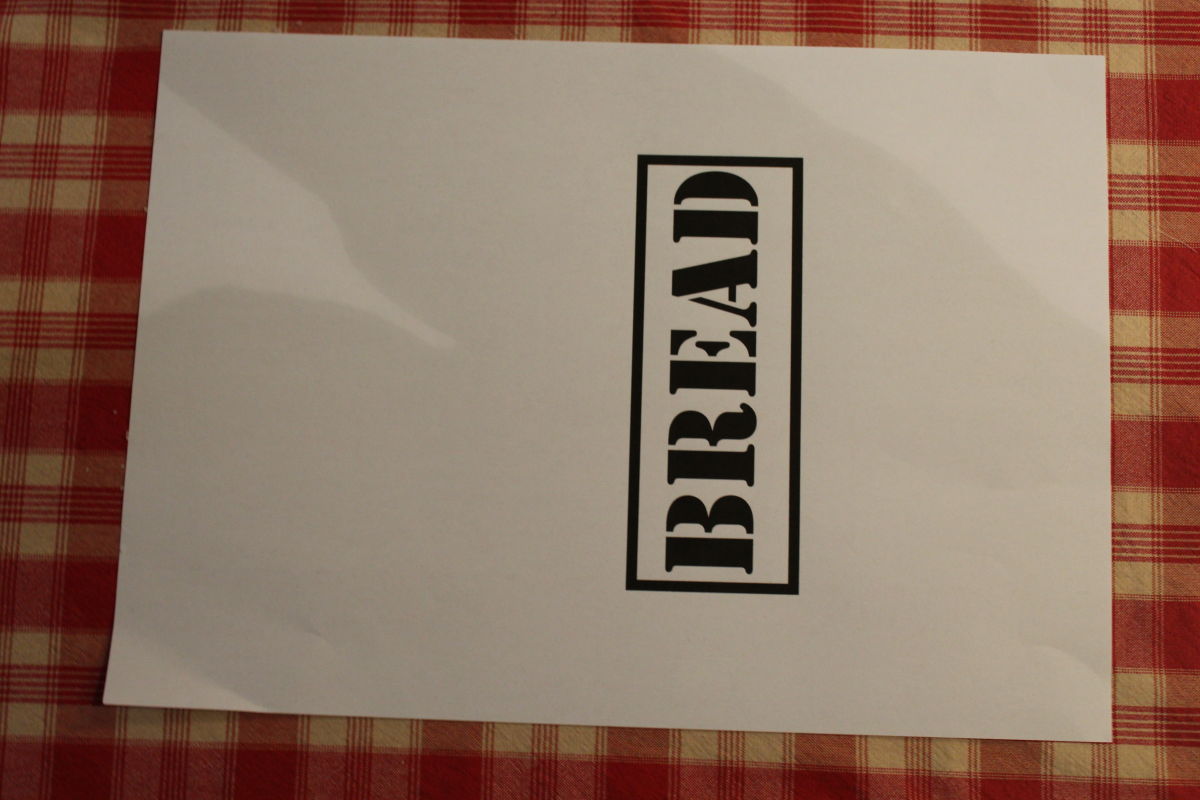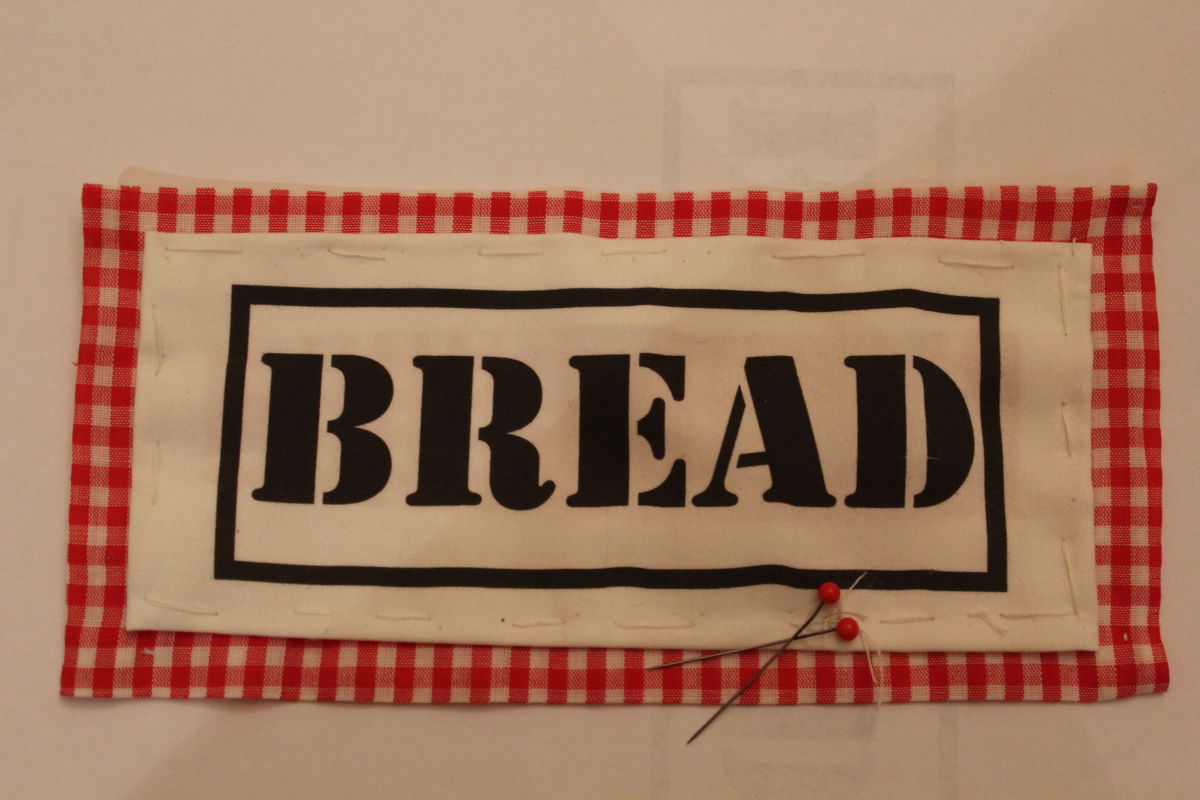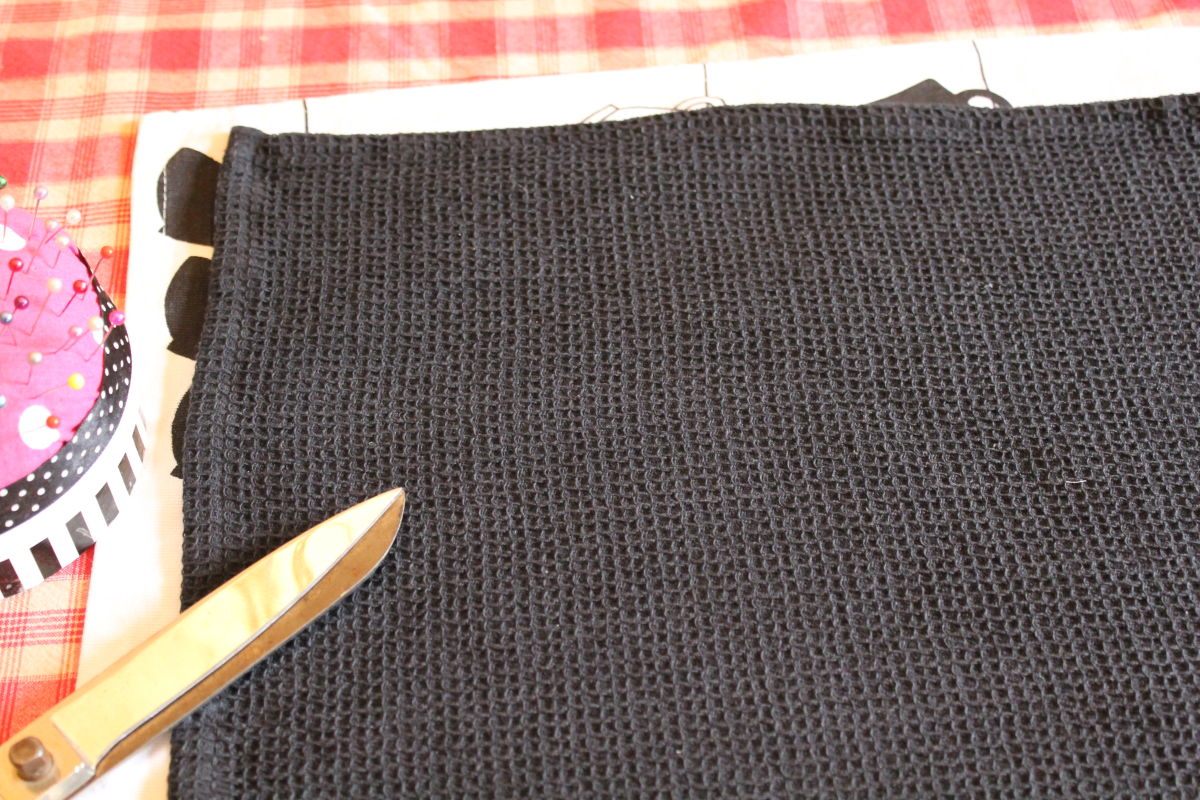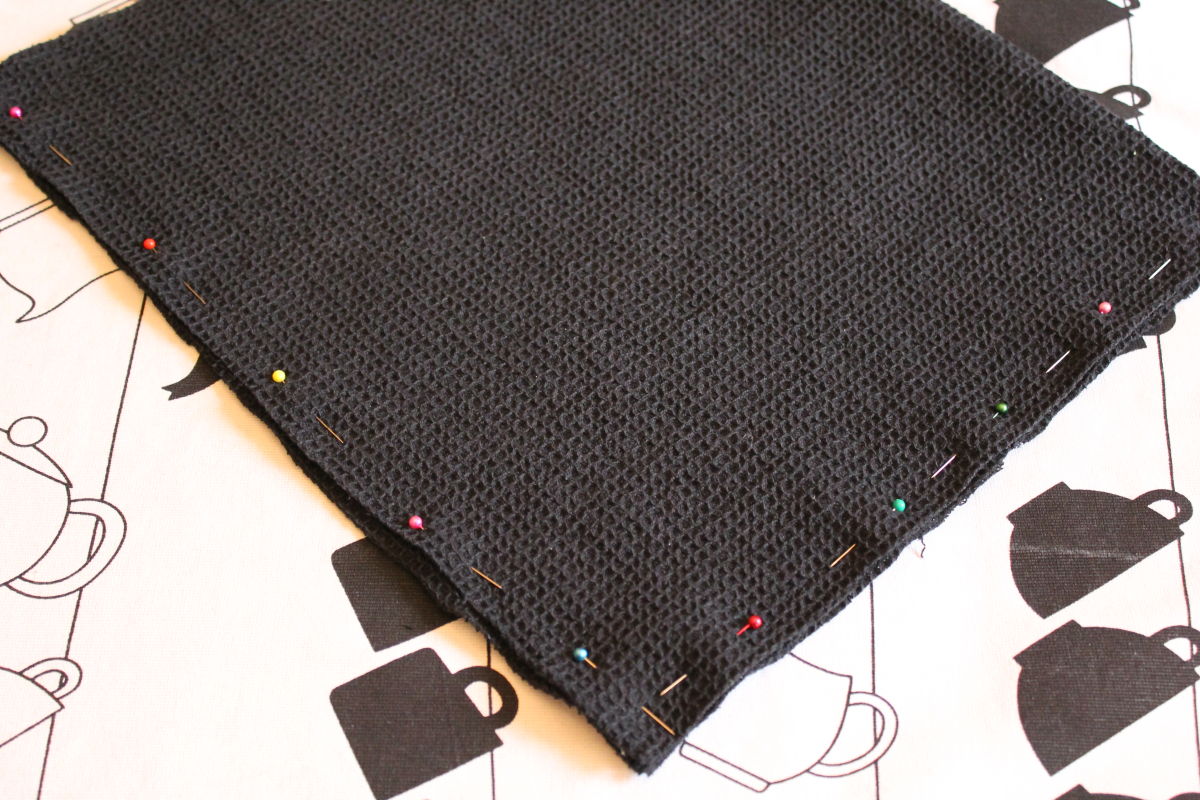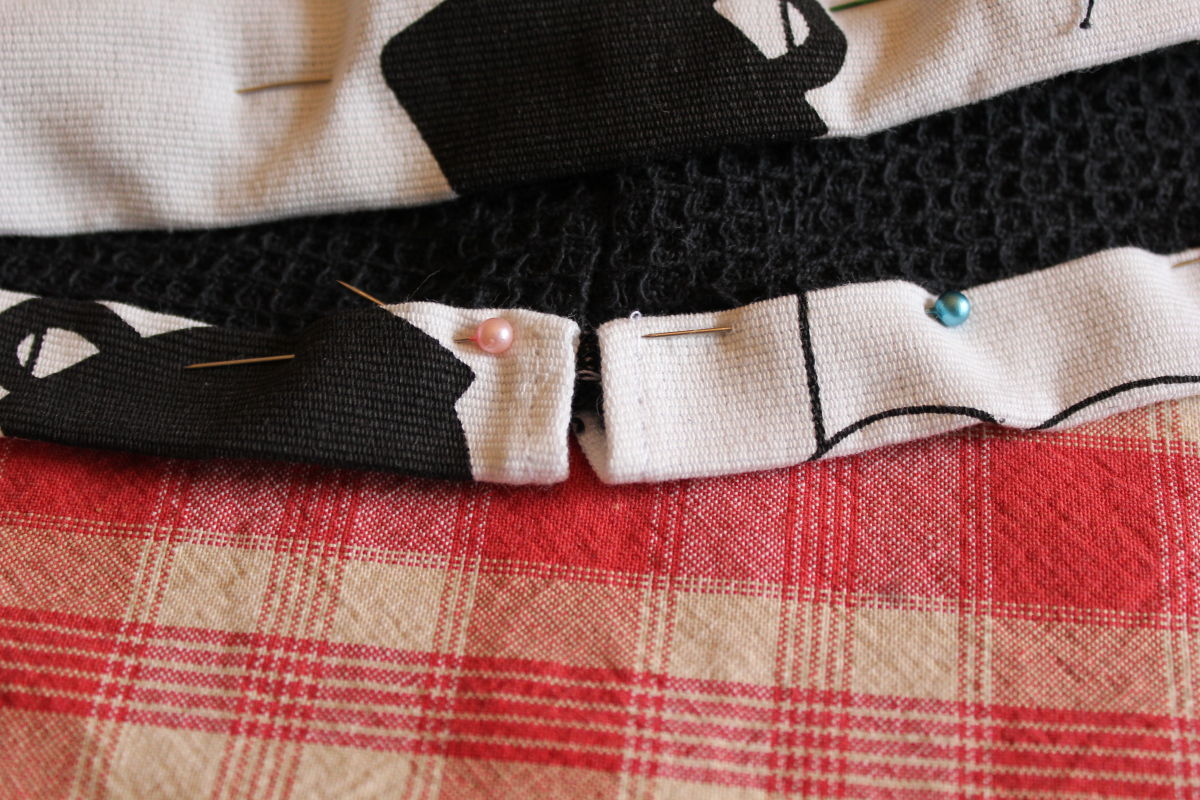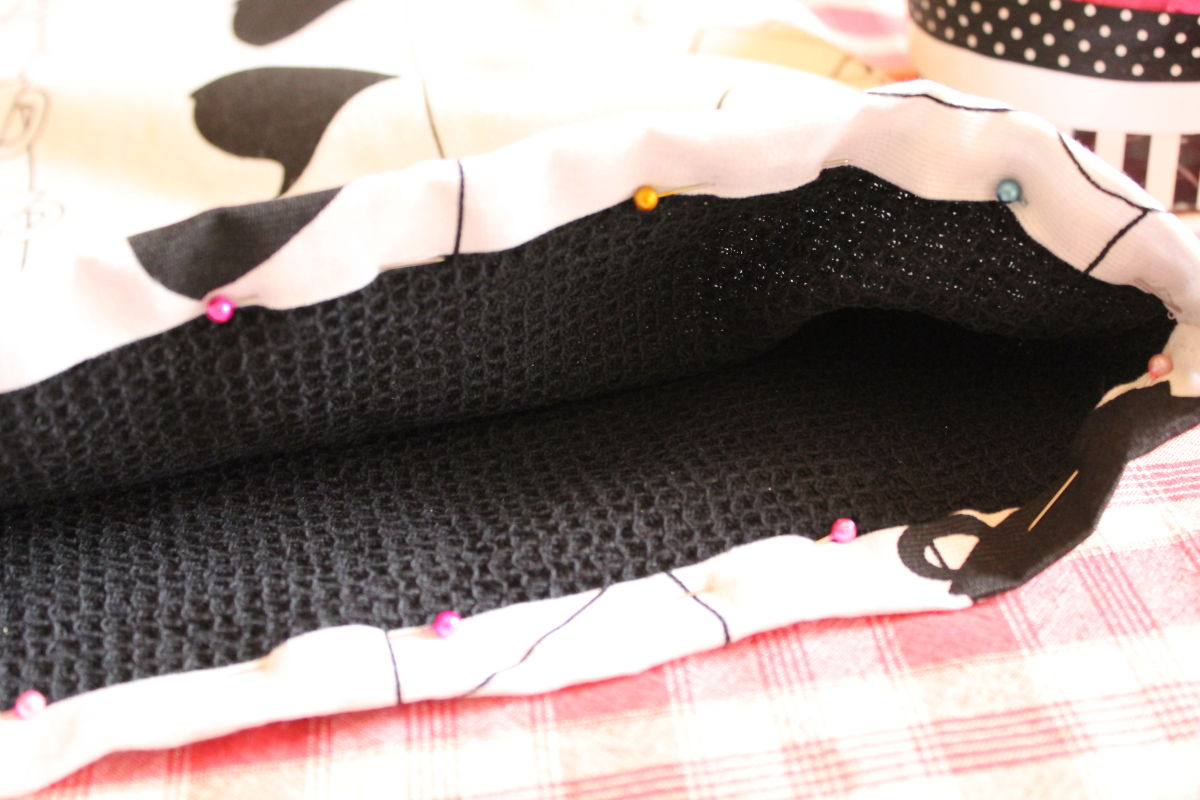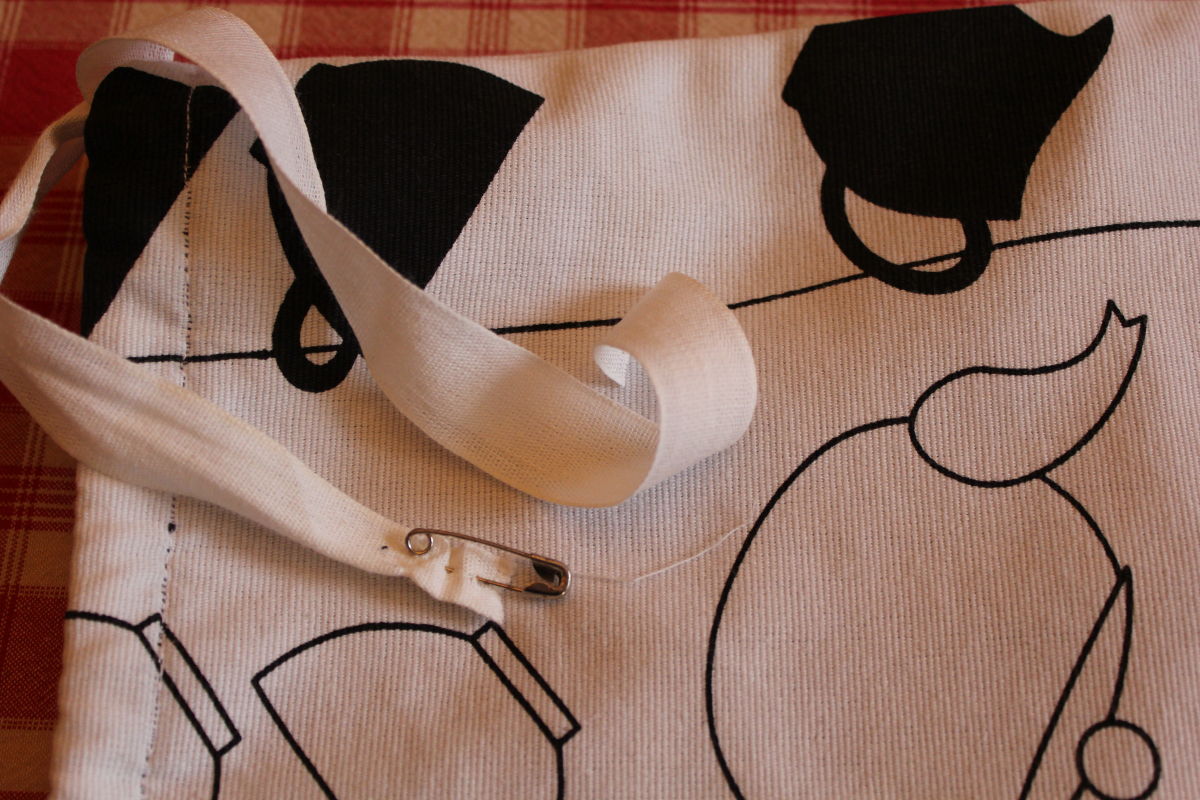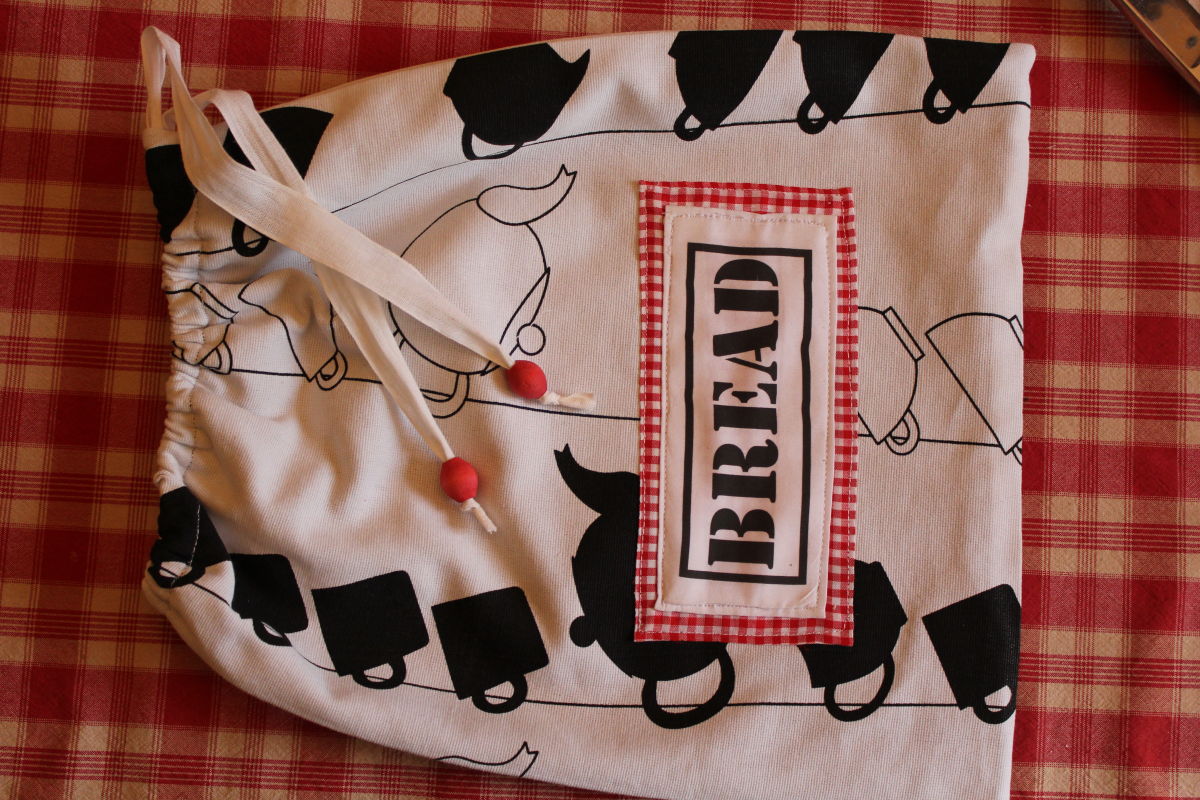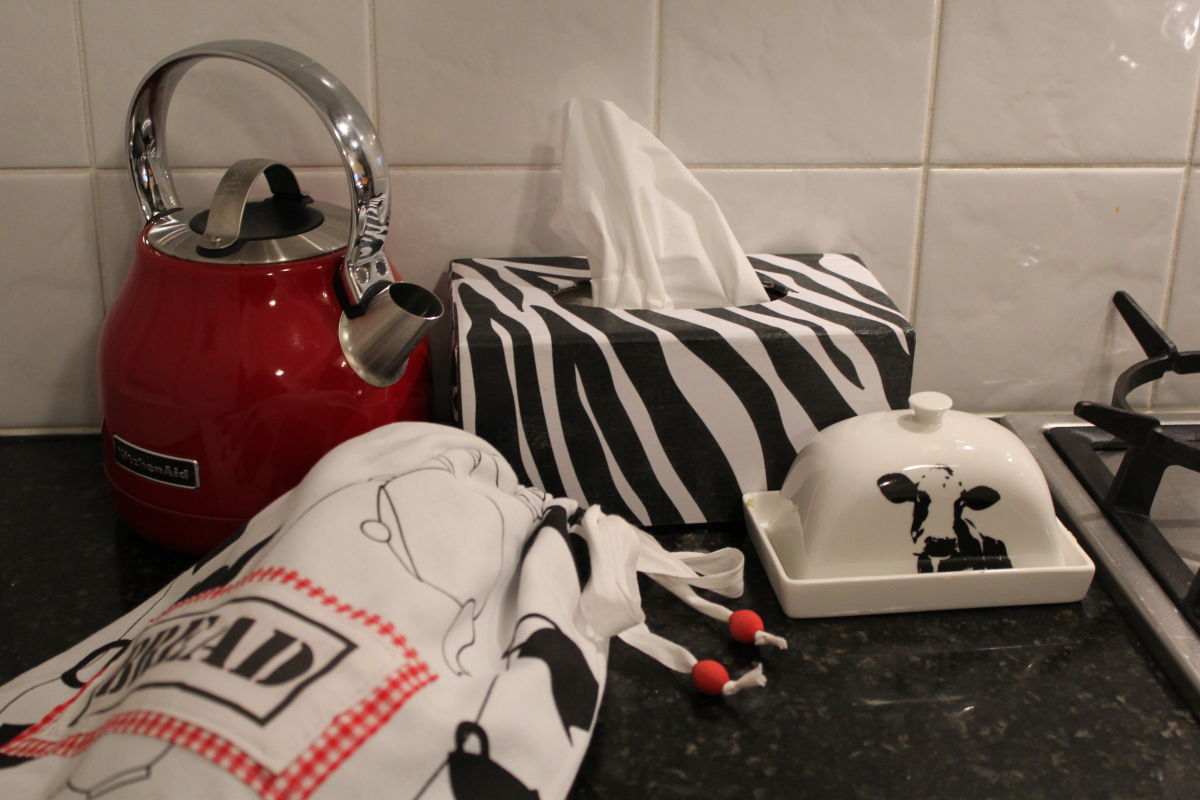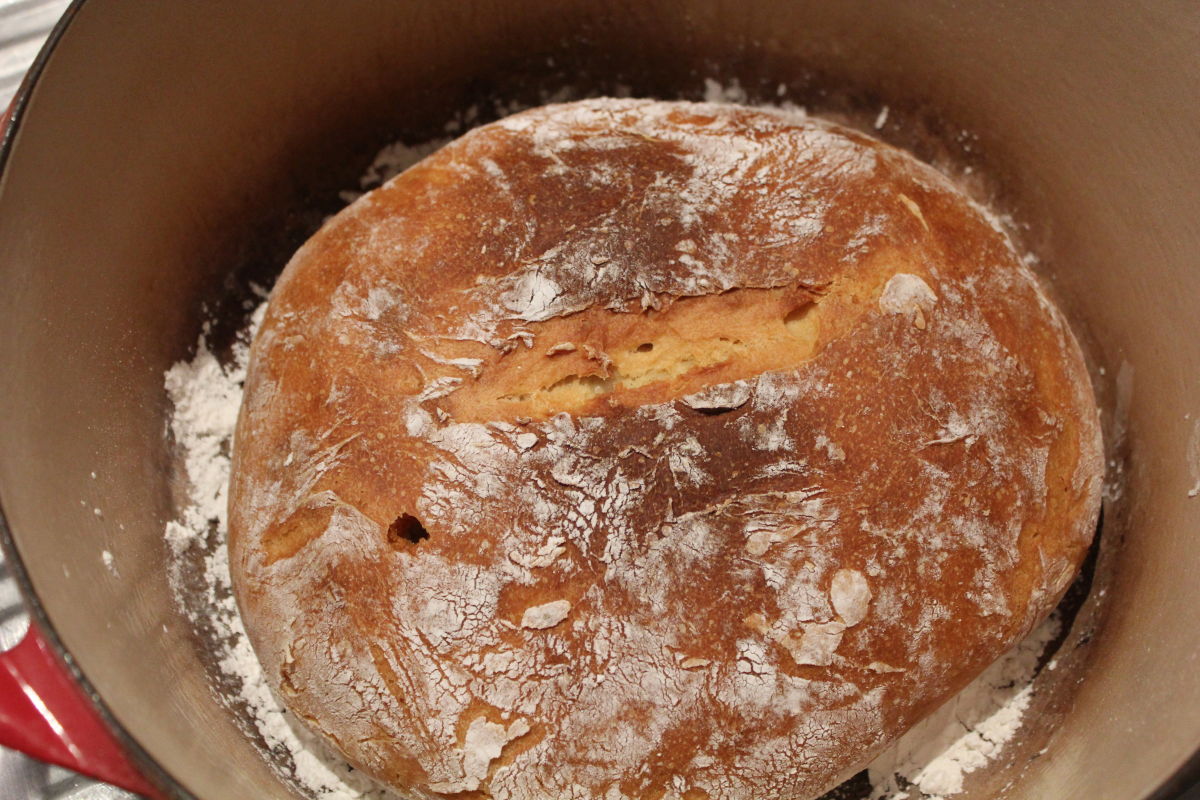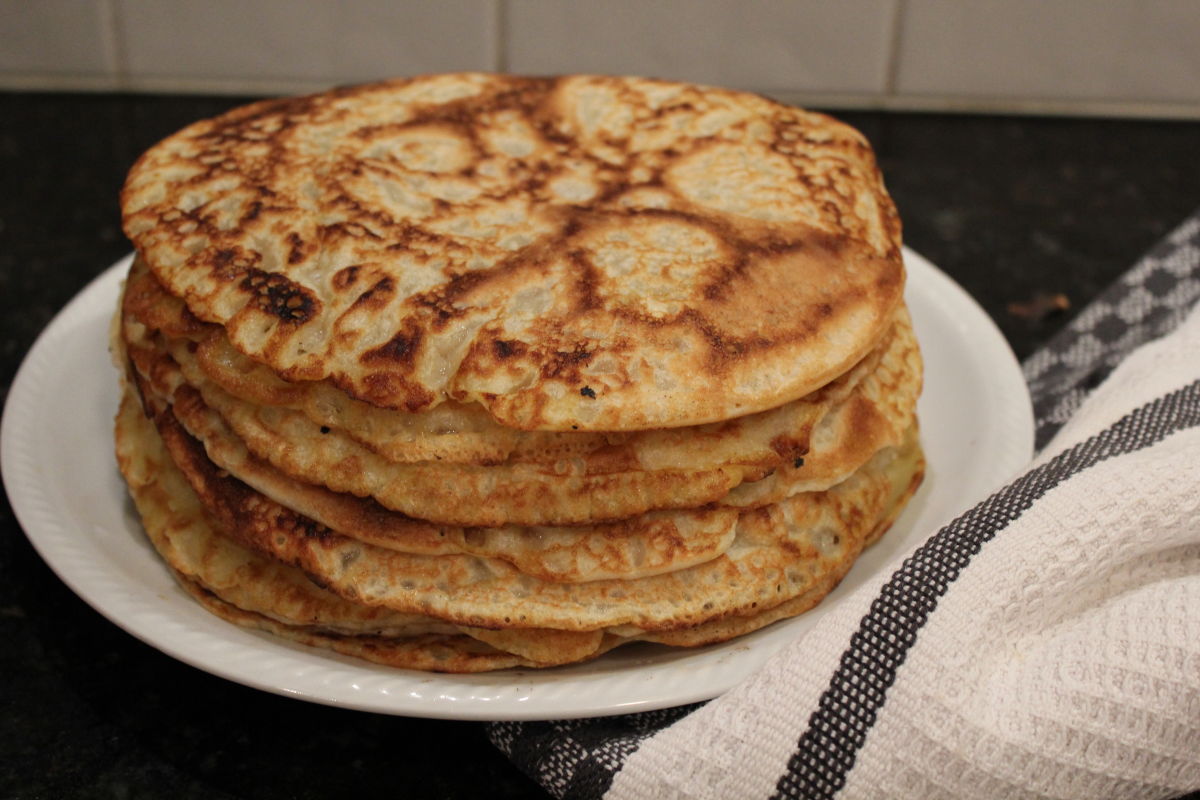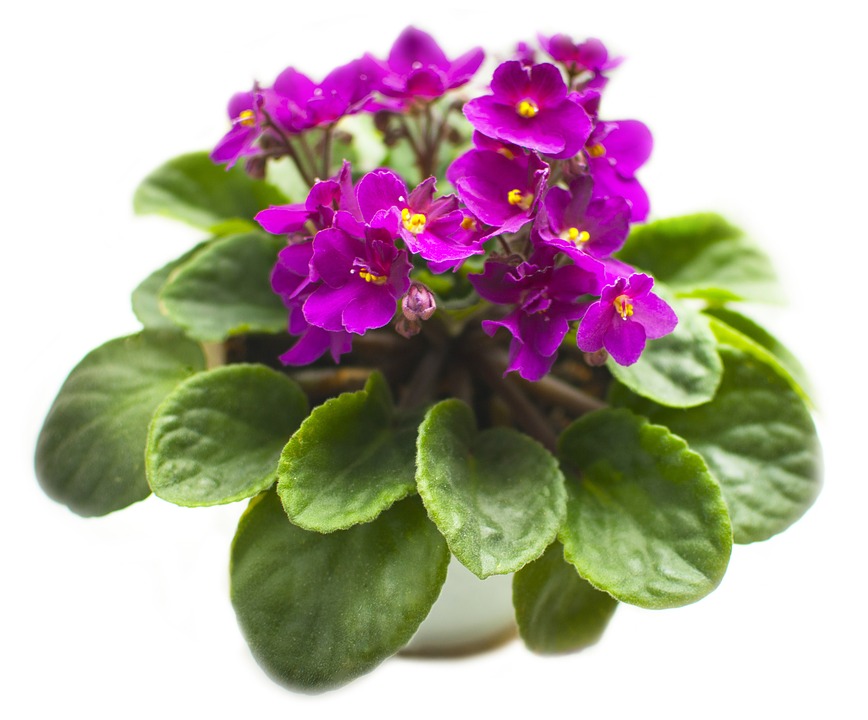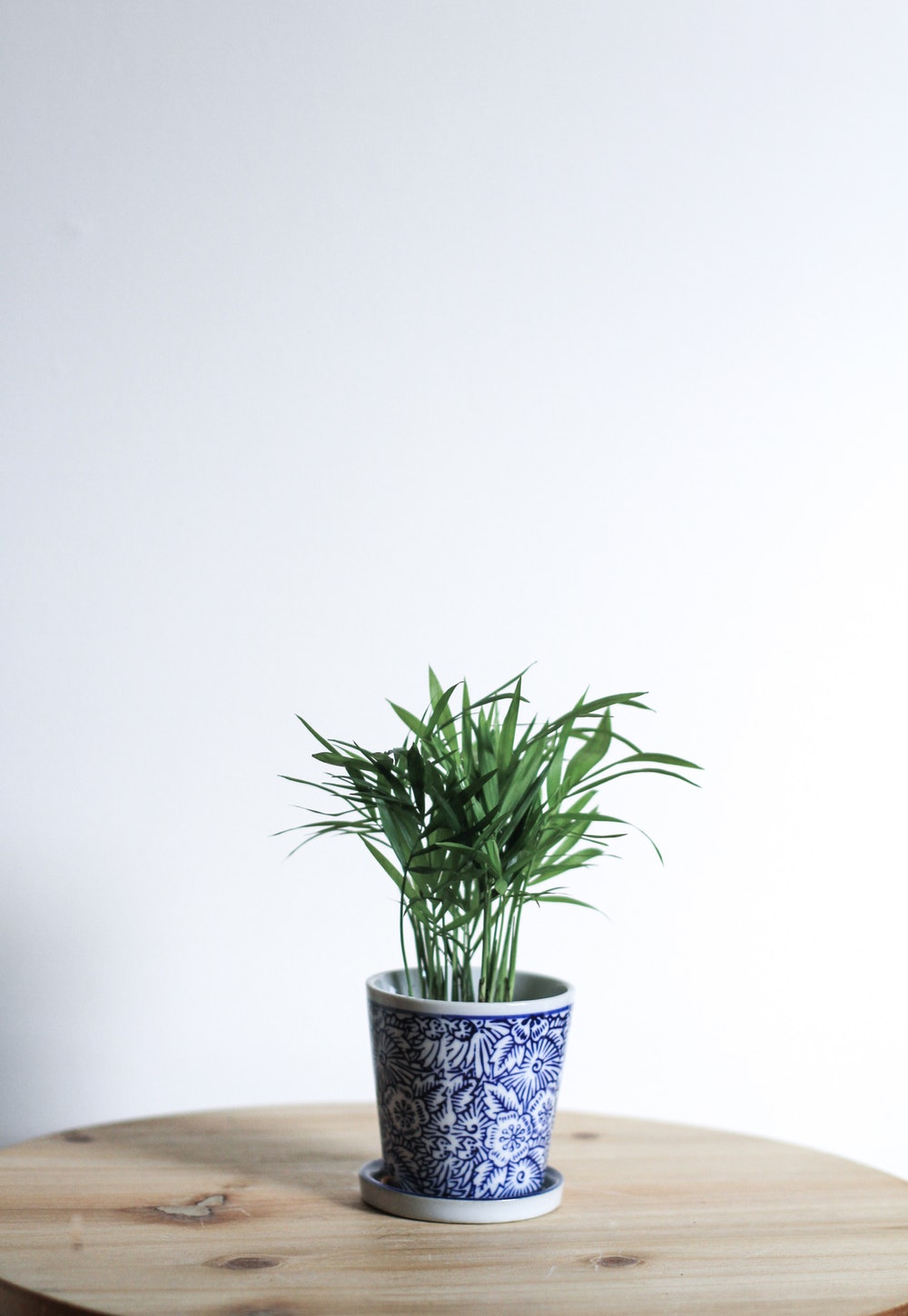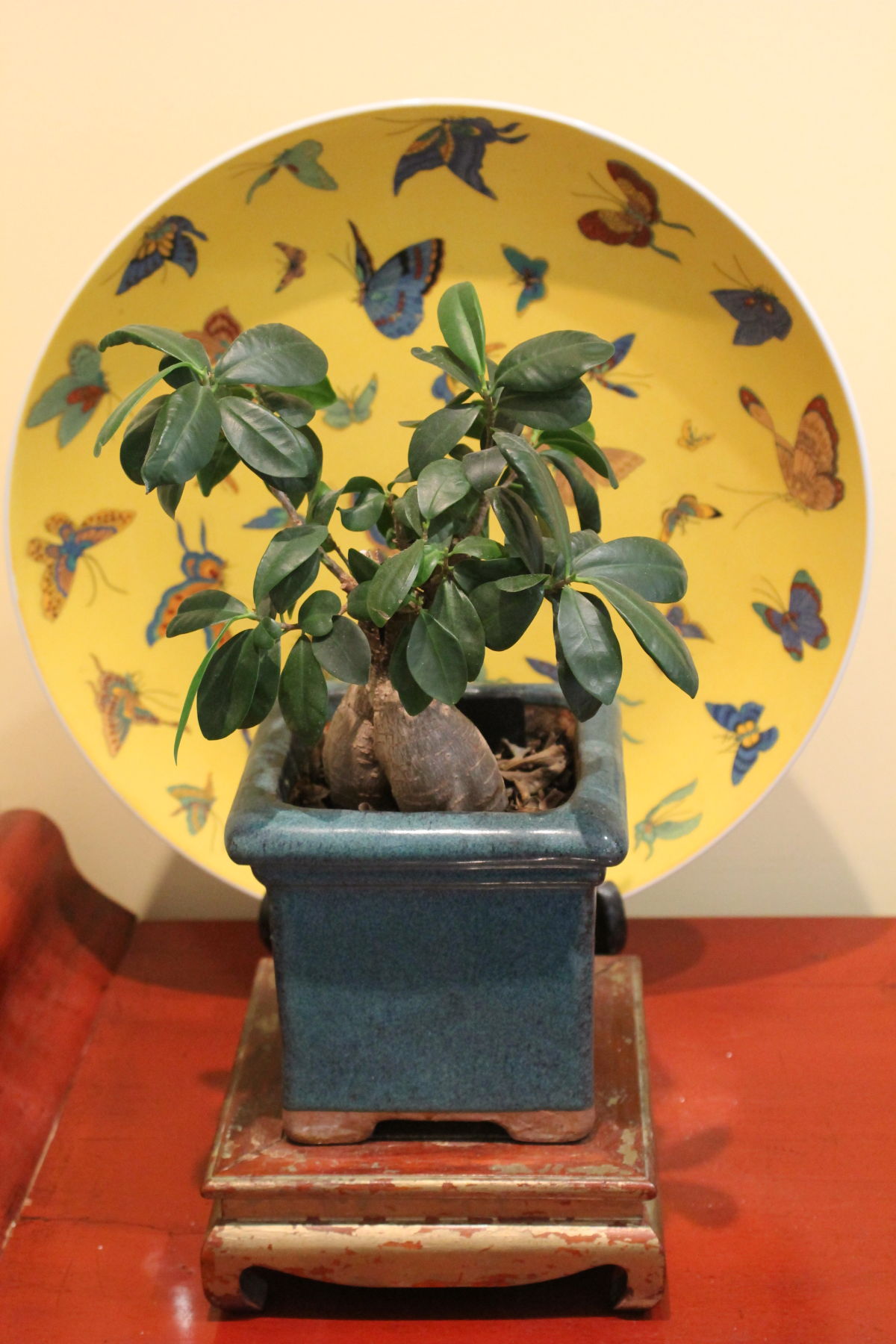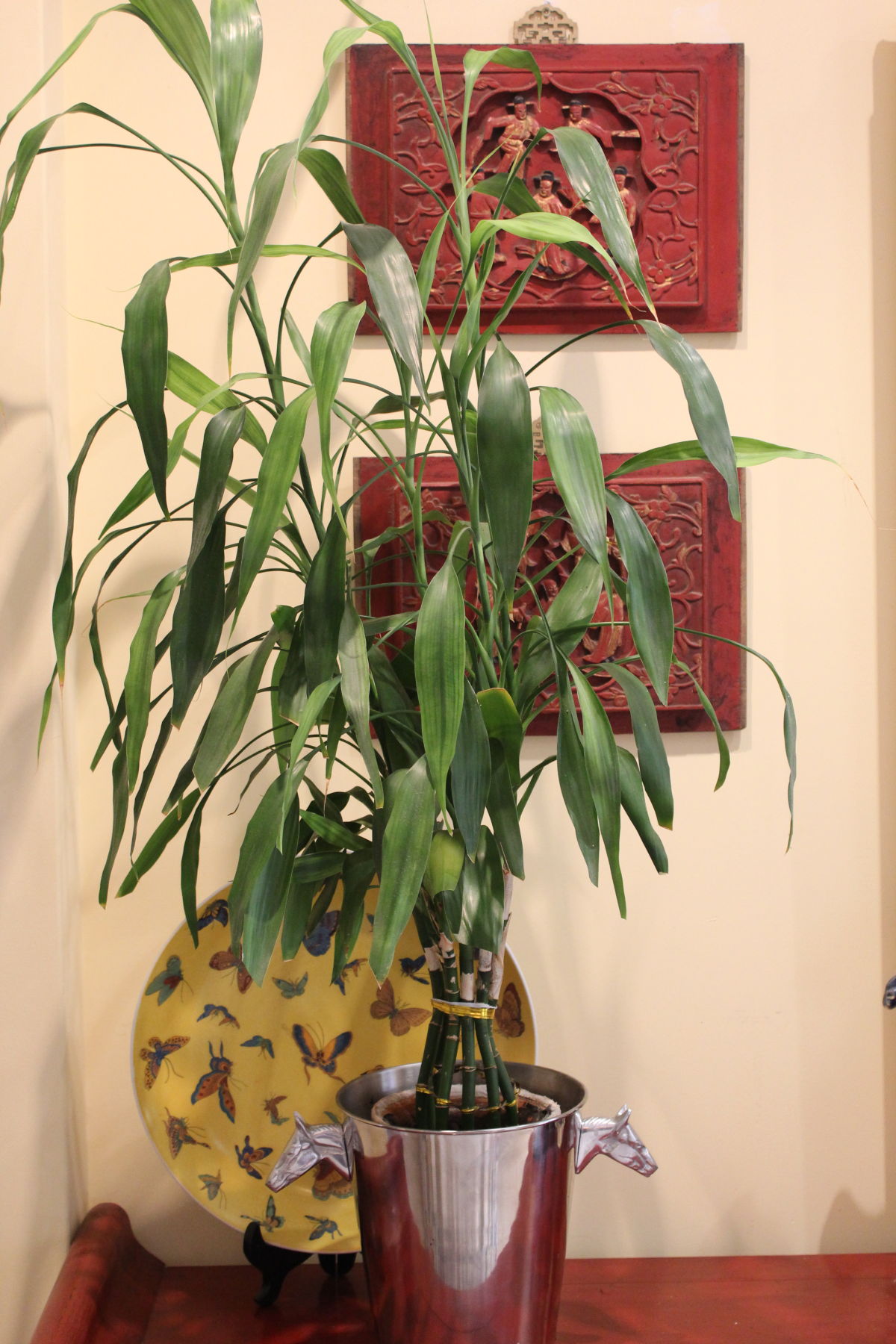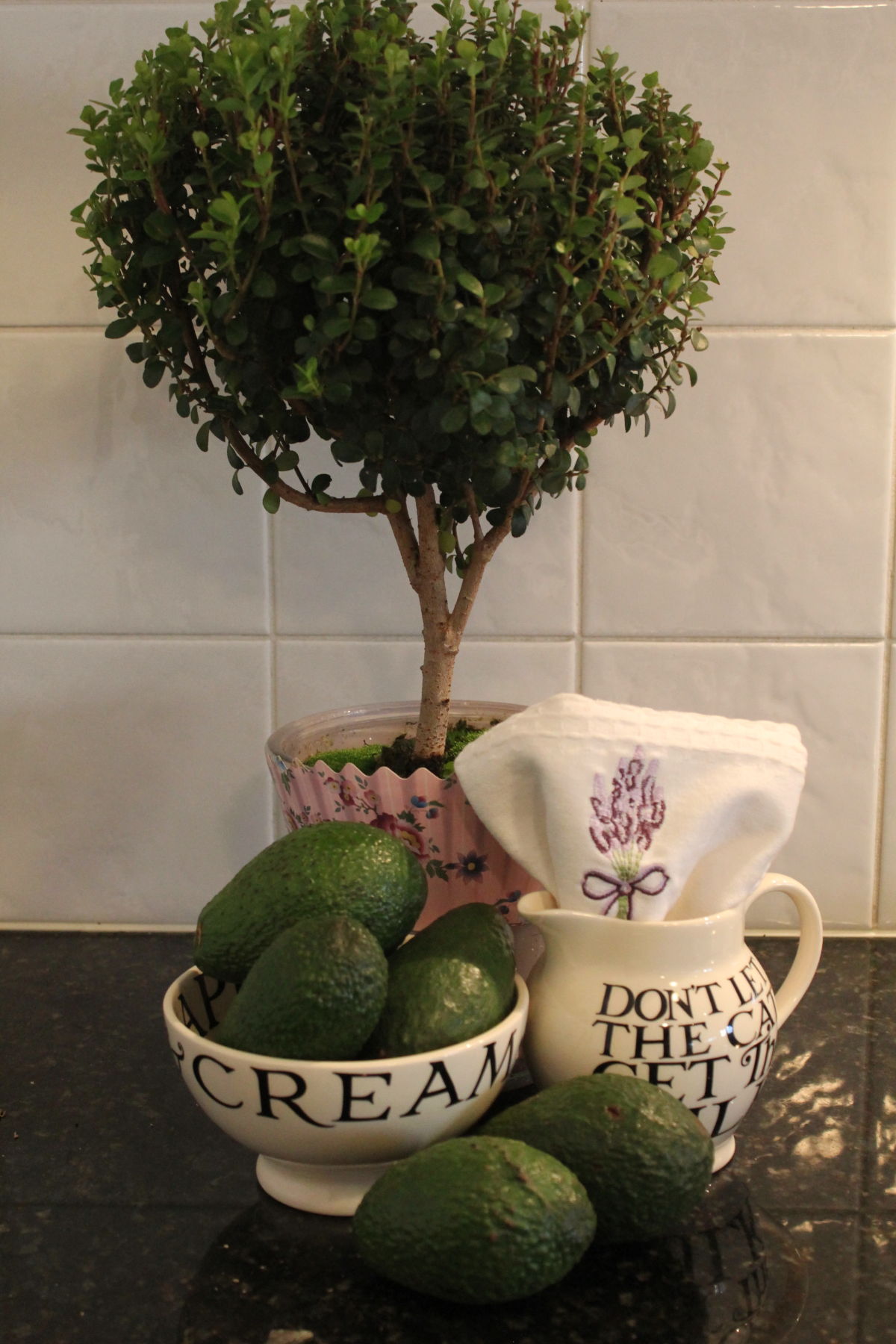HAPPY NEW YEAR ! I hope you all enjoy a happy and healthy New Year. I’m not big on new year resolutions as I soon forget them but I still aim to use less plastic ( a plan I worked on last year), establish some sort of routine so I get more done and tick off more travel plans. I admire those people who plan to cut out sugar, exercise more and meal plan, and wish them well, but I know from experience that’s not for me!
Exercise is obviously a popular resolution as my inbox is bulging with ads for athletic clothing, sports gear and offers from gyms. Since 2013 I’ve worn a Fitbit and do 12 000+ steps everyday and consider that my core exercise. I don’t need any lycra, but do need good shoes when I’m specifically walking, not just doing day to days things


READING
The days after Christmas, before the busyness of the New Year are such a great time to sit and relax and read. I’ve always admired Ines De La Fressange’s style of dressing and decorating and was very pleased when I was given “Maison Parisian Chic at Home”. These are real, lived in apartments, with typical Parisian parquetry flooring, and the marble fireplaces you’d expect, the high ceilings and the large windows with glimpses of wrought iron balconies outside, then inside, individual and slightly bohemian decors. These are not the stark, minimalist apartments of decorator magazines, these are charming and individual homes.
Accompanied by water colour paintings by Marin Montagut of the elements which contribute to each decor this is both an inspirational book and an intimate glimpse into life in Paris. It is available from Book Depository and if you buy from the side bar, I get a tiny commission!


“Unimagined ” by Imran Ahmad, my January book club book, is a memoir of his early life in Britain. His Muslim Pakistani family moved to Britain in the 60’s, seeking a better life. His parents prosper through determination and hard work and Ahmad relates his primary, secondary and tertiary educational experiences. His goal is to belong, to become the quintessential Englishman. He relates this journey well. This is a thought provoking and easily read book, but it was his philosophical dilemma between Islamic and Christian beliefs which I found really interesting.
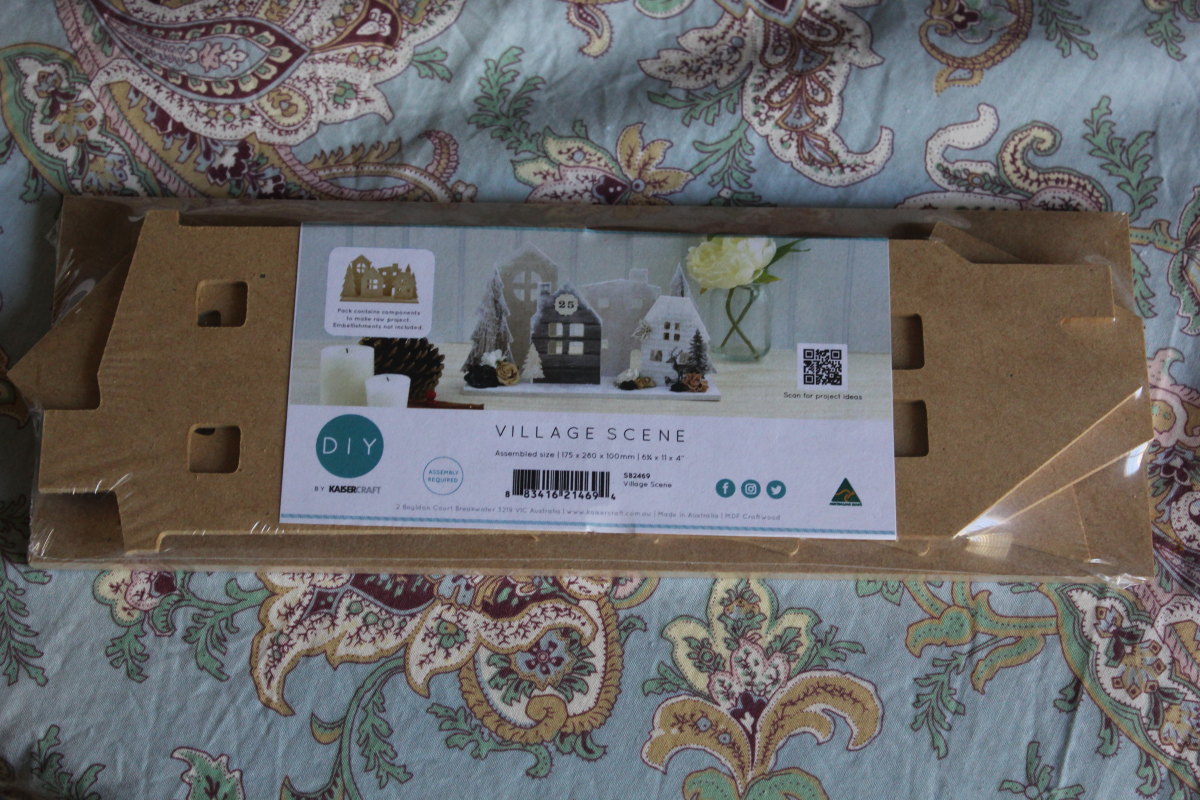

MAKING
I bought this little wooden Village Scene set to make before Christmas but ran out of time, so opened it a few days later, painted the pieces and then put it together the next day when the both sides were dry. I used three paint colours; caramel snap, string and white cotton to create some contrast. The kit shows a snowy winter scene but it was 35 degrees celsius here today, so I’ve used pale, bleached paint colours.
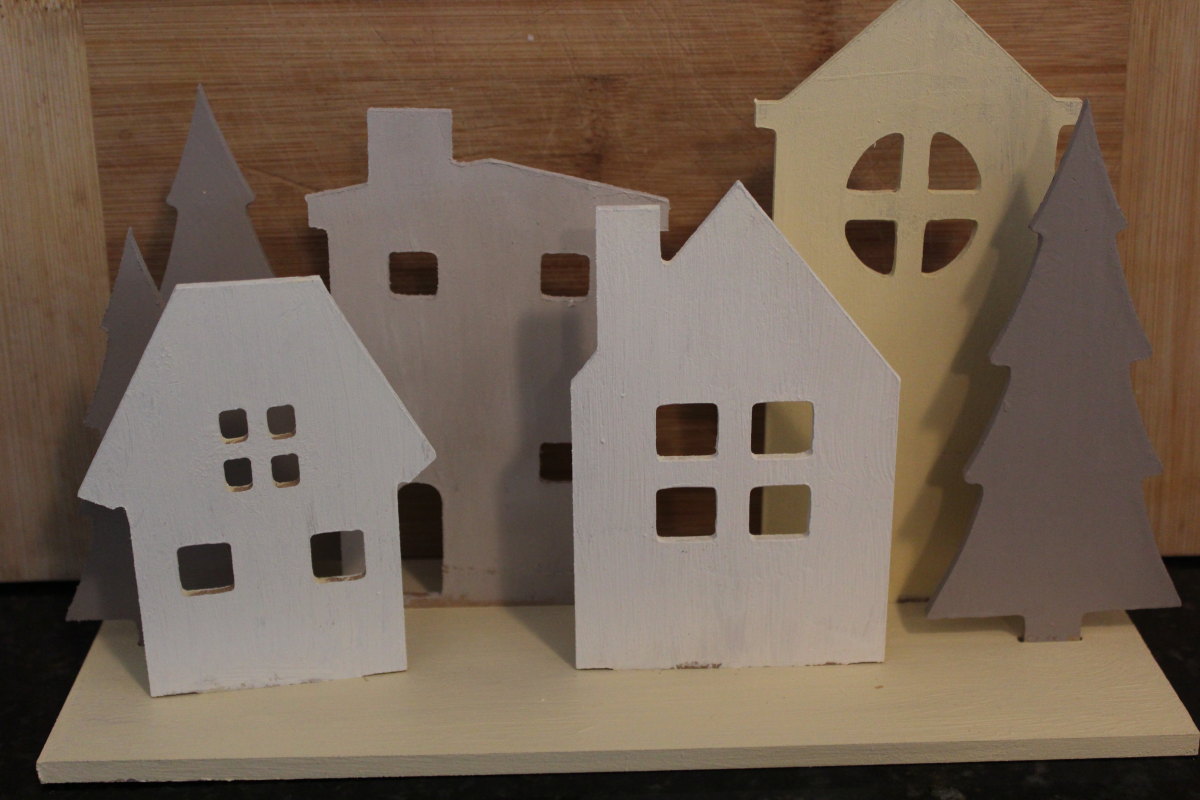

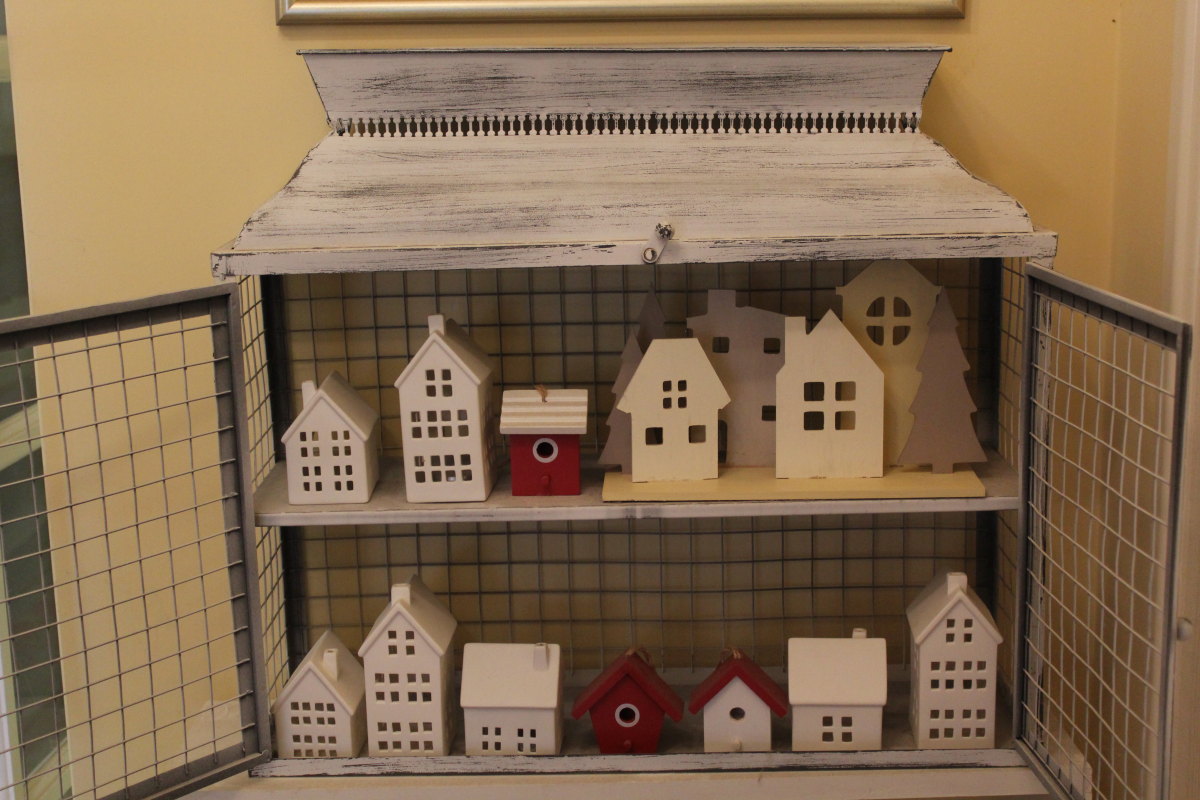

My collection of little houses is made of tin, wood and ceramics. The white ceramic houses can hold tealight candles.
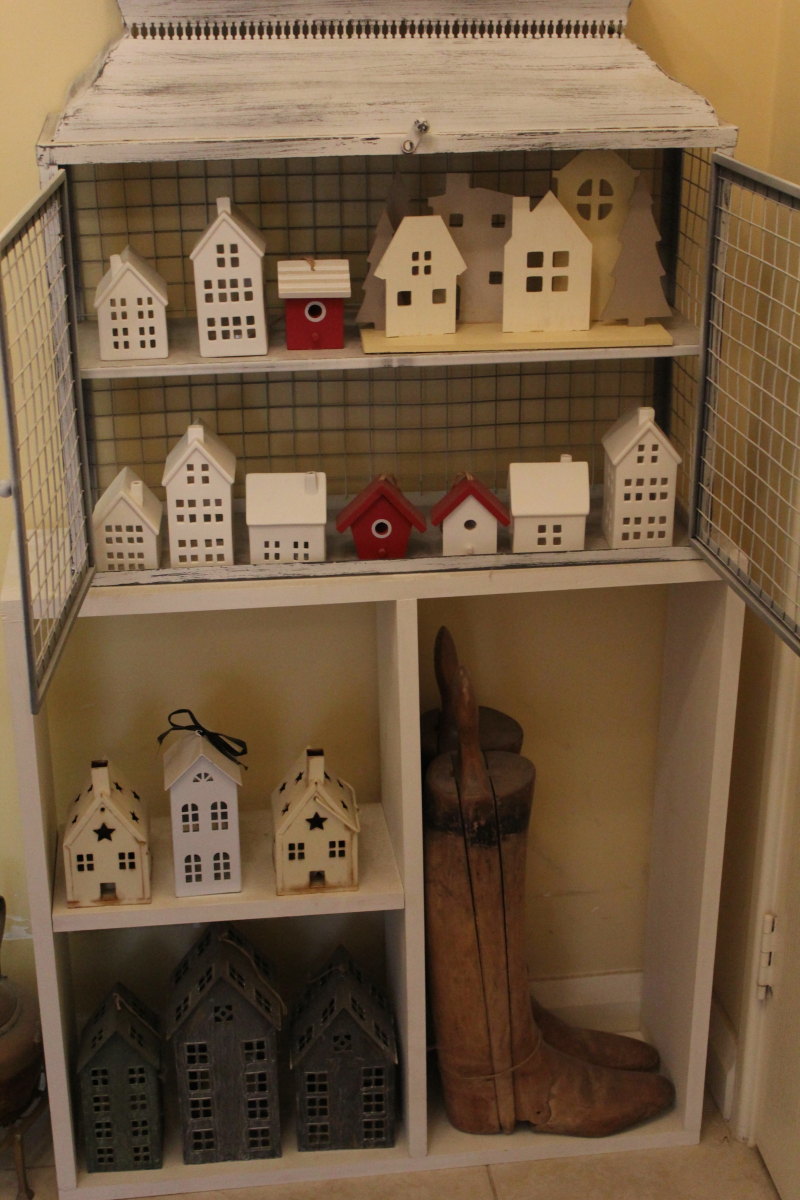

I think my housing estate is full, now!
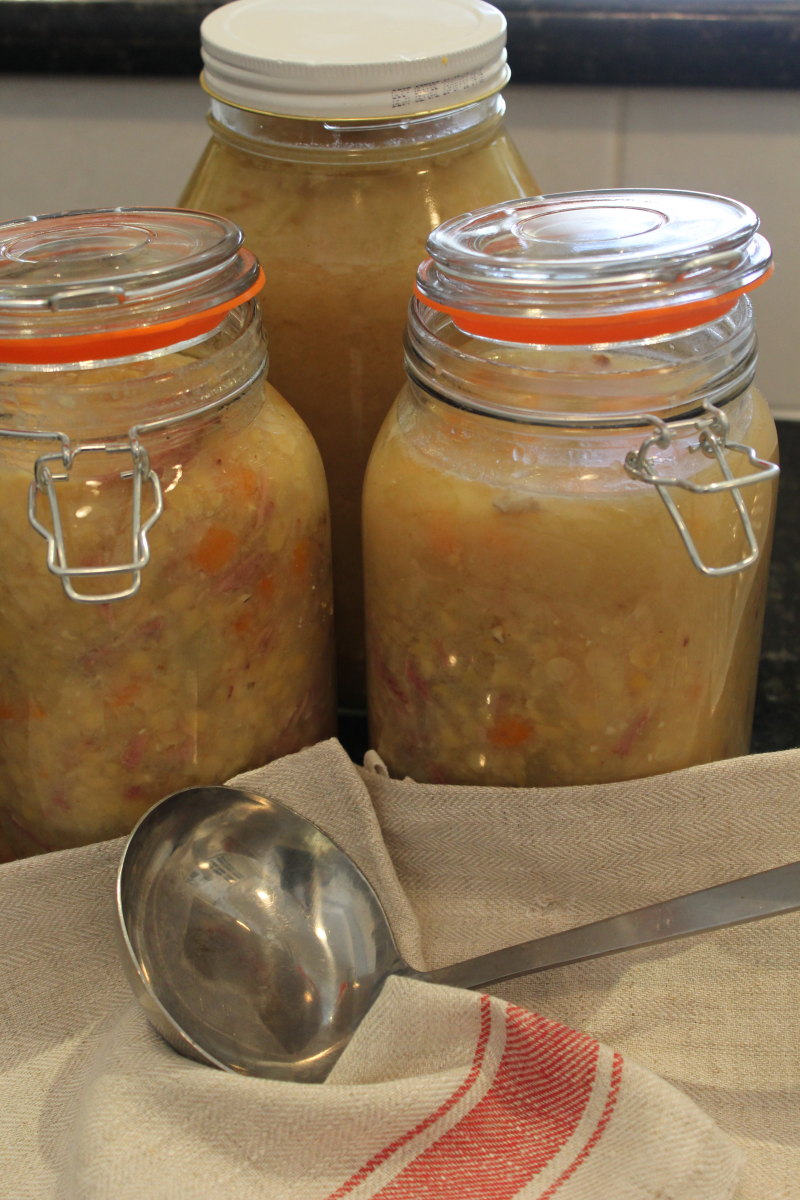

COOKING
Two ham bones, two large pots and diced onion, carrot, celery and split yellow peas results in three big jars of soup. My mother gave me the clip top jars and they are so useful. It’s too hot here for hearty bowls of thick, luscious Pea and Ham soup so after they cooled, I put the jars in the freezer until it is cooler. Also made a large jar of very meaty chicken stock and froze that, too, for cooler weather eating.
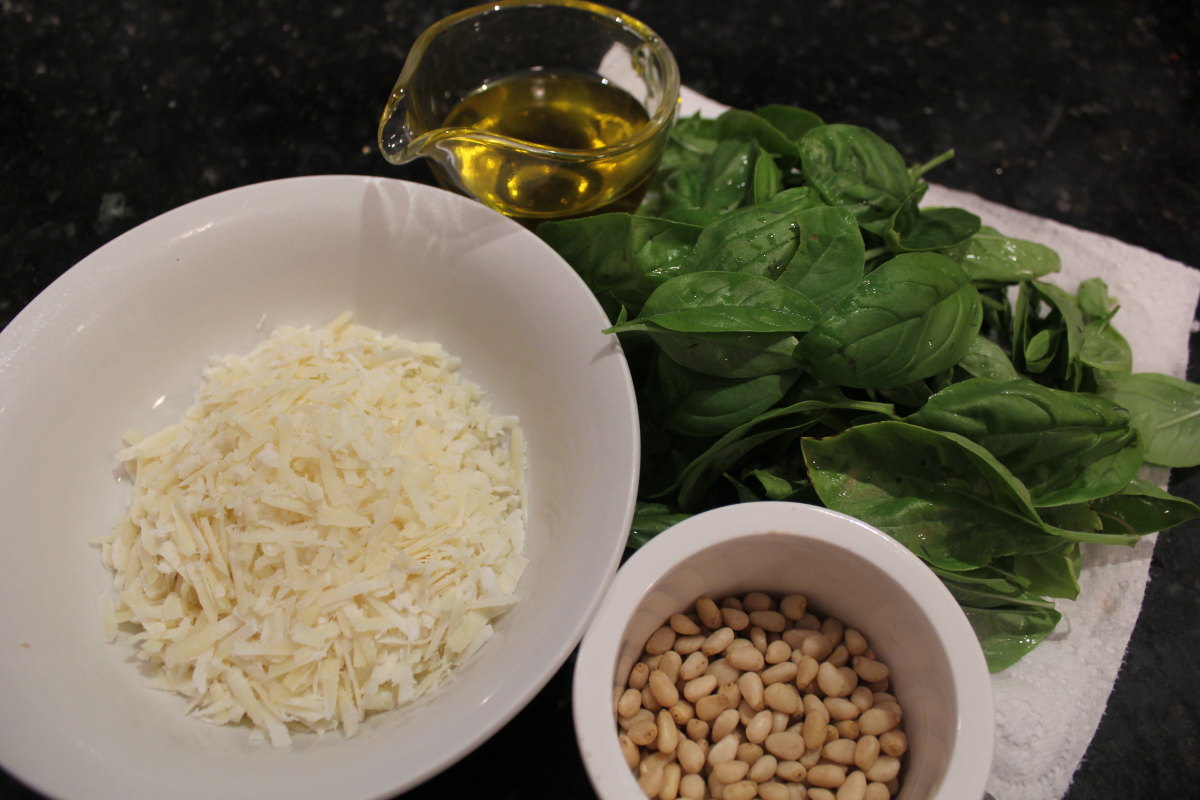

GROWING
Masses of basil in the garden and it is starting to go to seed, so I’ve picked some to make pesto. This keeps in the fridge for about a month but we’ll eat it well before then!
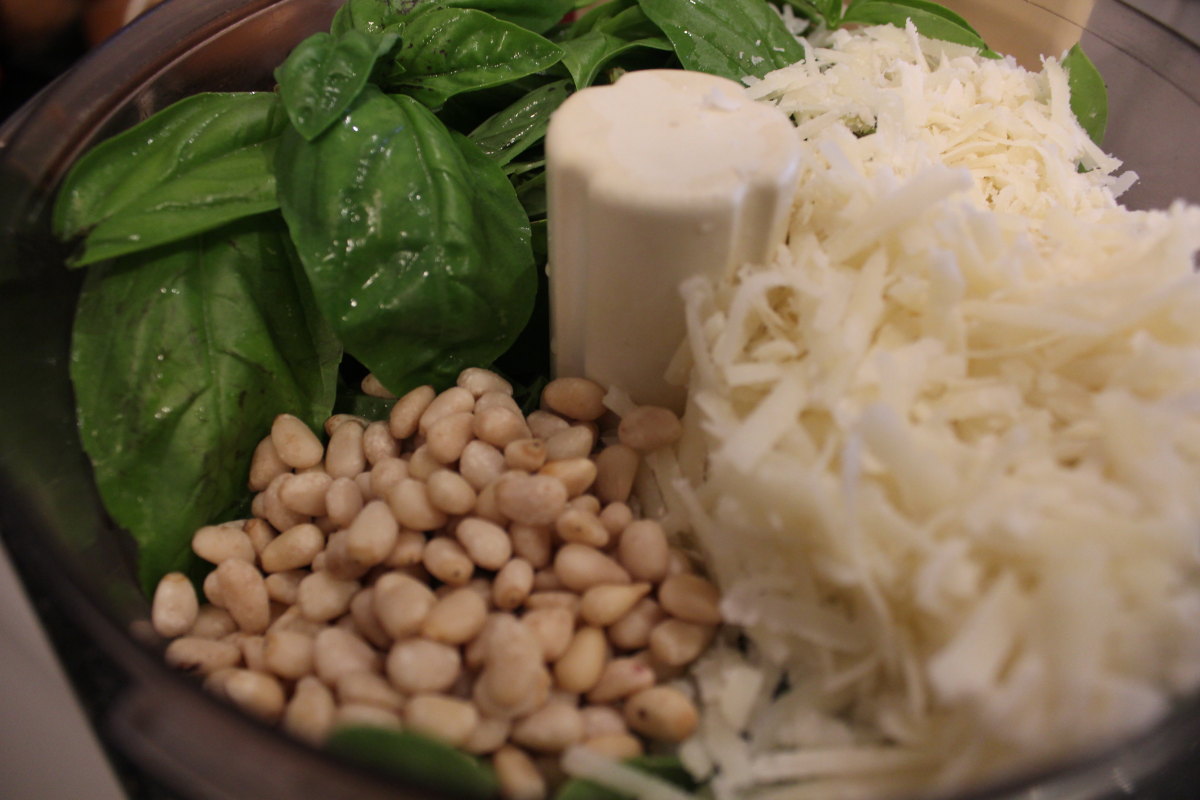

I picked and washed about two cups of basil leaves, patted them dry then grated three quarters of a cup of sheep’s pecorino cheese. Most recipes recommend parmesan, but we really like the sharp taste of pecorino. I added about four dessert spoons of extra virgin olive oil, quarter of a cup of toasted pine nuts and two cloves of garlic, then processed it until it was well mixed and finely chopped.
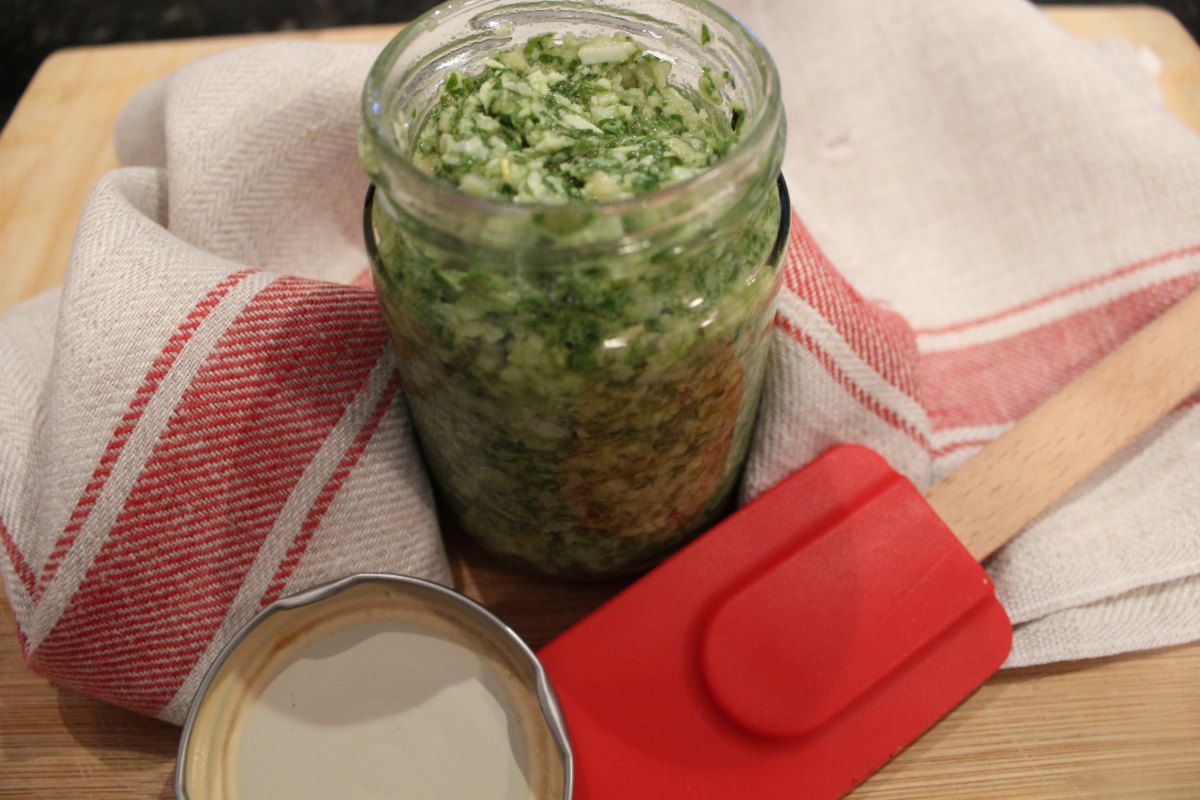

Tastes wonderful! Commonly mixed with pasta but our favourite is Jamie’s chicken breast covered in pesto and wrapped in a strip of pastry and then roasted. Great hot or cold.
The 4th of January is World Braille Day highlighting the importance of producing materials in Braille for blind people. In Braille, letters and numbers are represented in a series of six dots paired up in 3 rows.
Incredibly, Braille books must stay in the country where they are published due to restrictive international copyright laws. The Marrakesh Treaty, intended to make distribution easier, if it becomes law, will change this situation

